Explore floral illustration techniques with acrylics, mastering organic shapes, textures, and vibrant and expressive patterns.
Immerse yourself in the world of acrylic painting and discover how this versatile medium can transform your illustrations. Learn to capture the beauty of cityscapes with Maru Godas, who will guide you in using layers and textures to create unique atmospheres. Explore visual storytelling with Adolfo Serra, who will teach you how to create magical universes full of color and emotion. Floral illustration comes to life with Maya Hanisch, who will show you how to use acrylics to bring organic shapes and vibrant patterns to life.
Discover the poetry in the art of creating dreamlike landscapes with Florencia Fraschina, as you learn to communicate emotions through color and light. Ariel Olivetti will guide you on a journey where character design becomes a creative experience, using professional techniques to bring your illustrations to life. Each instructor brings their unique perspective, providing you with tools and techniques that will enrich your artistic journey. This specialization brings together these five experts to offer you a comprehensive experience in the art of acrylic illustration.
What will you learn in this specialization?
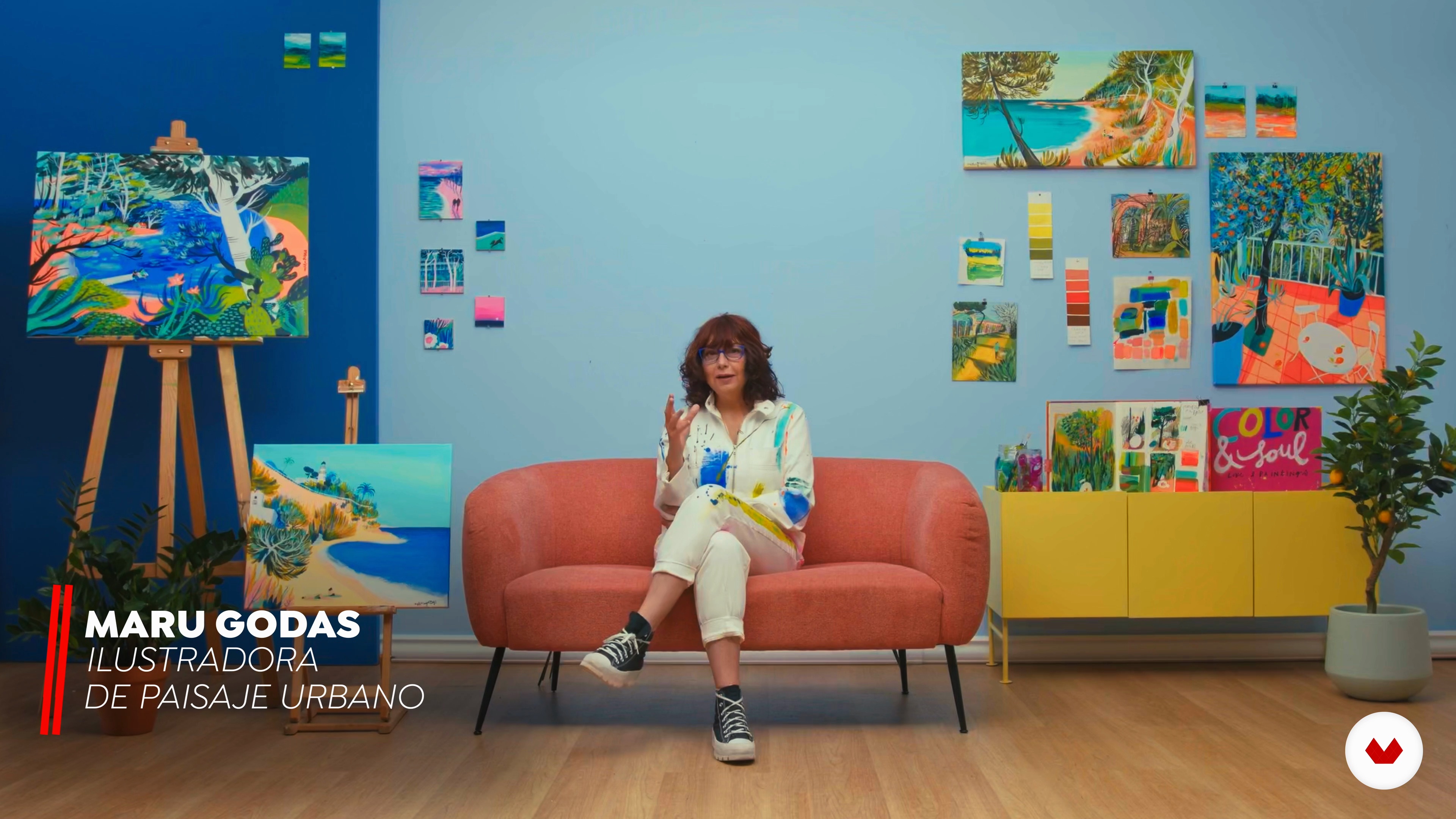

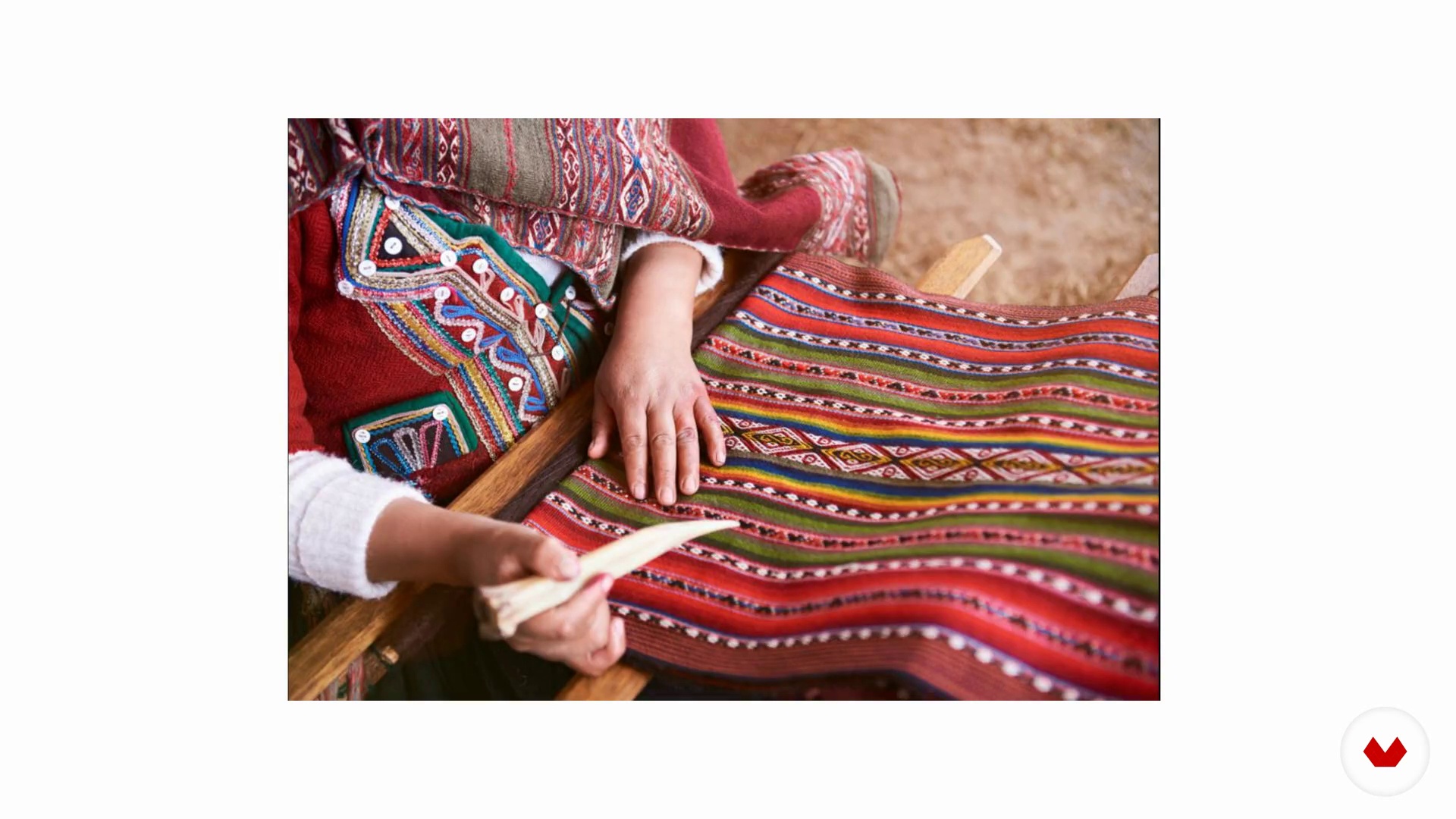
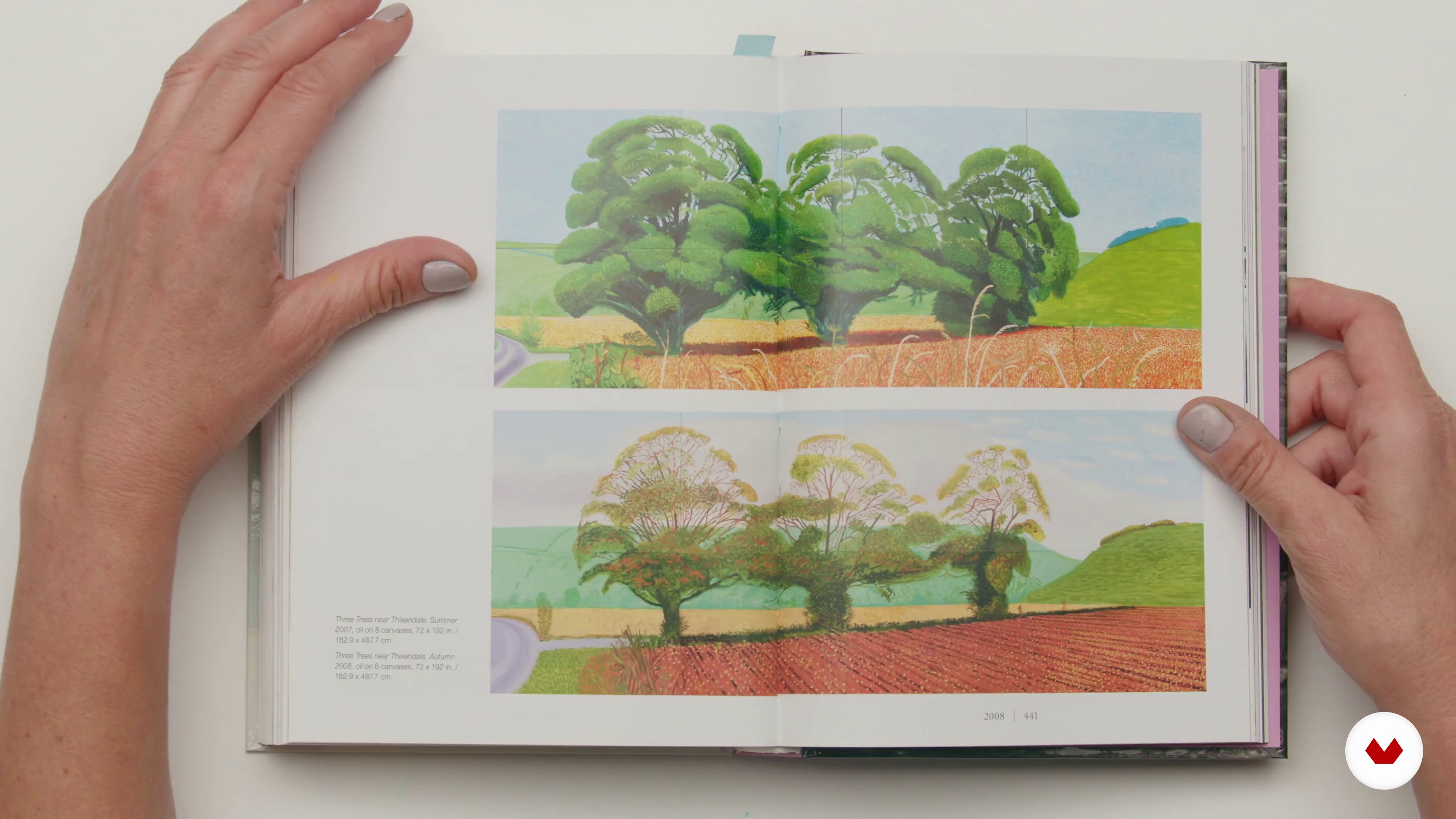
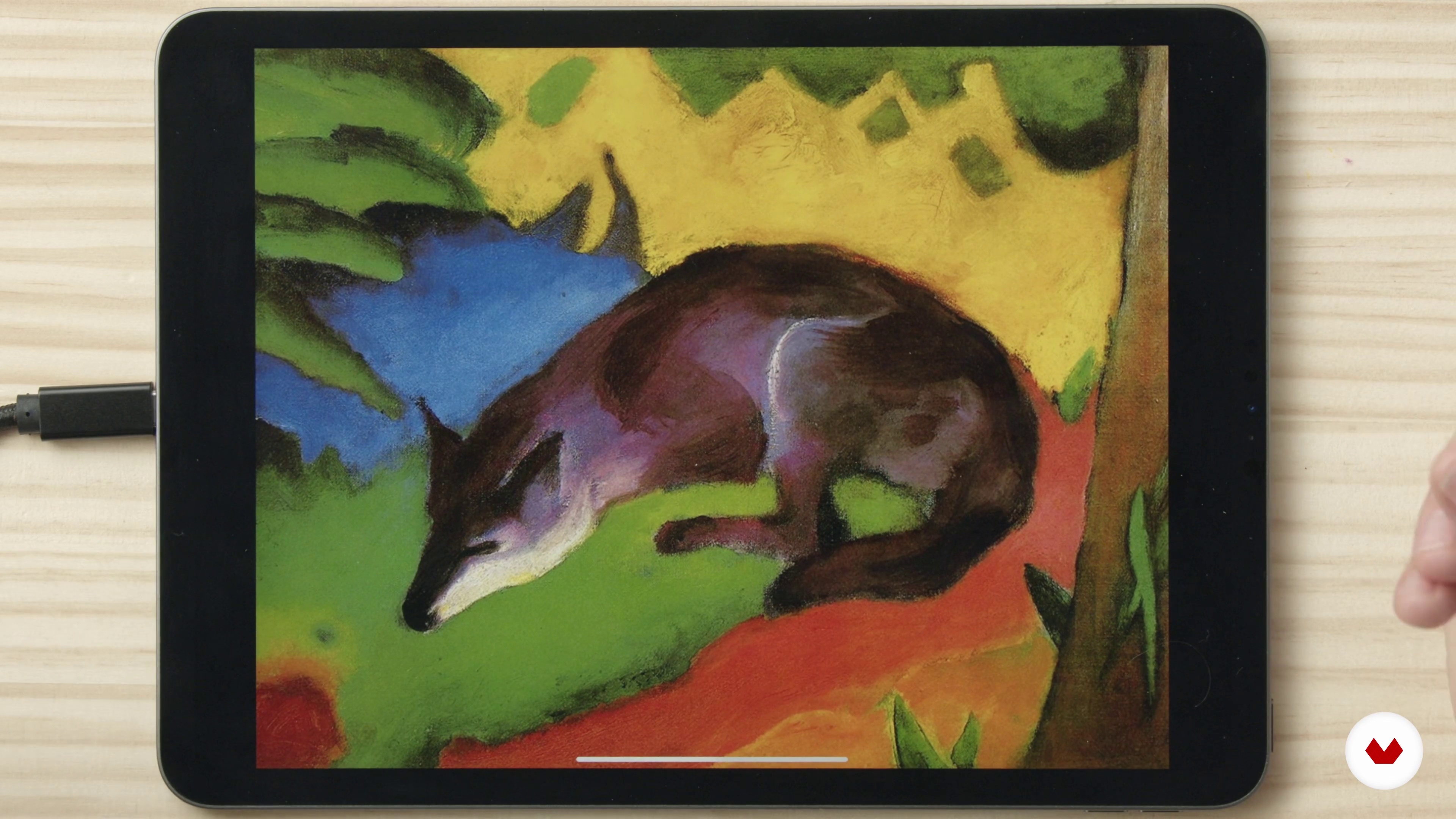
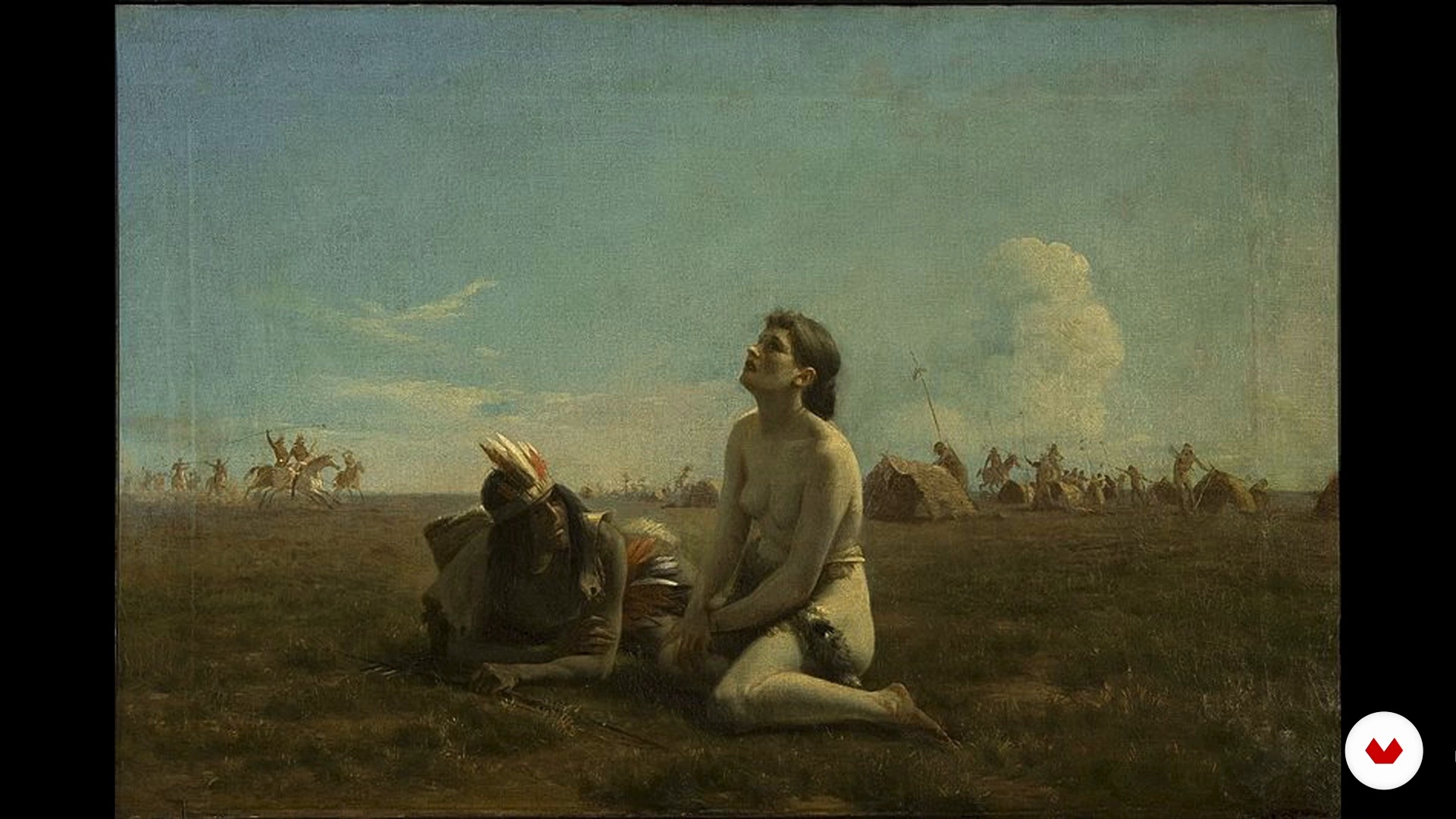
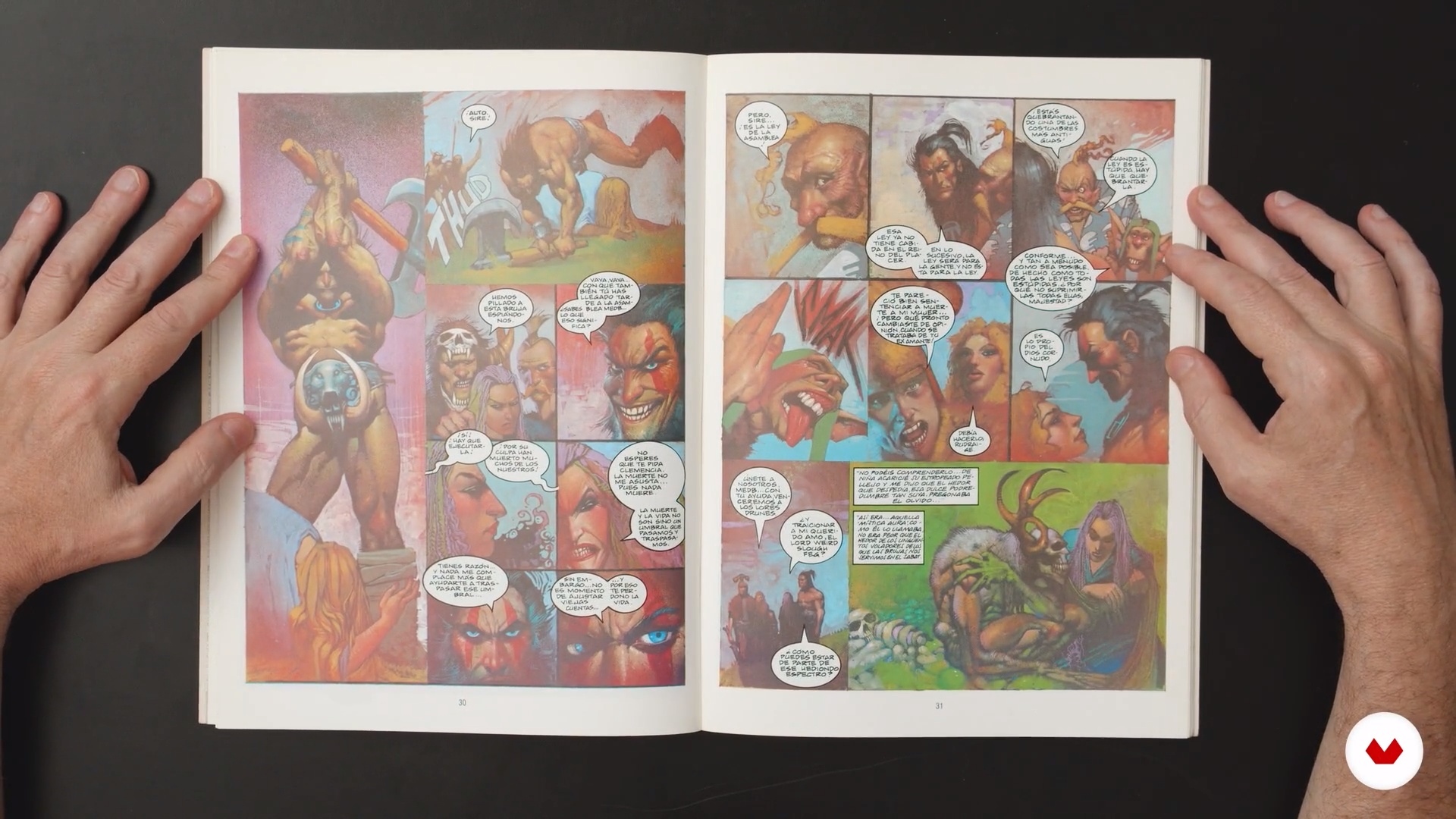
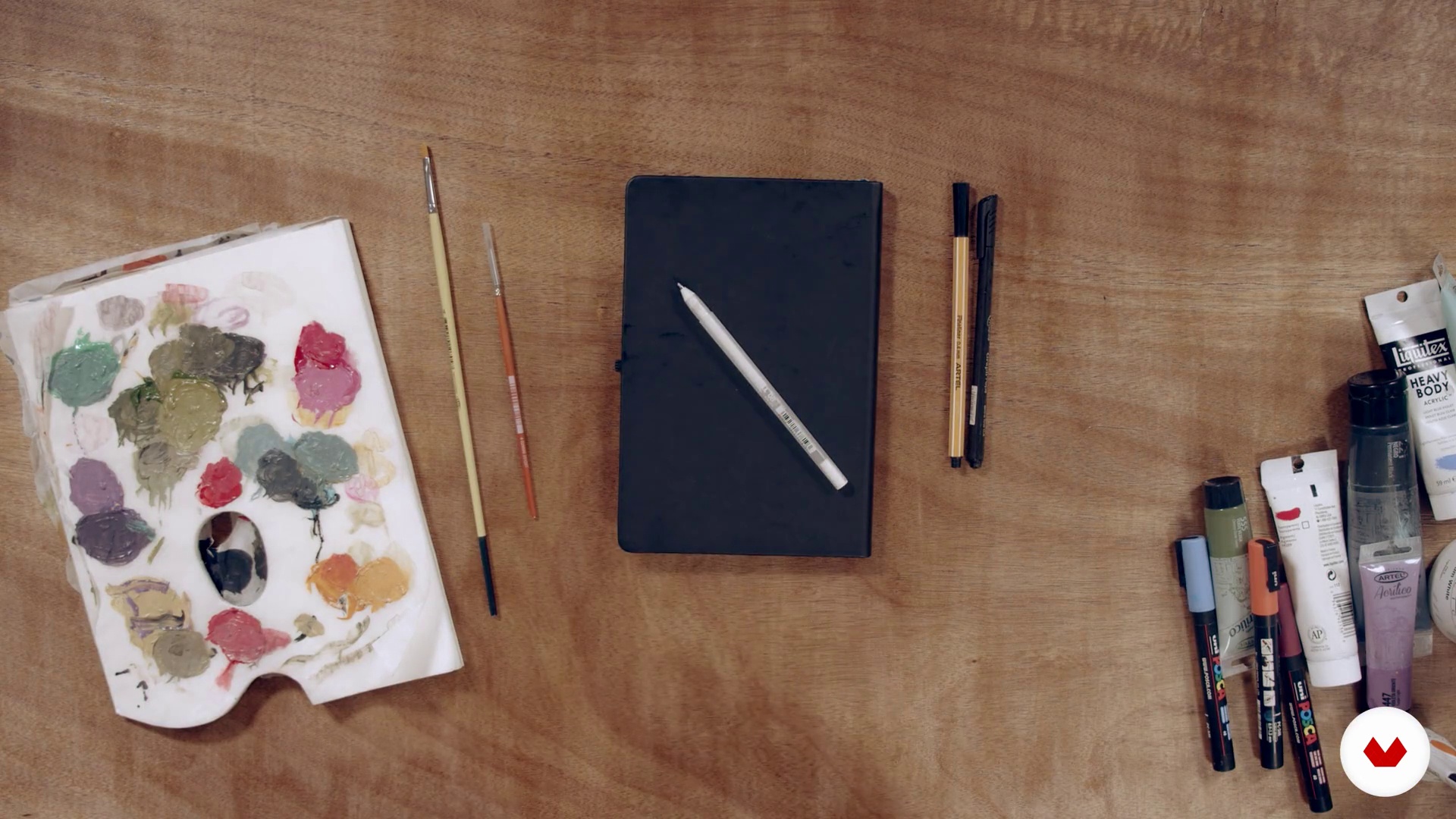

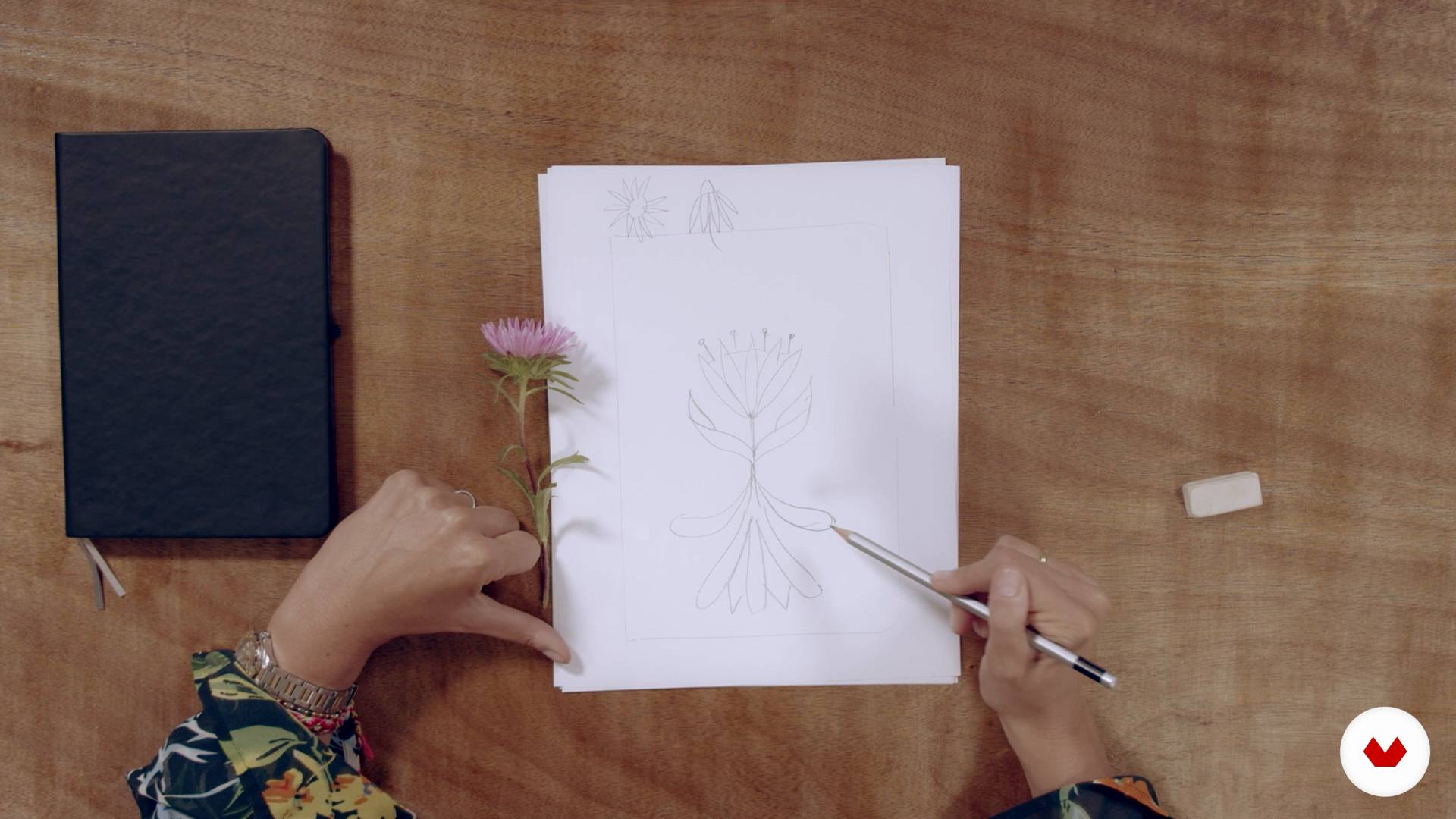
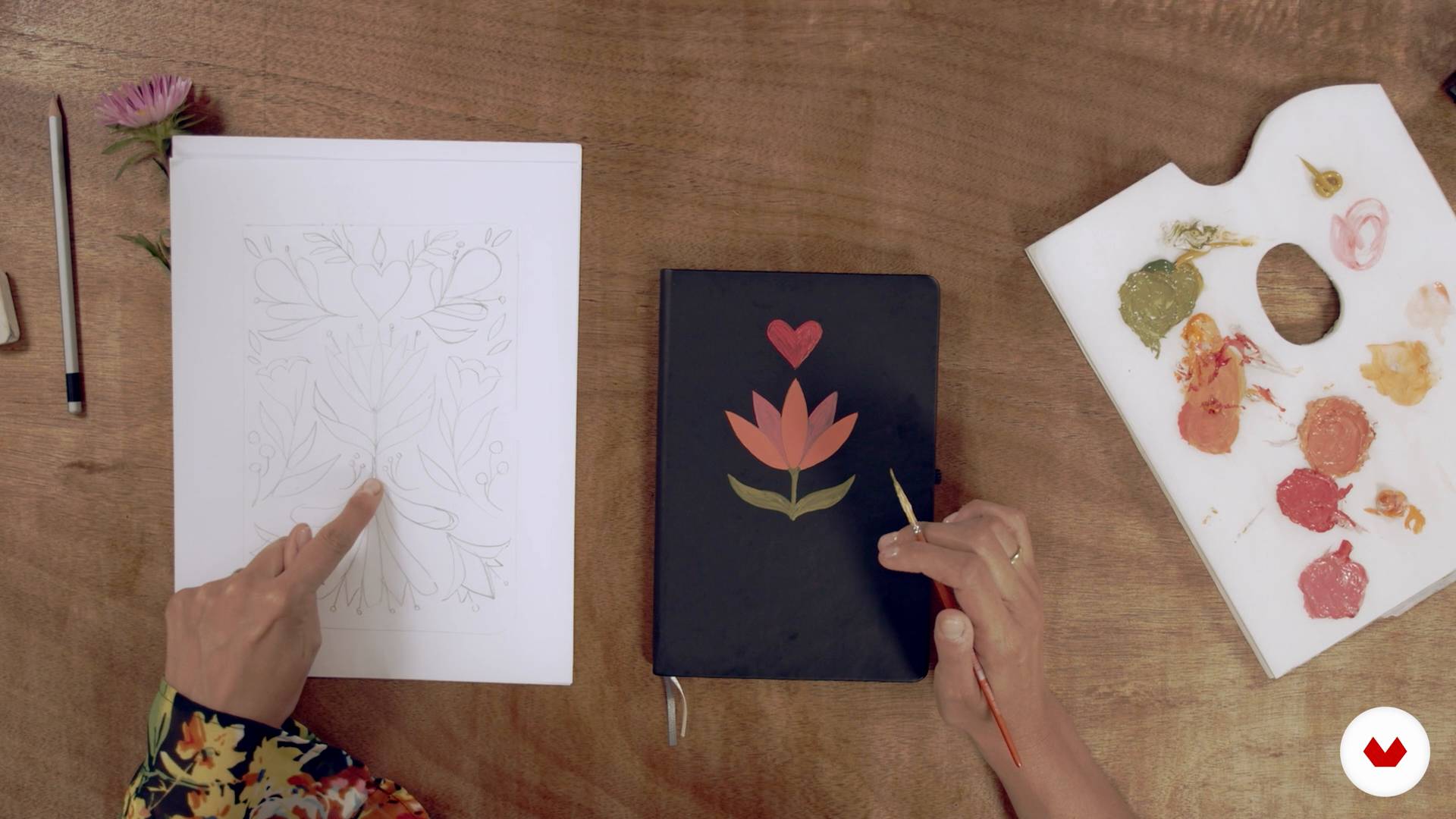
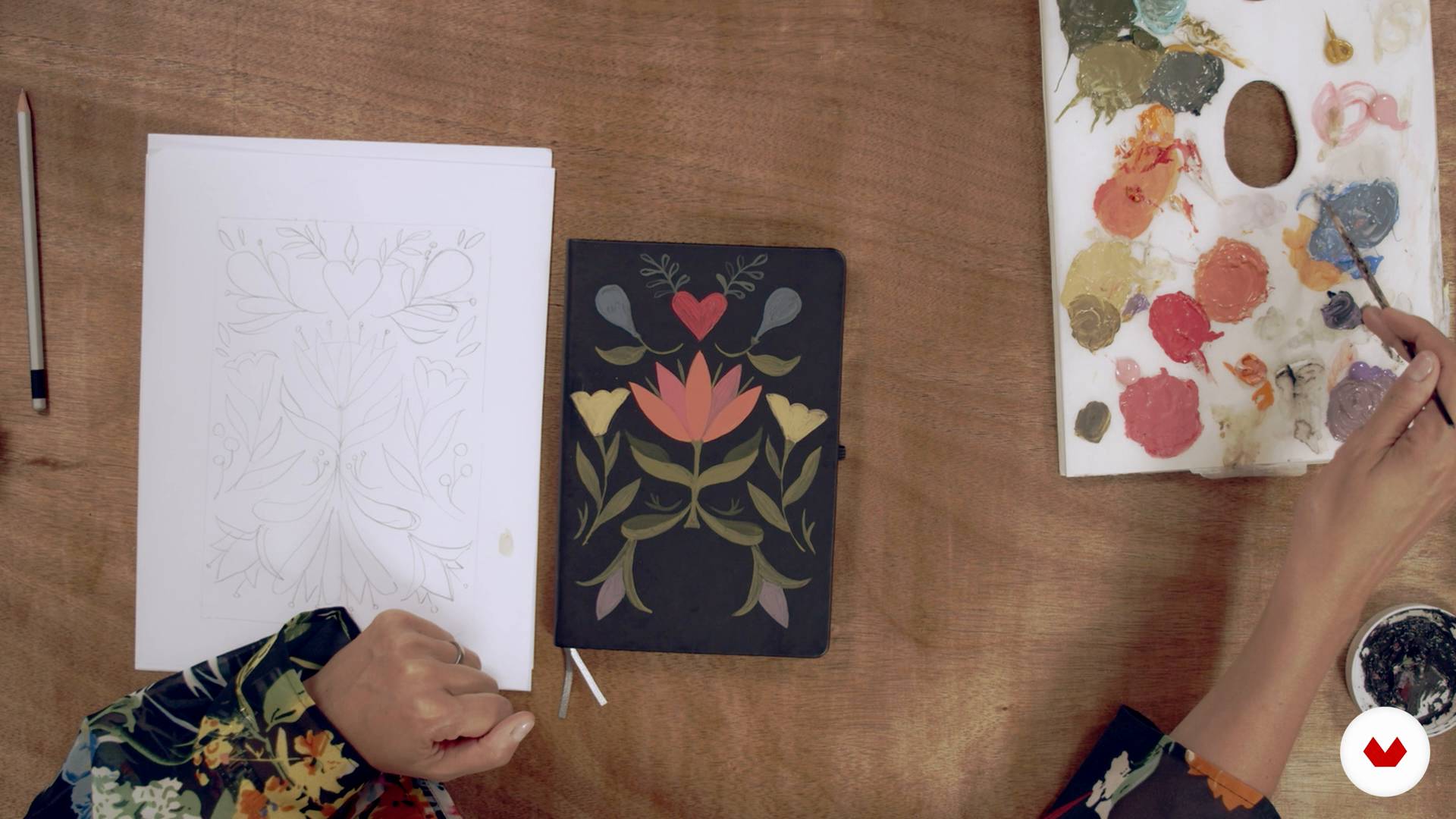
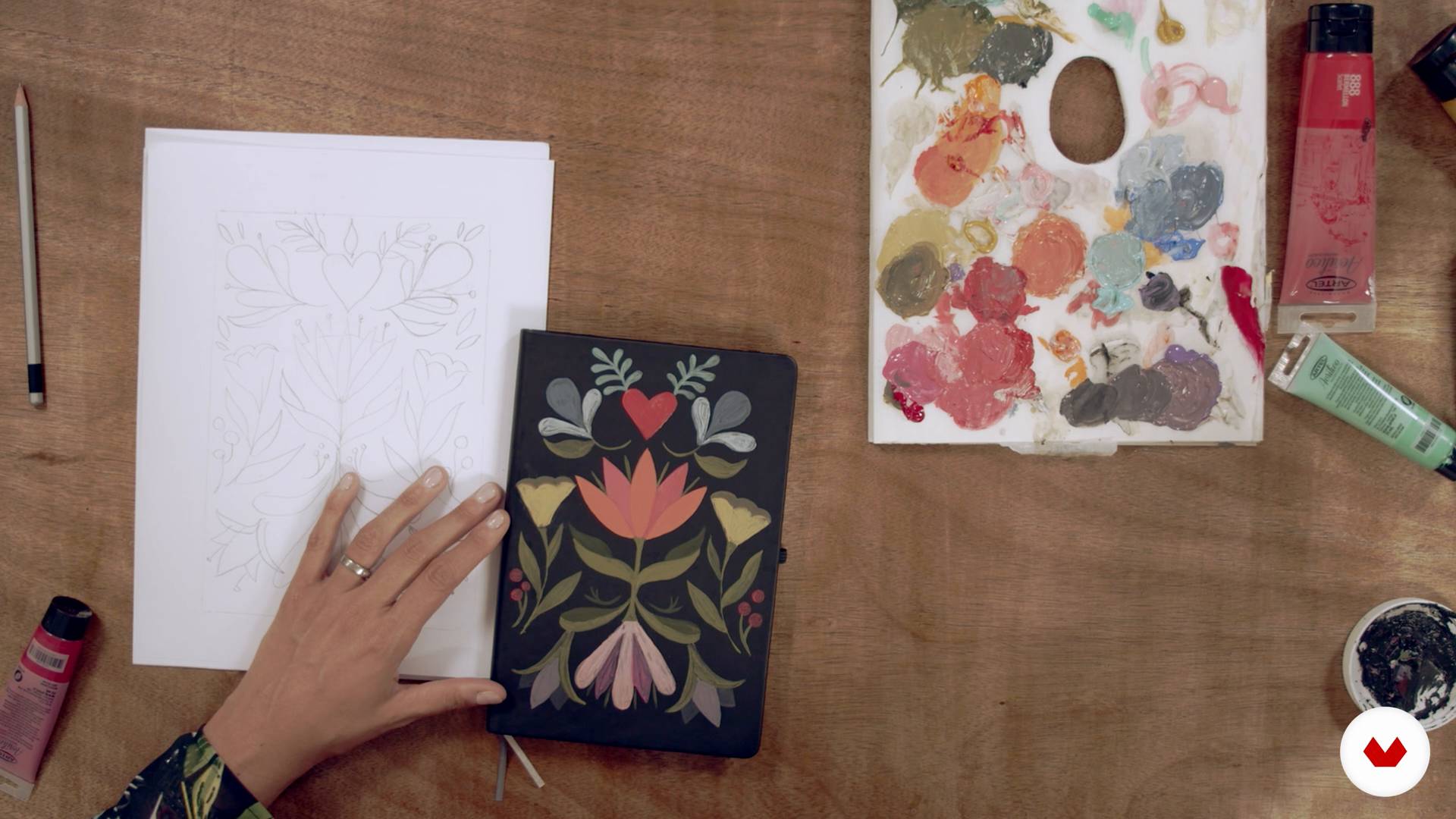
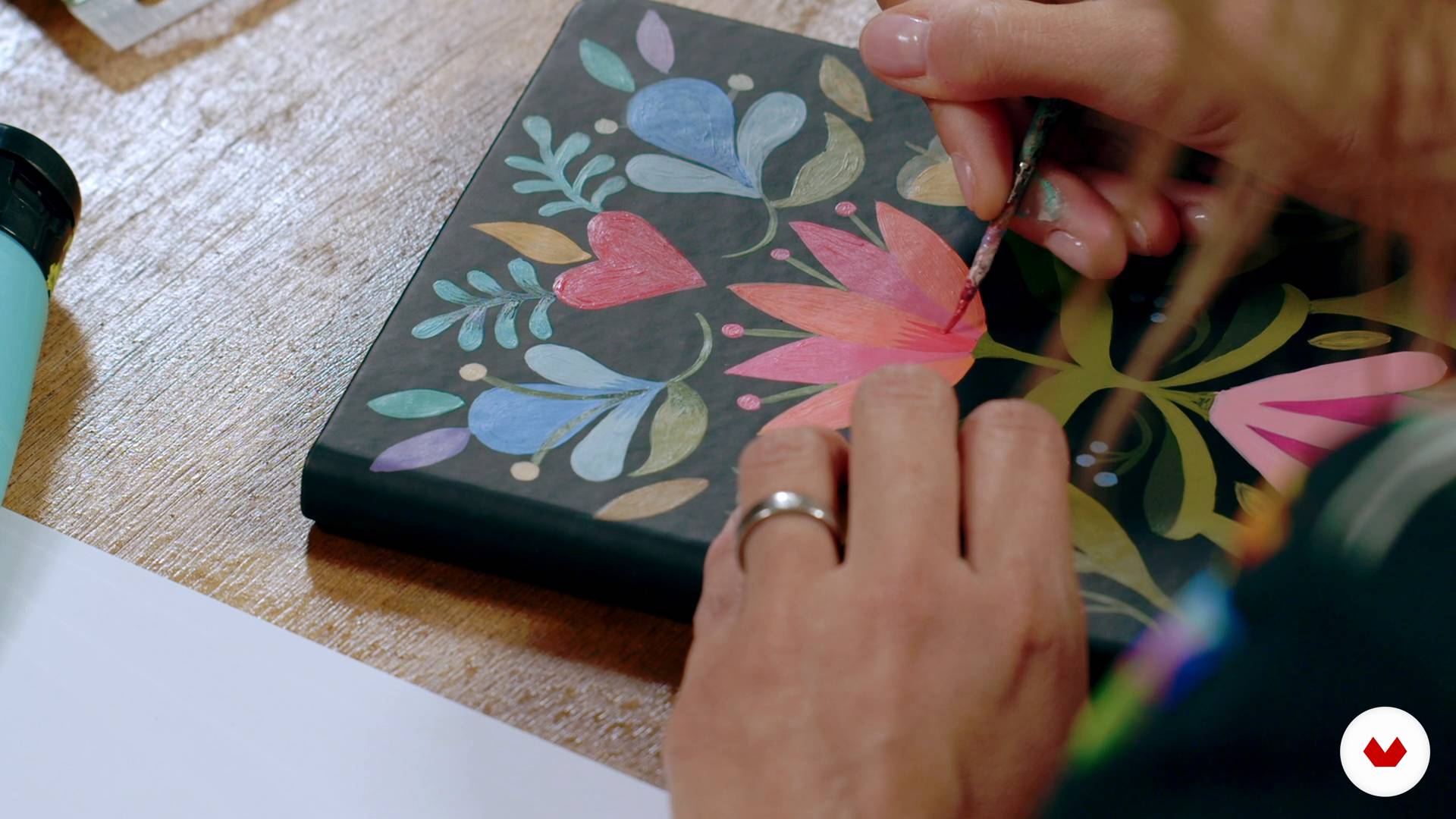
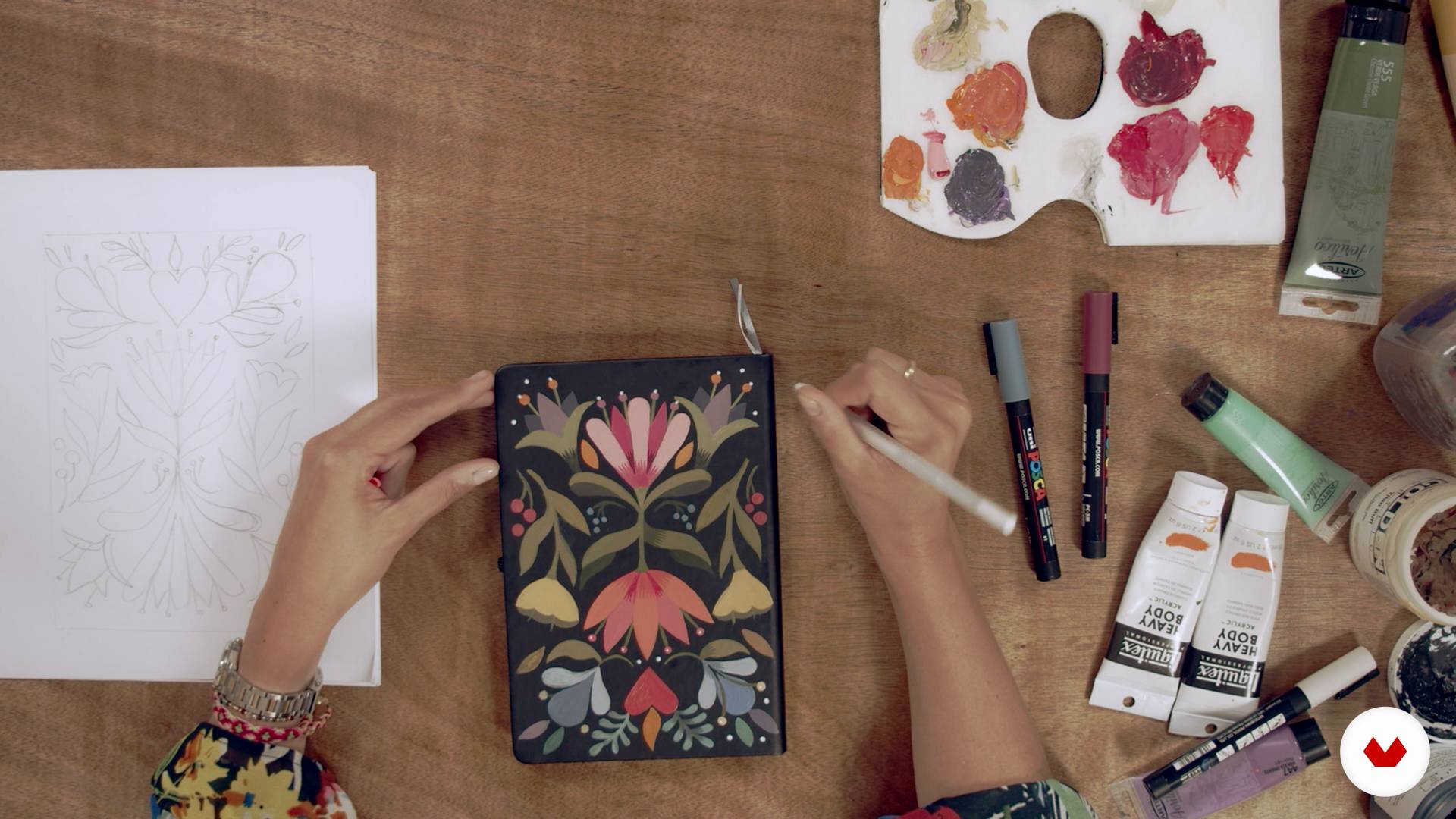
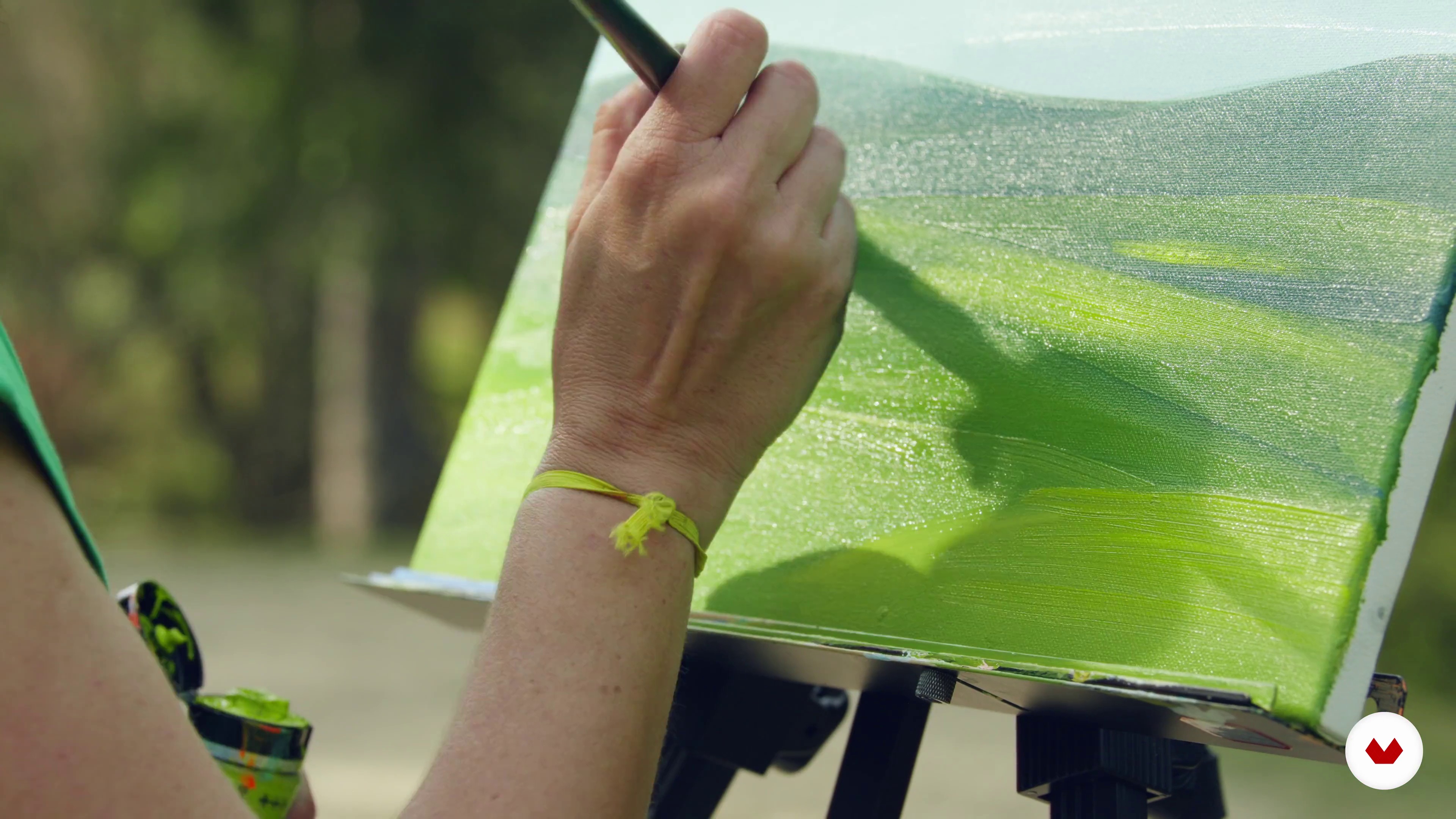

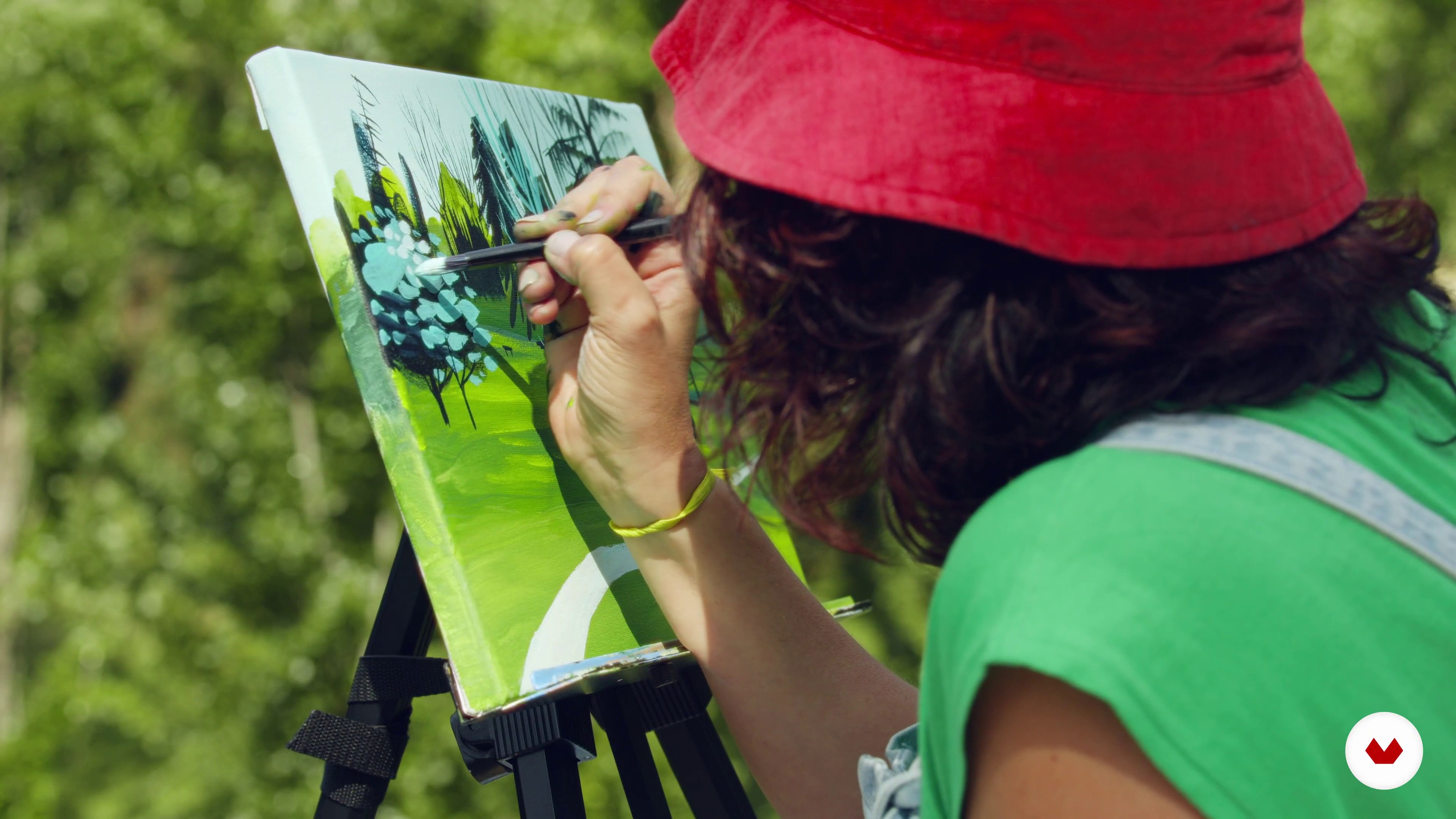
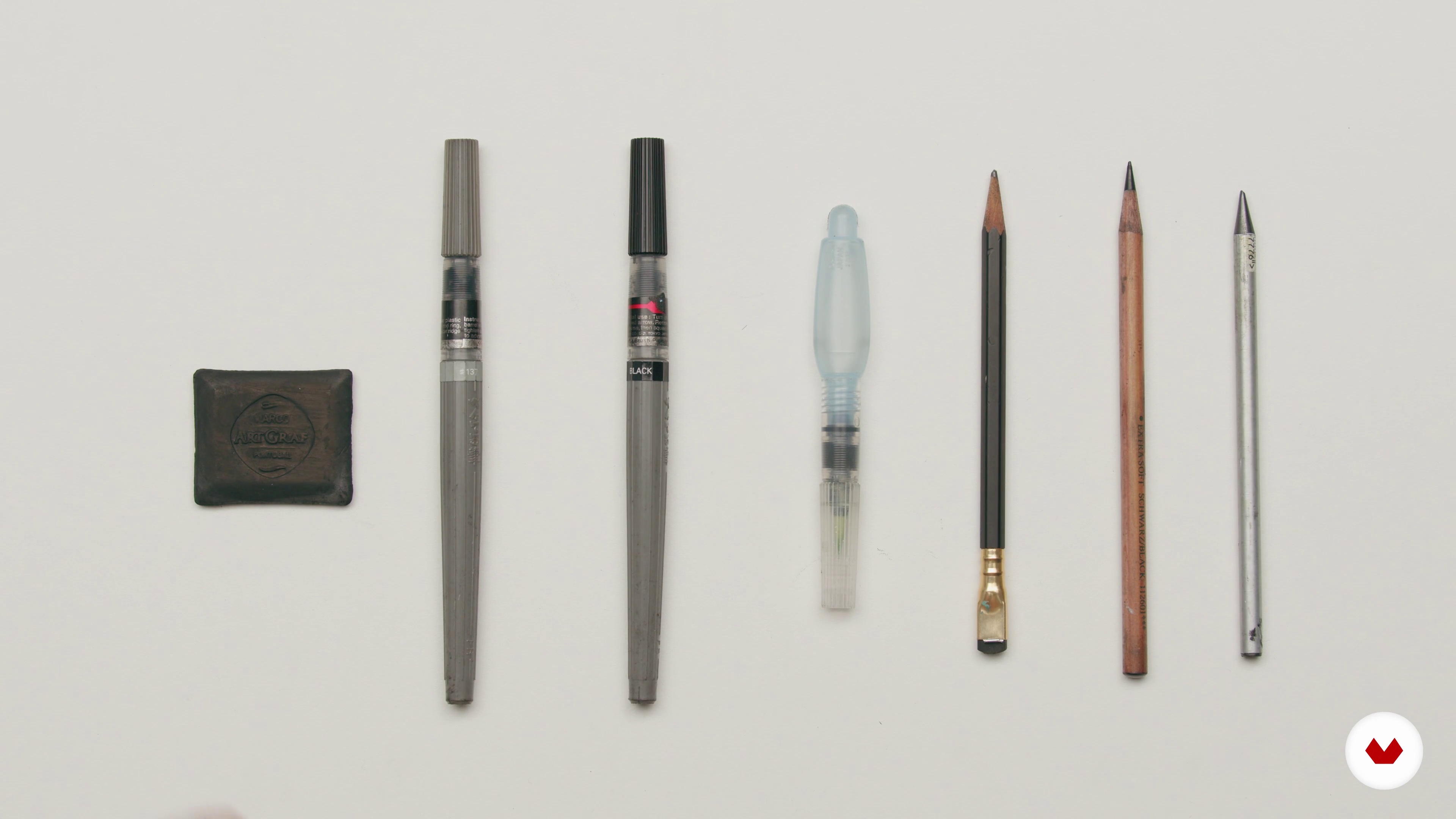
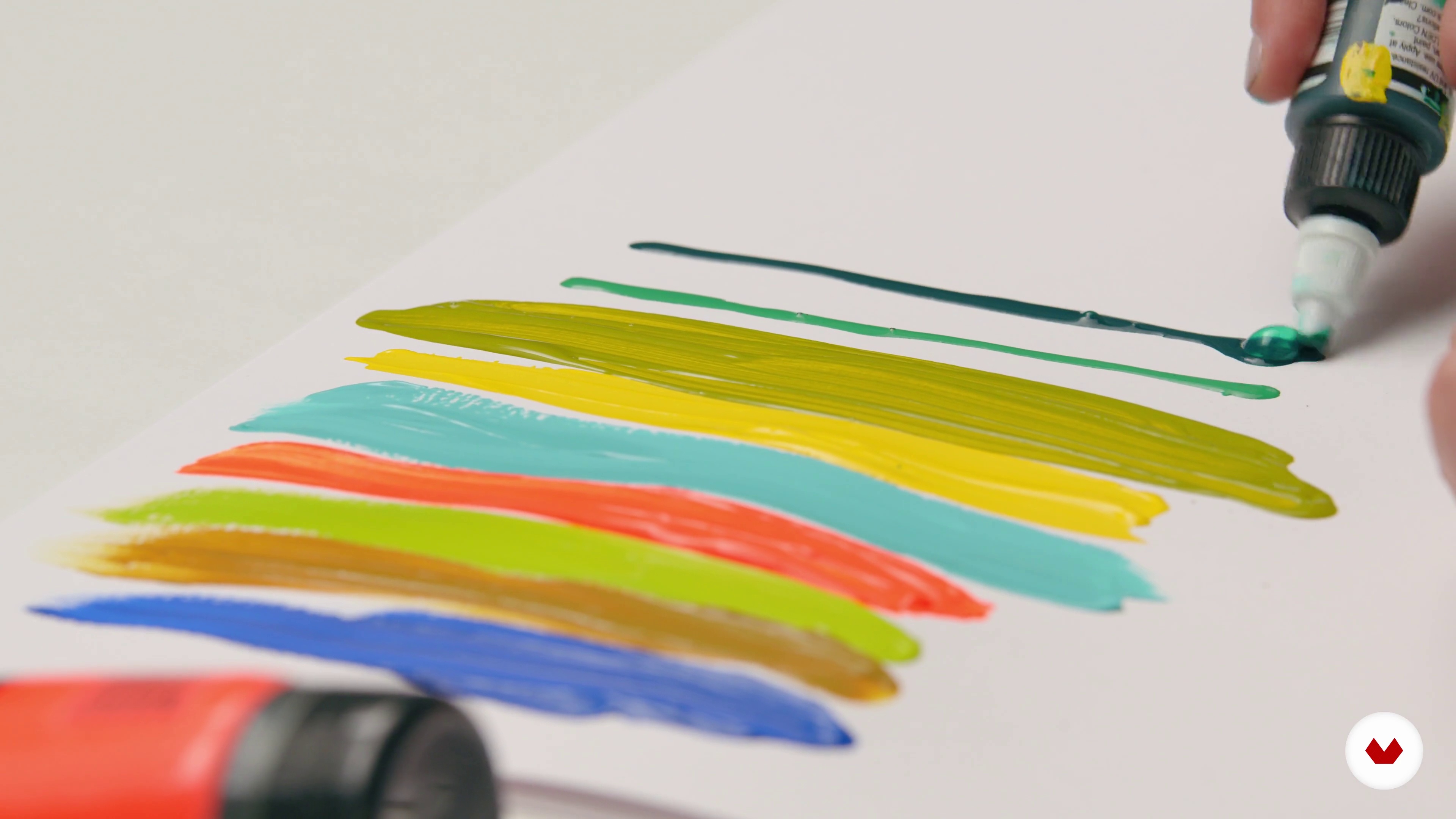
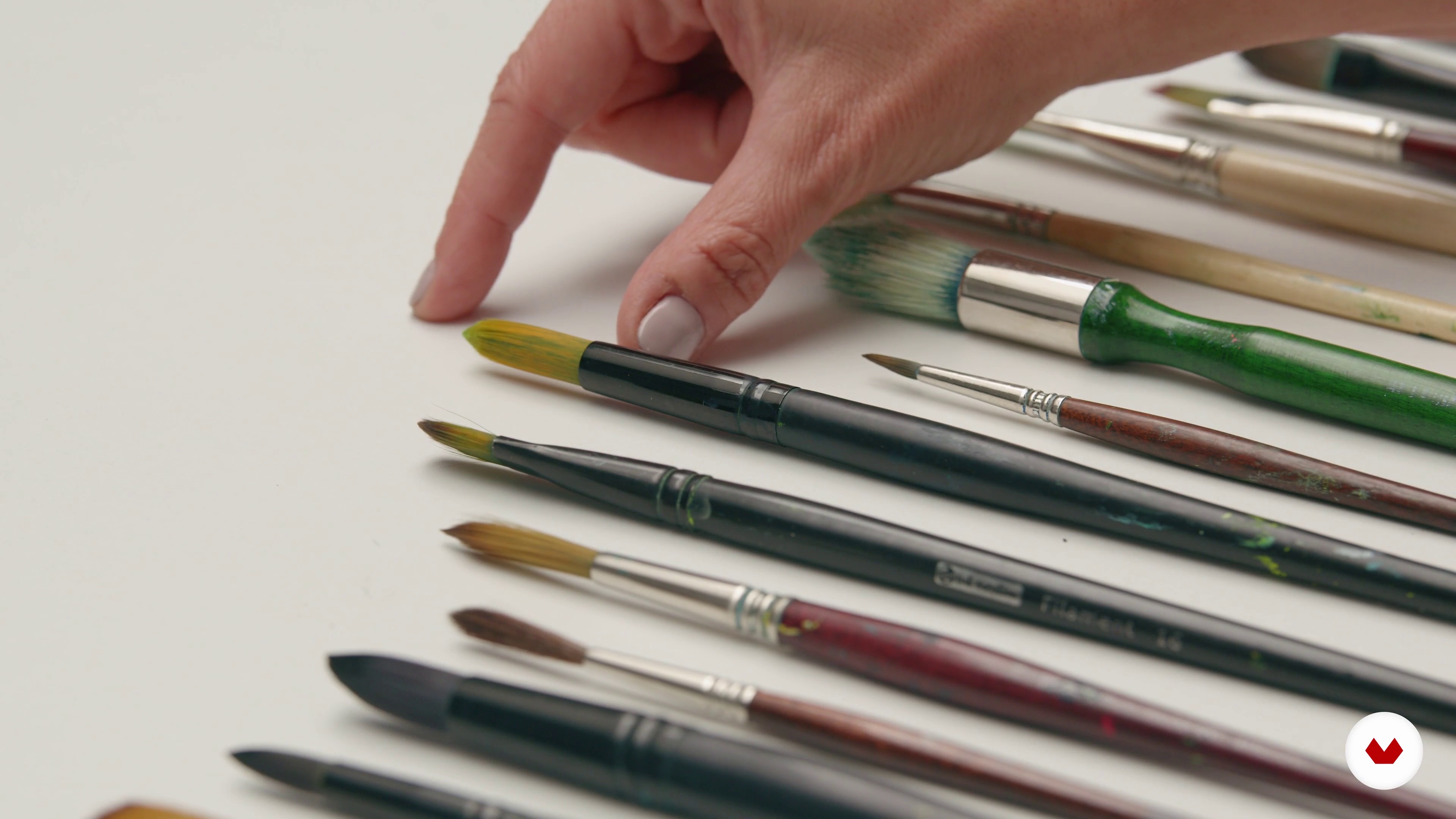
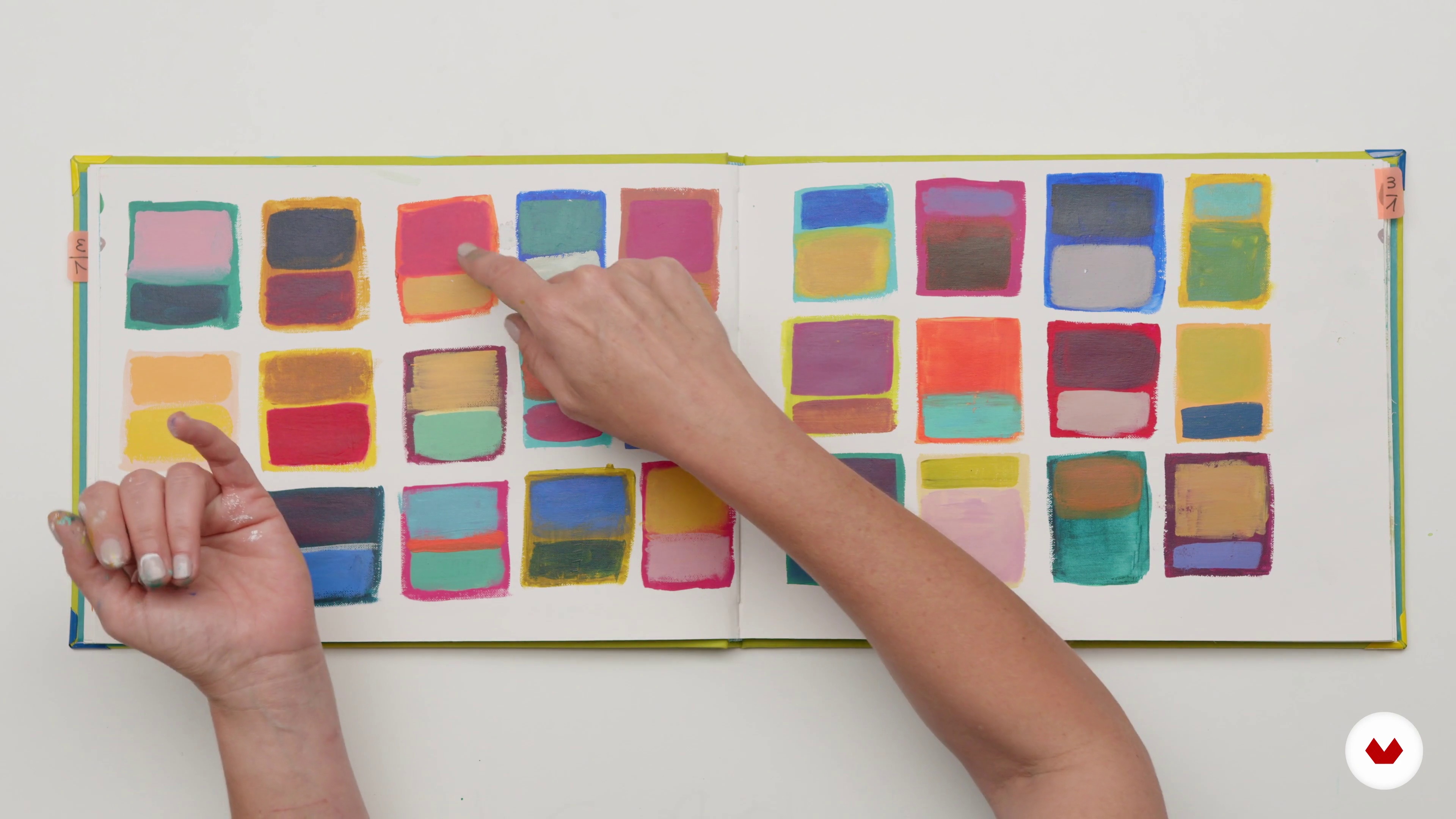
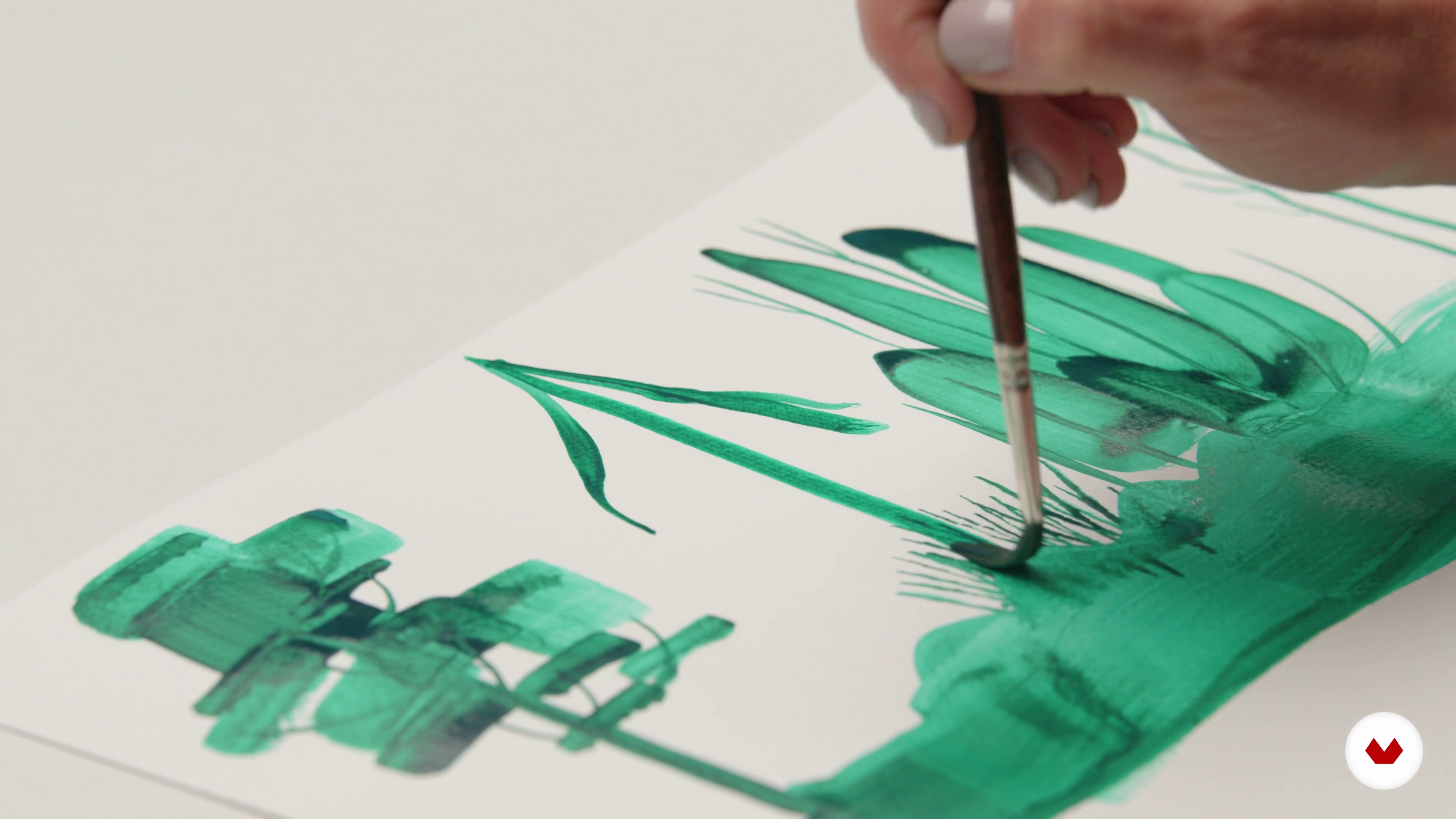
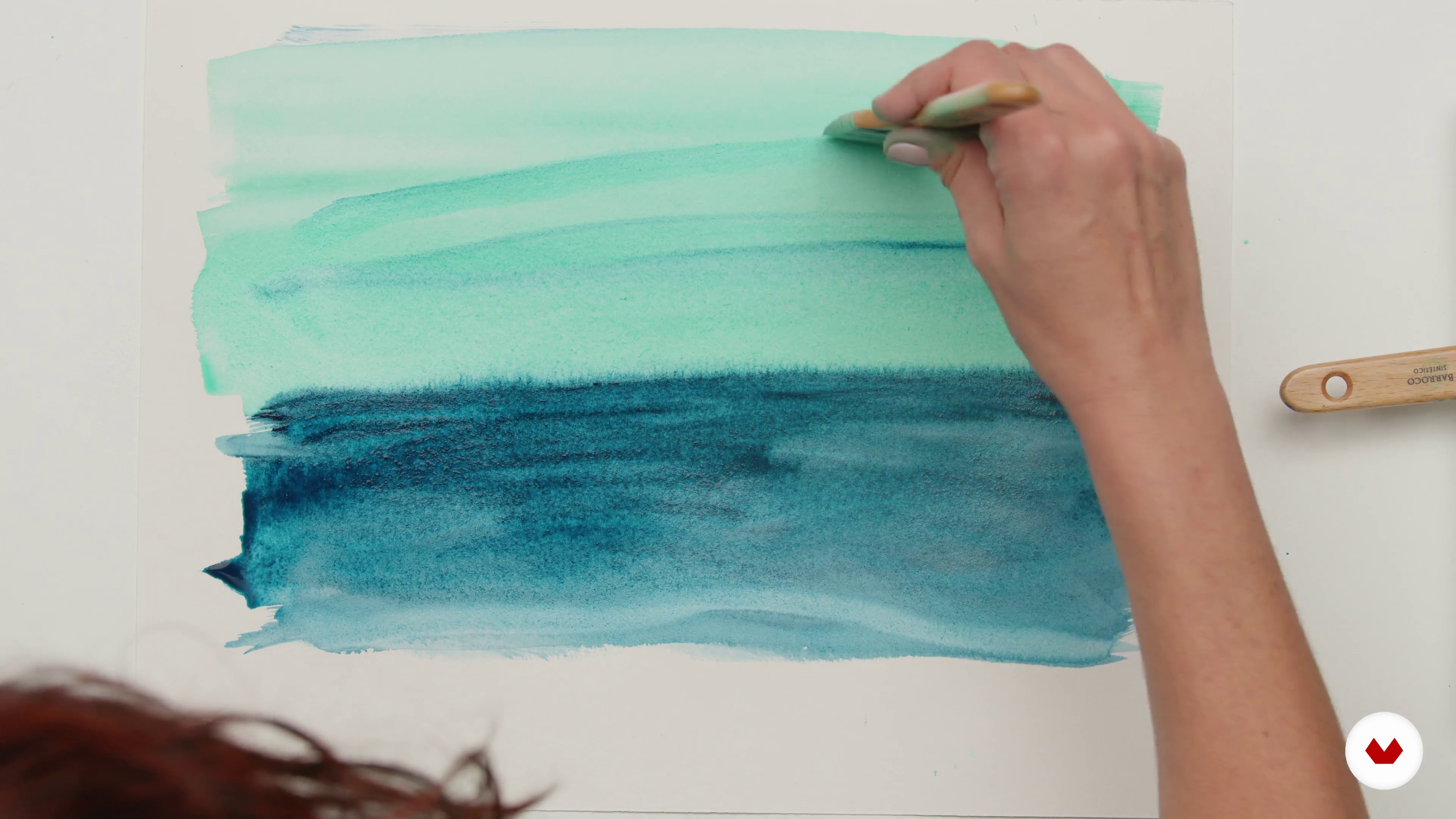
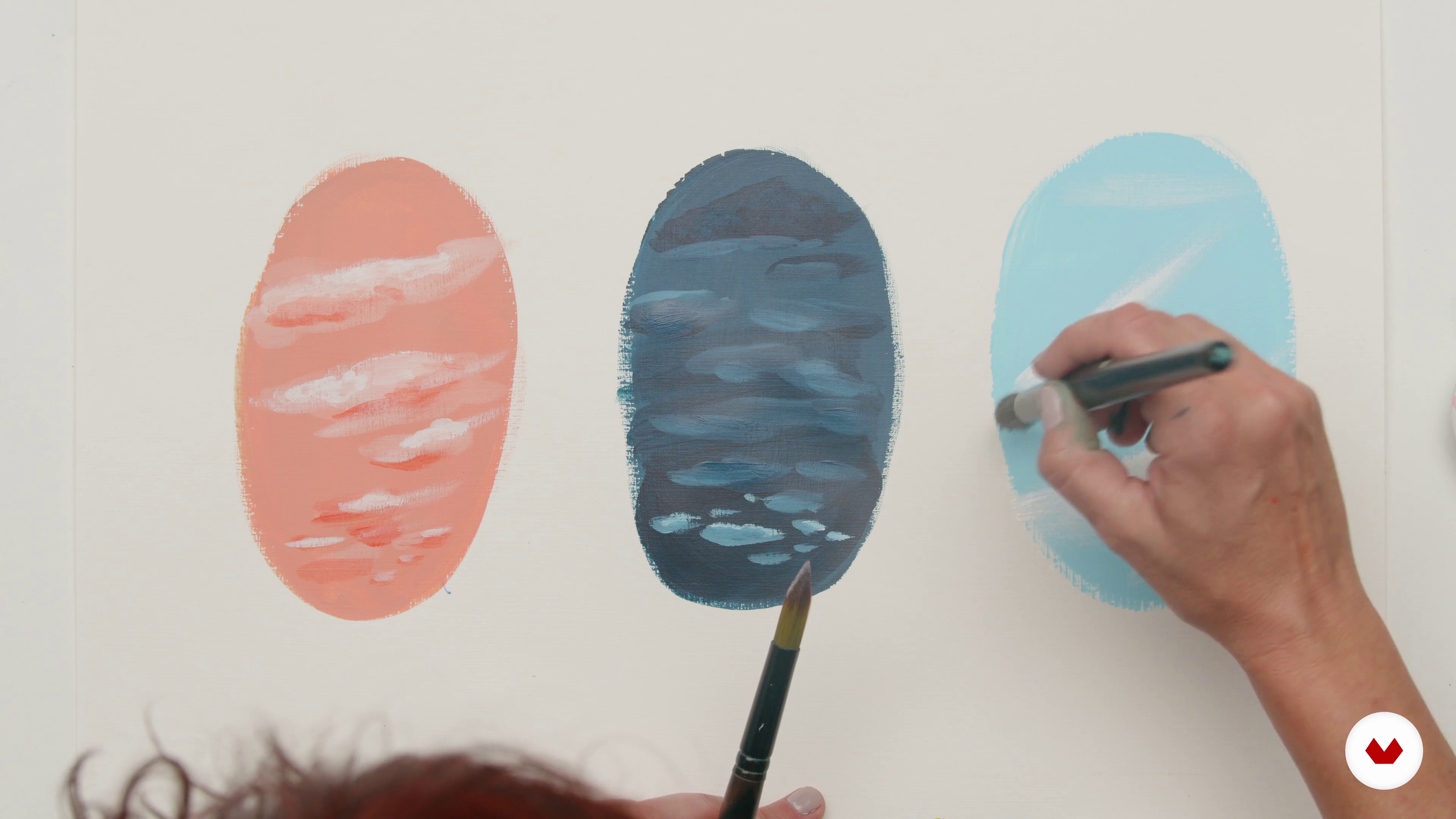
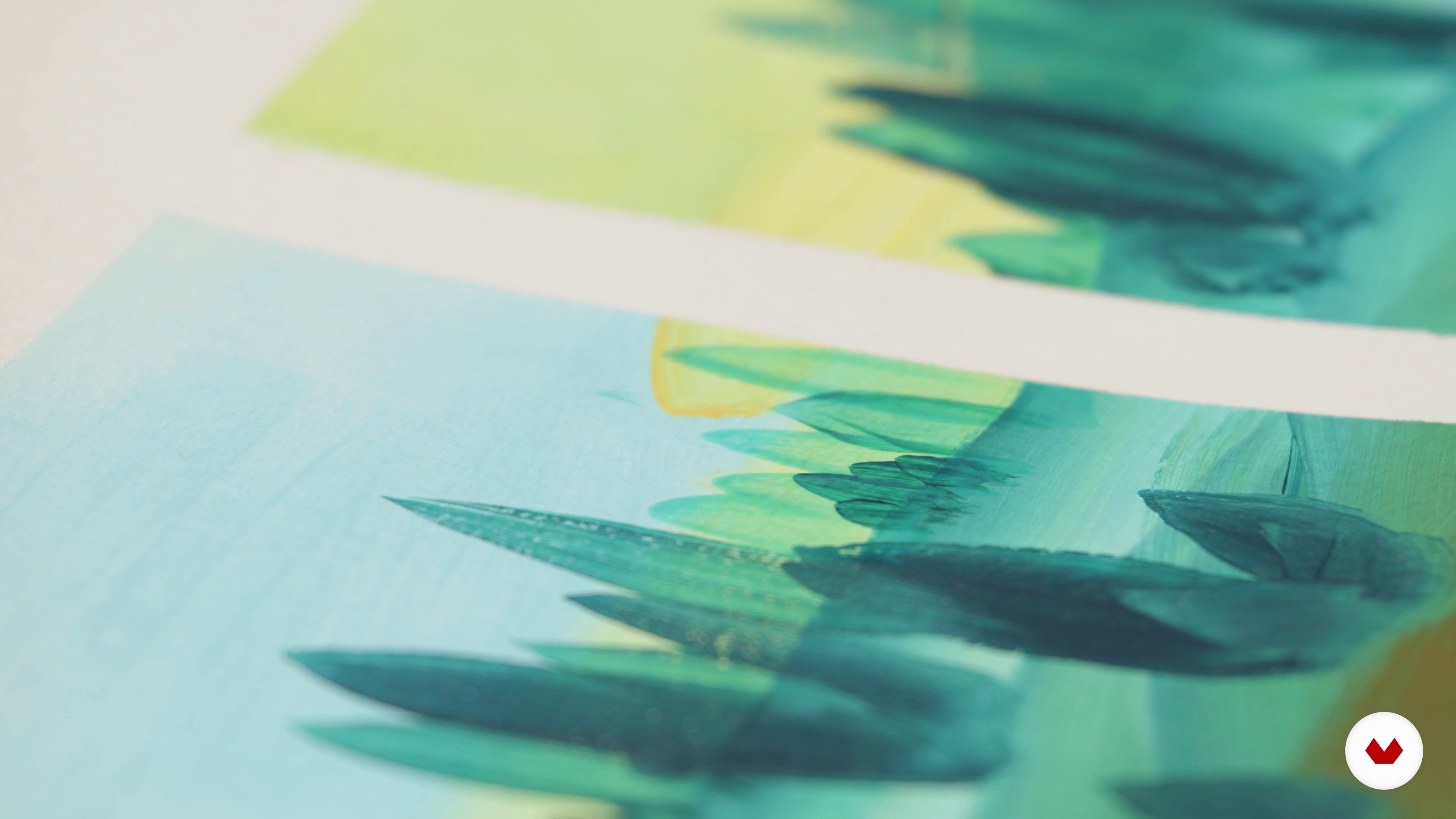
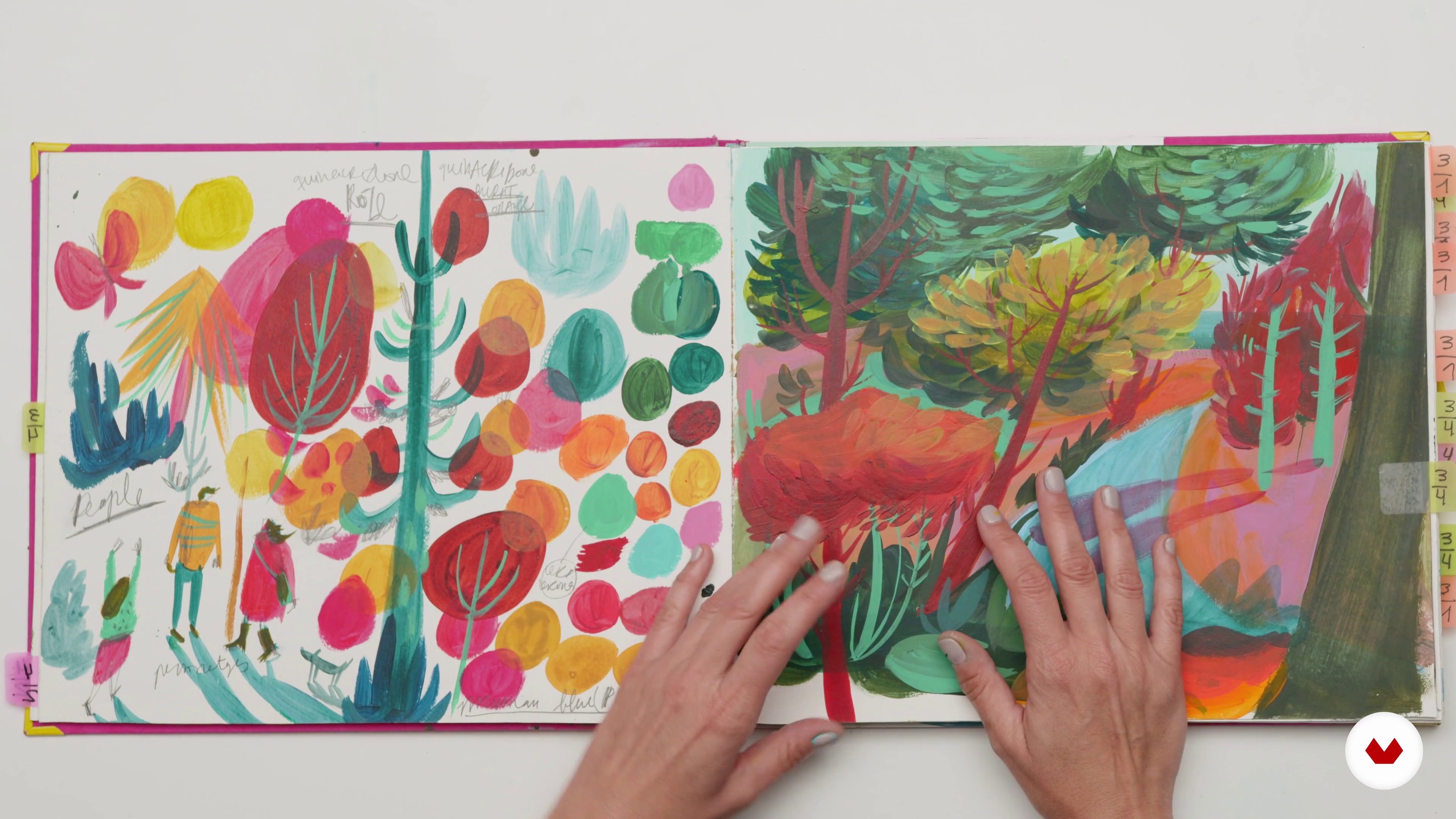
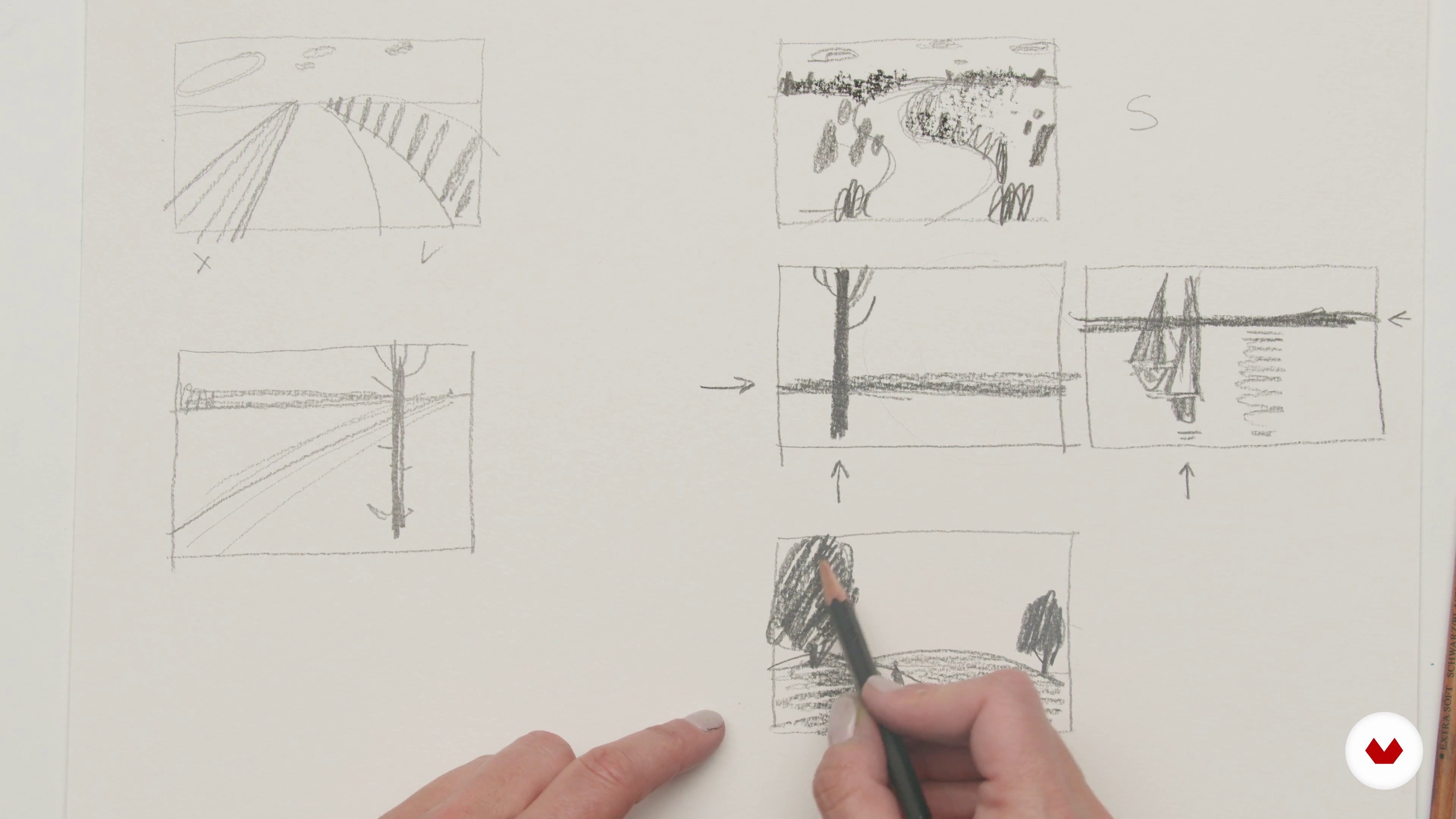
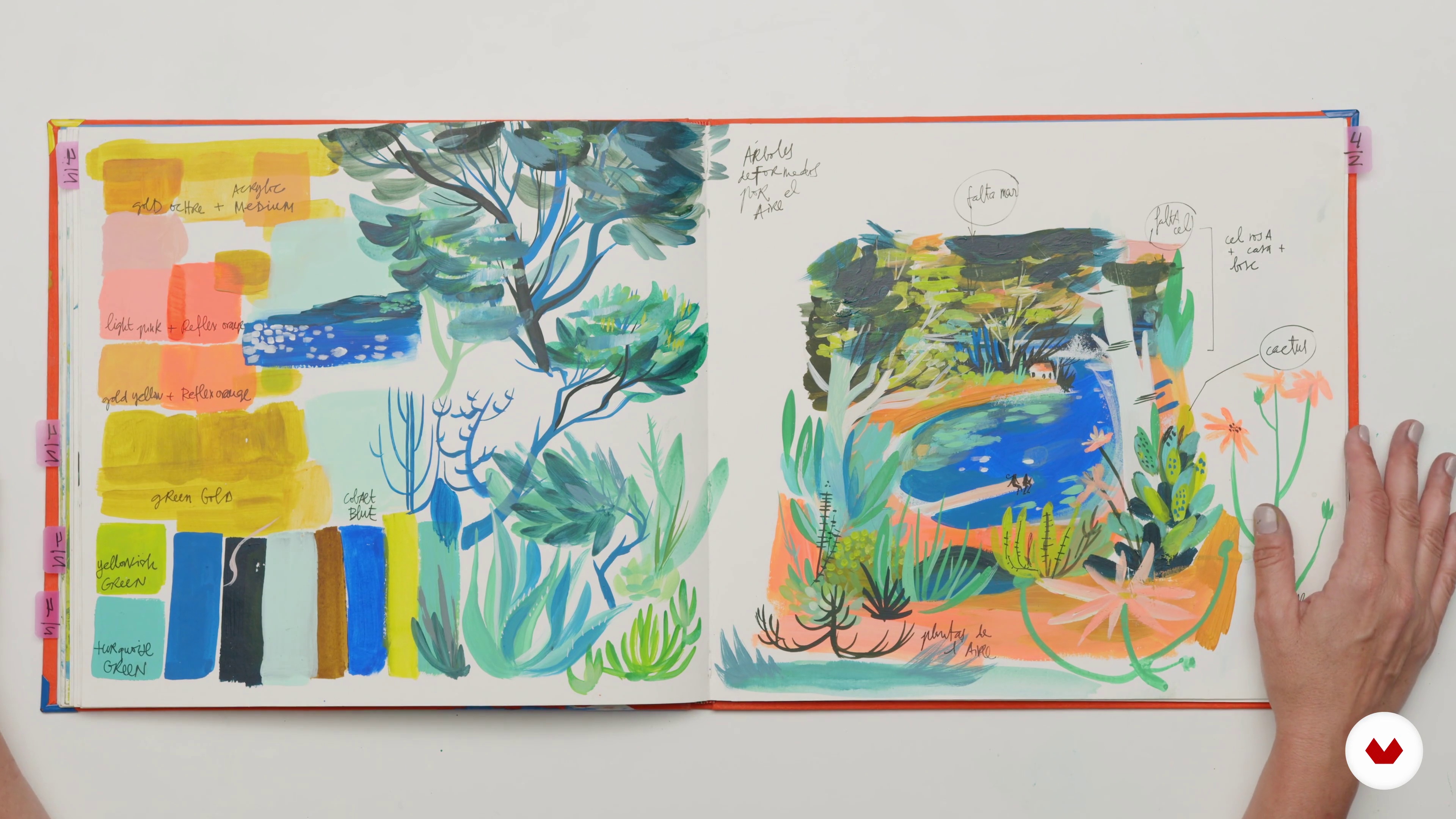
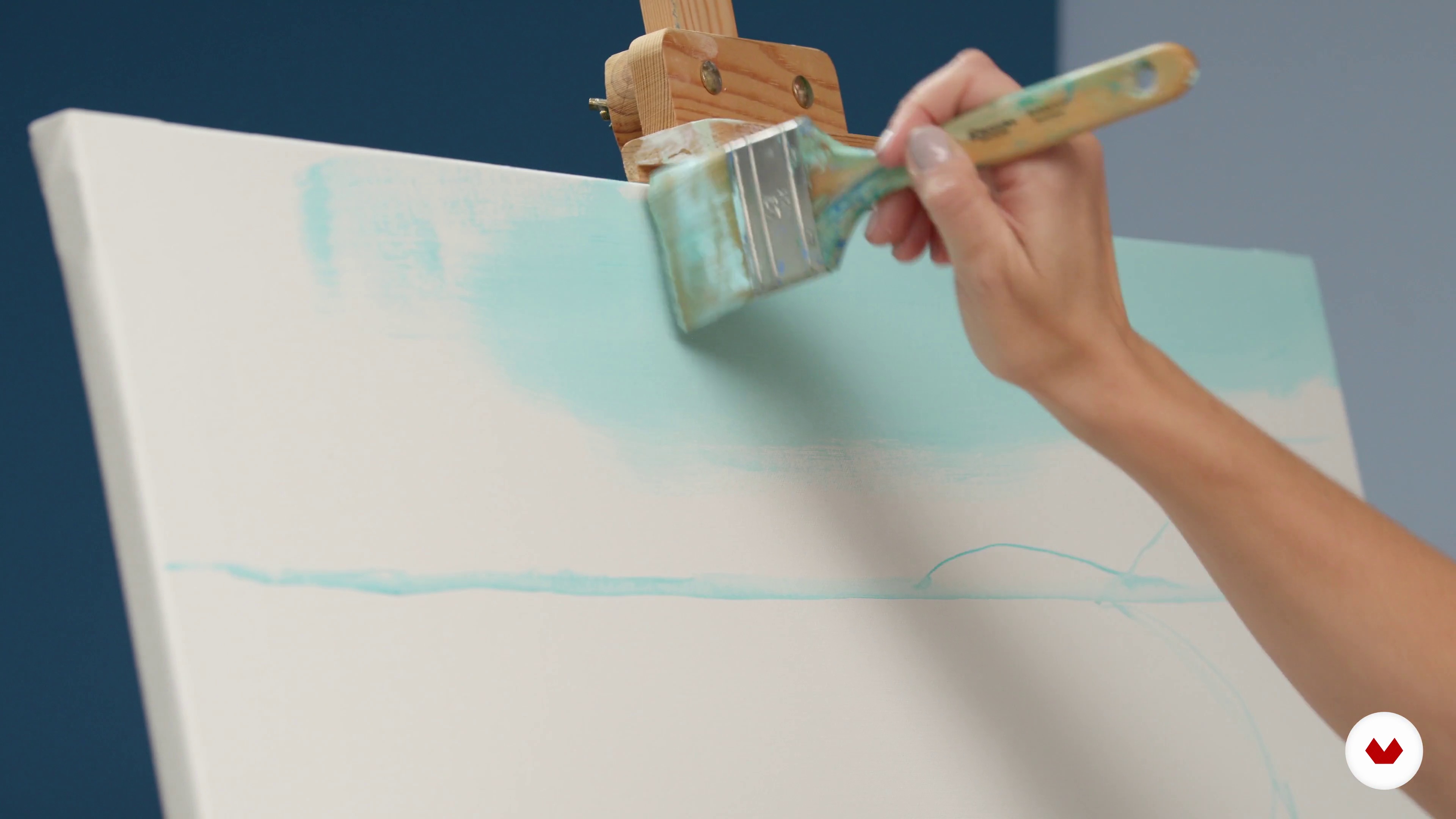
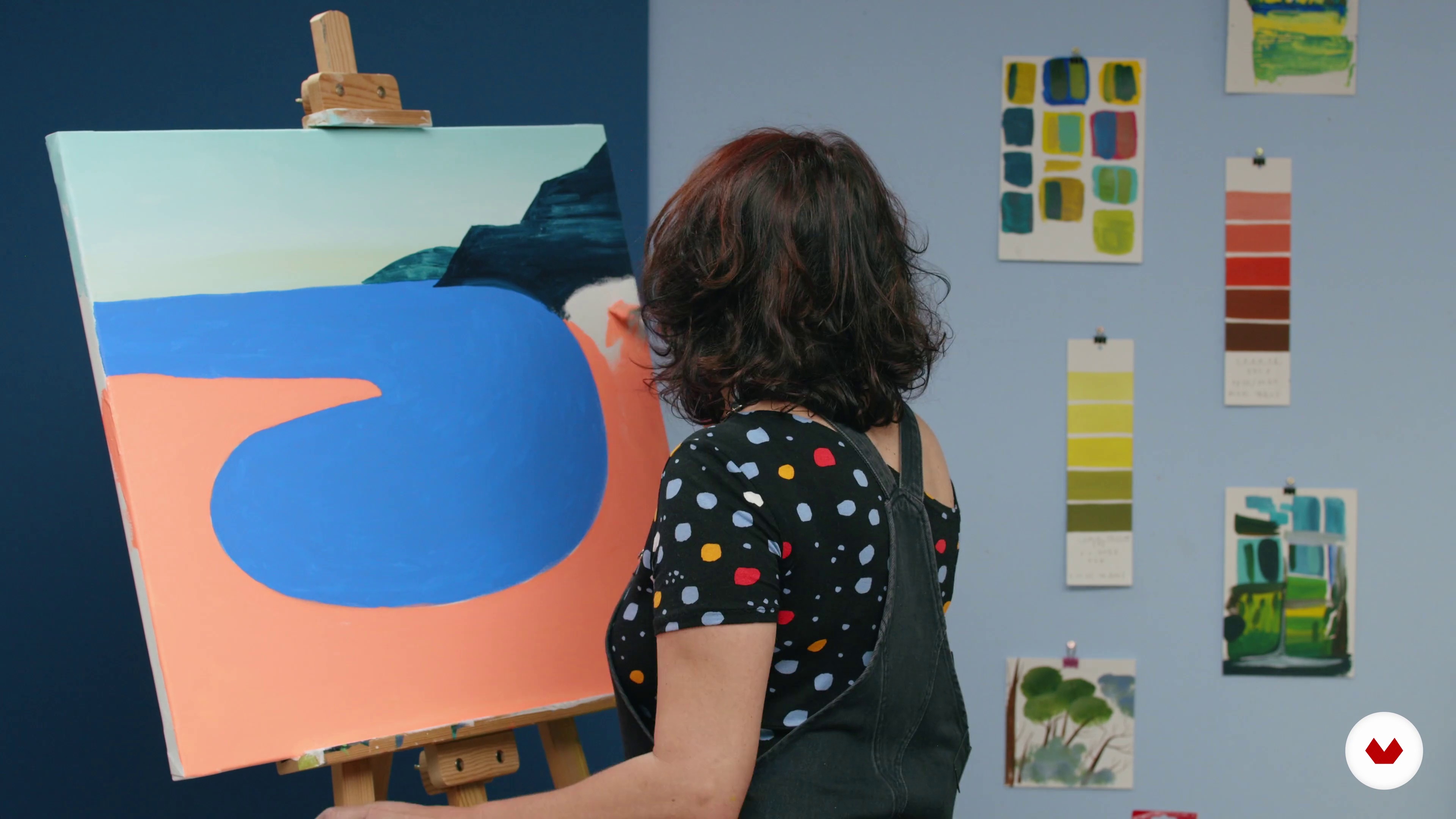
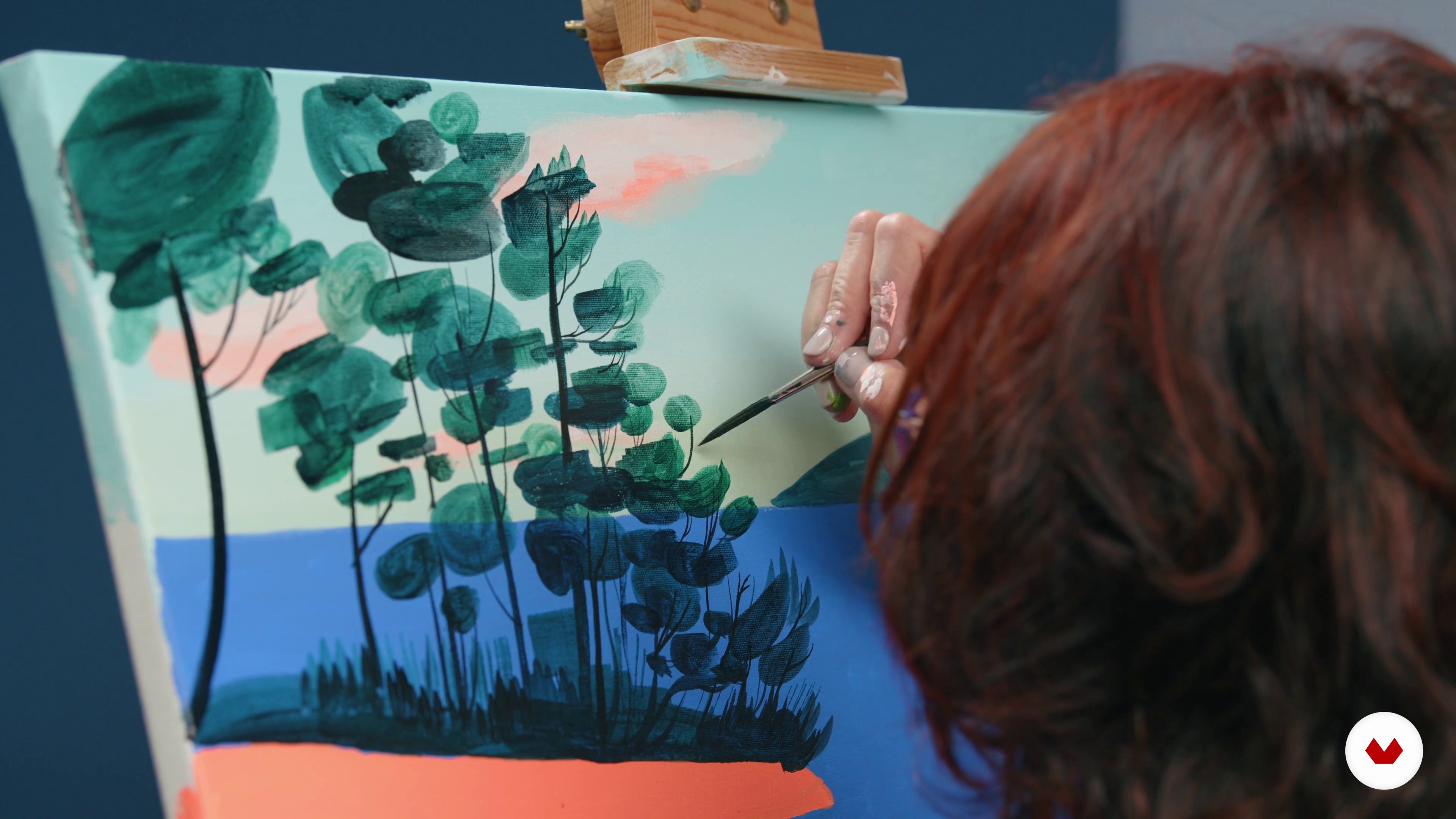
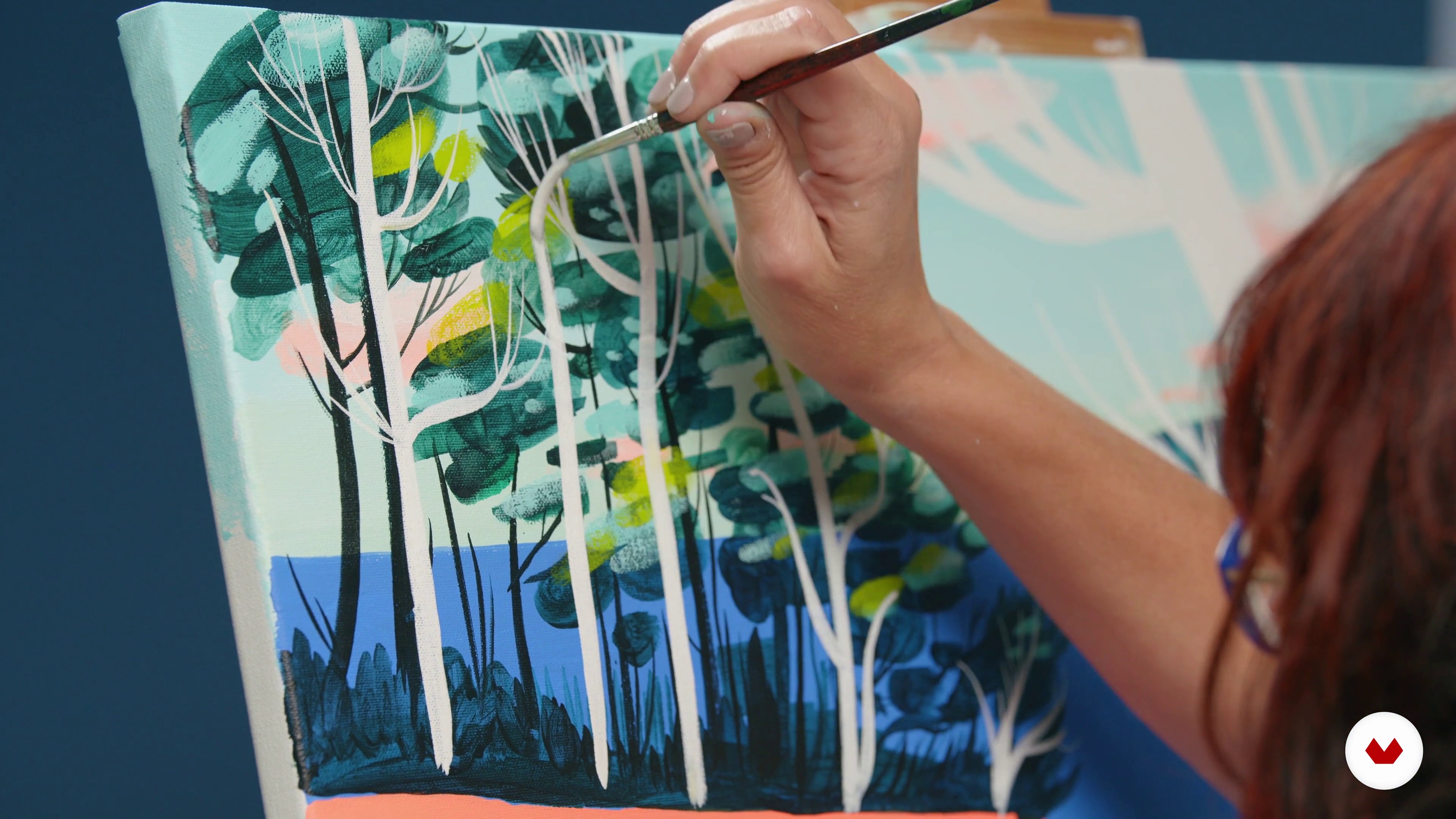
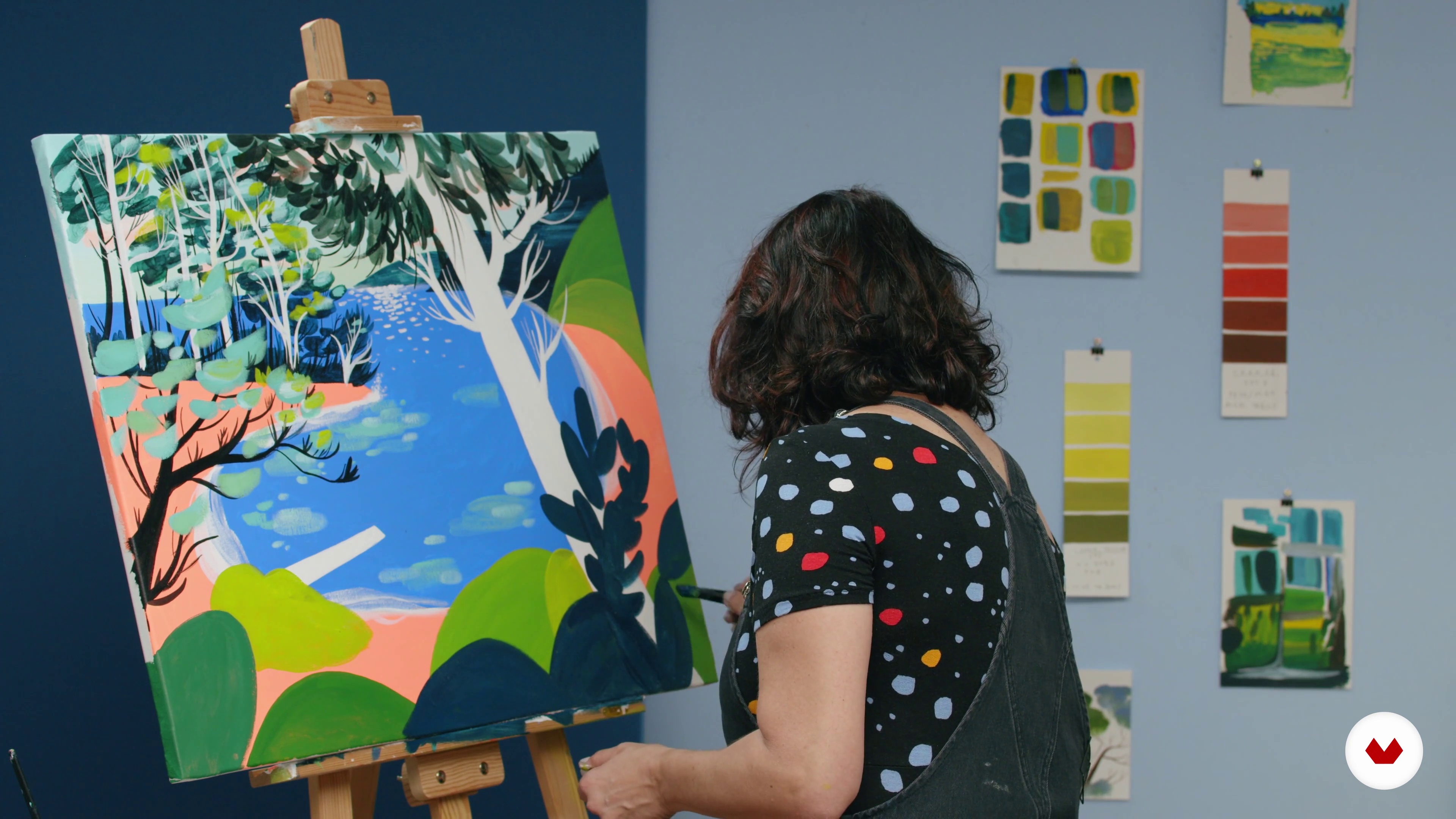
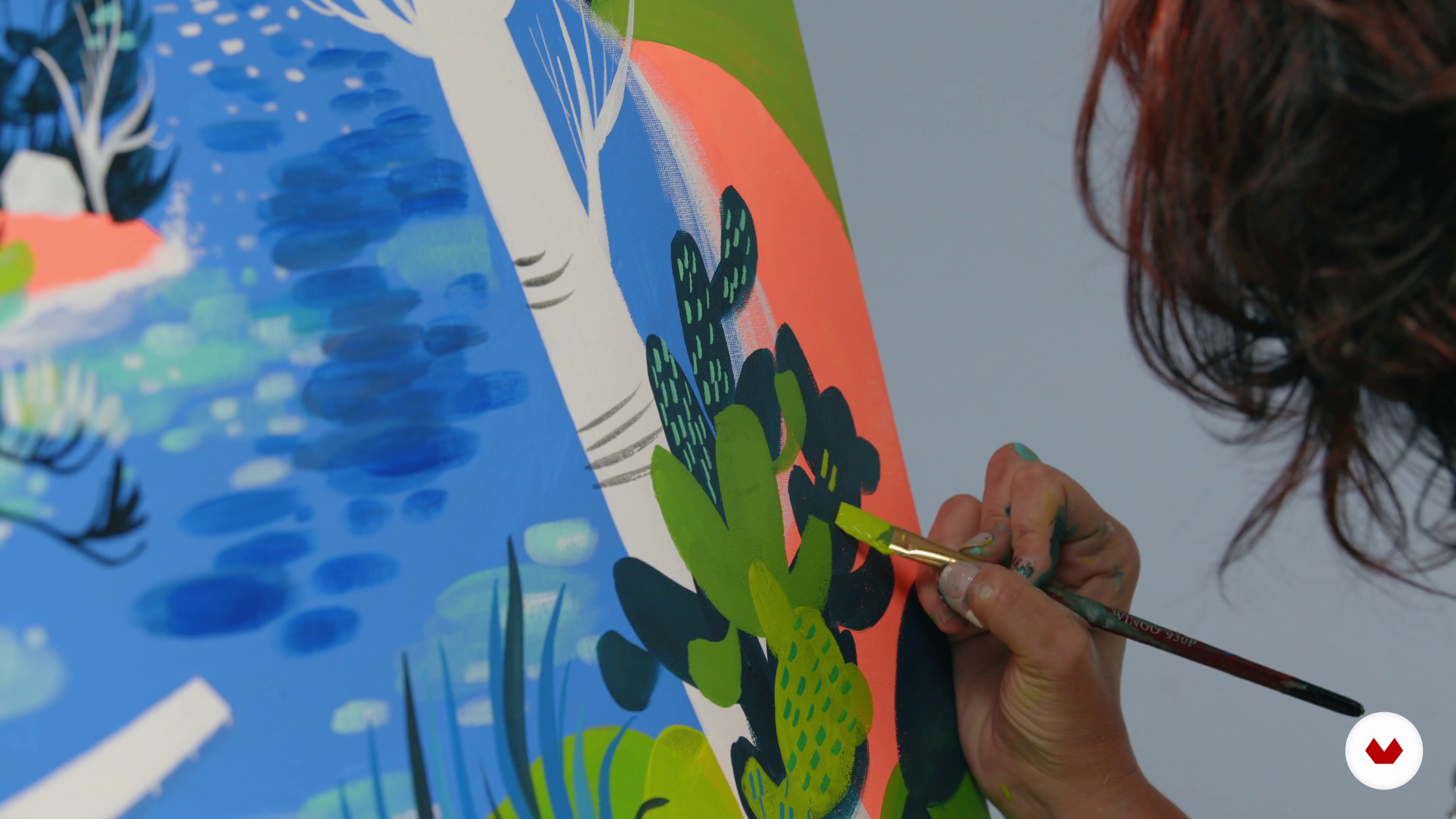
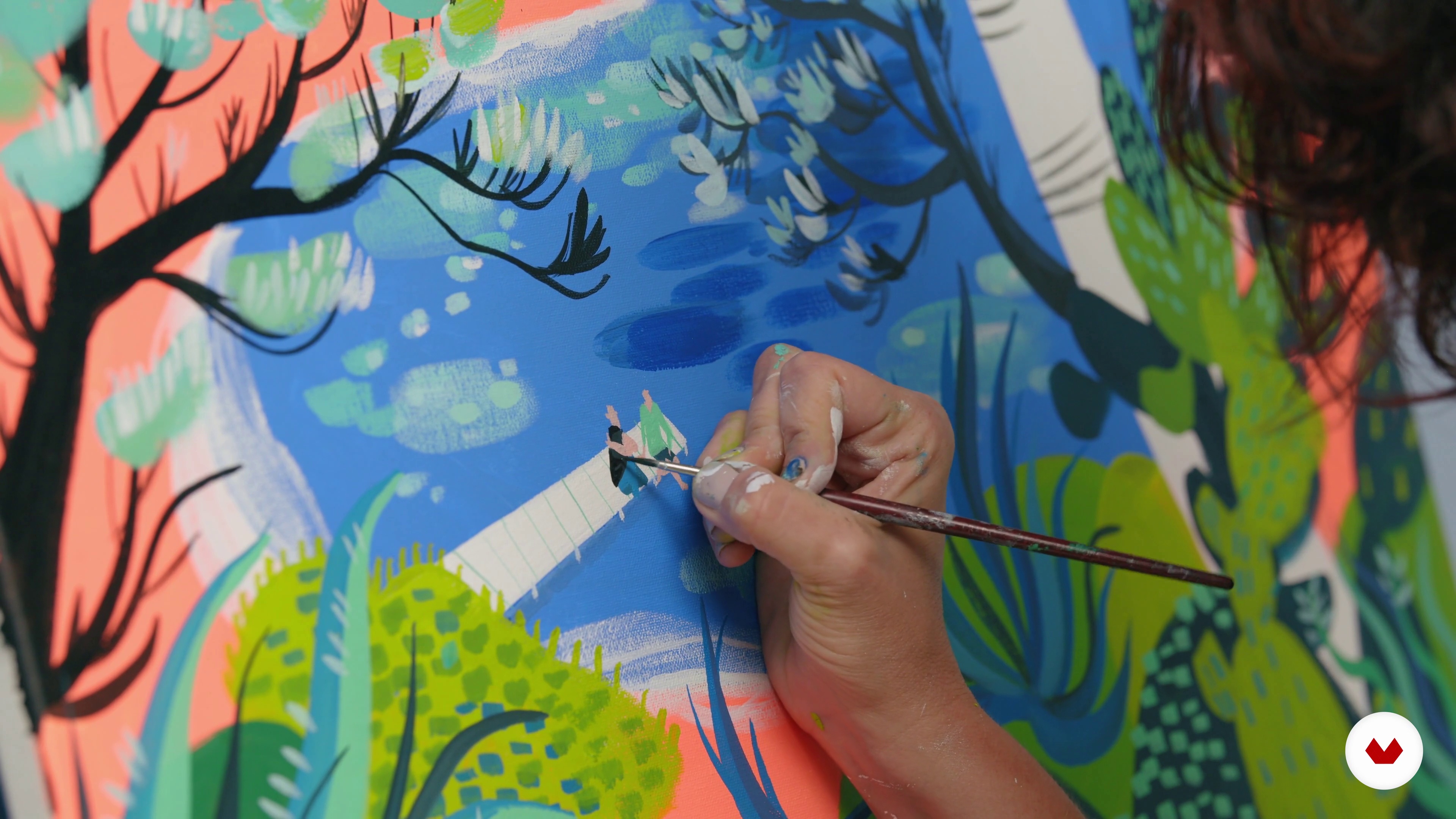
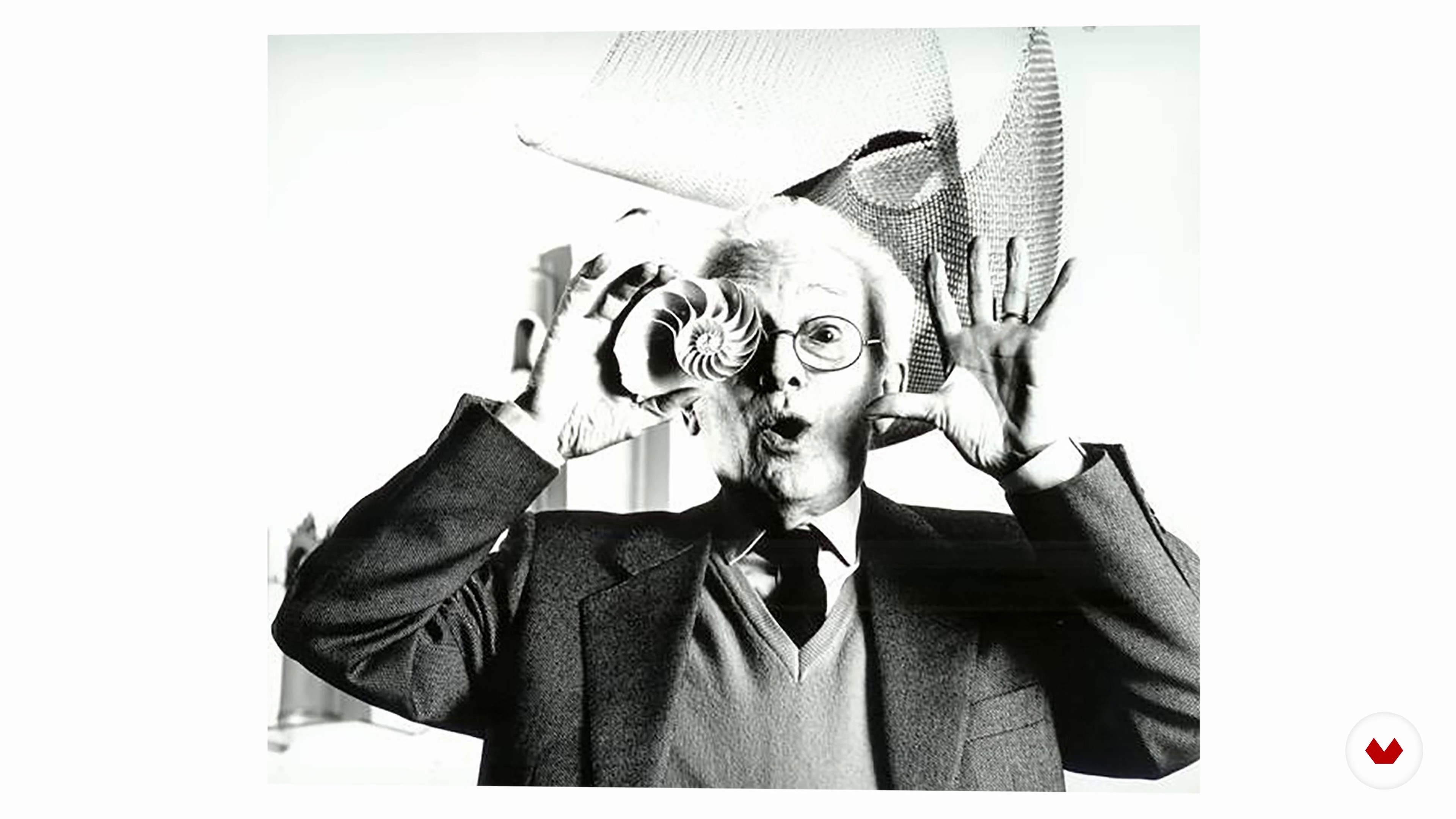

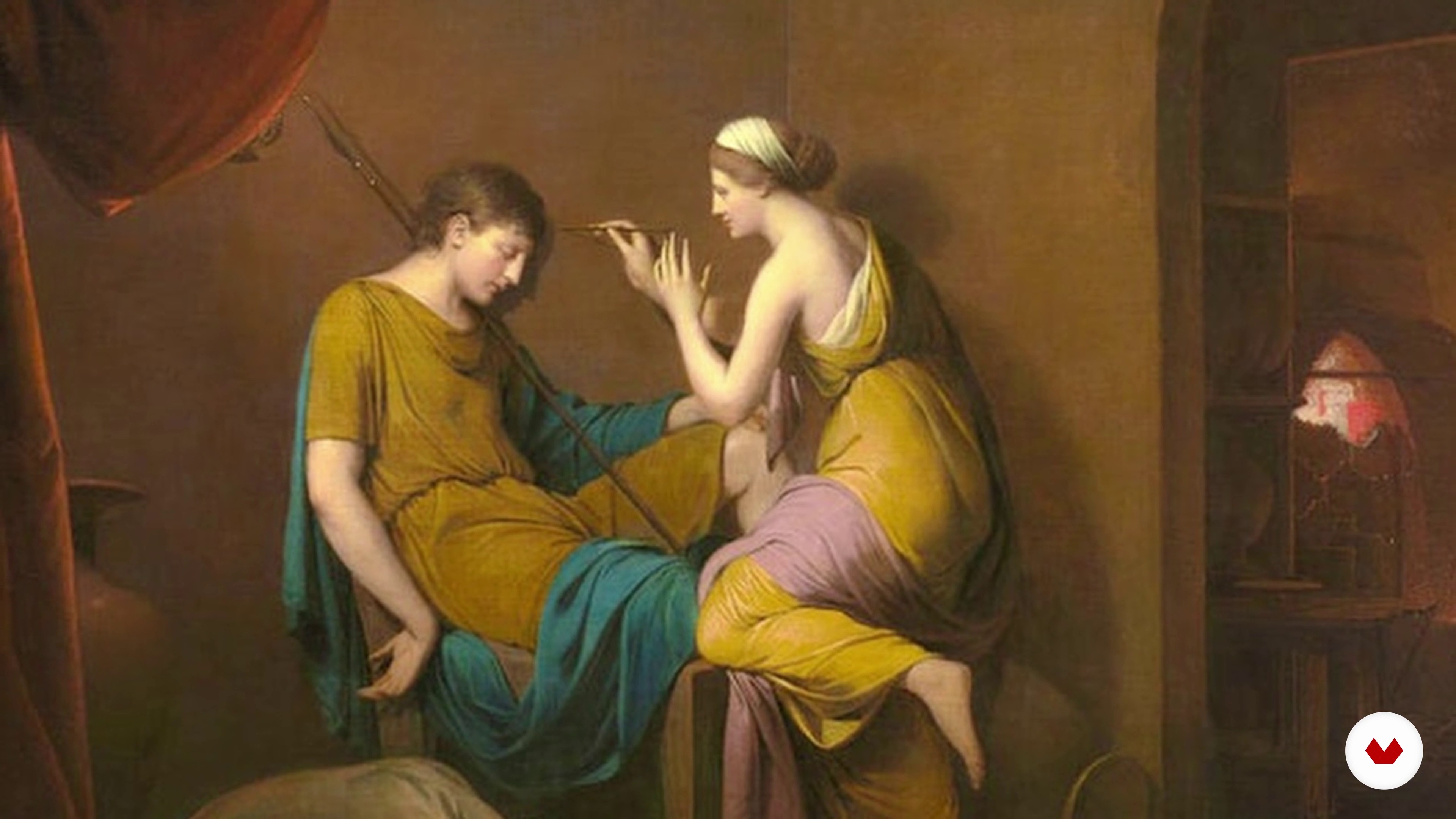
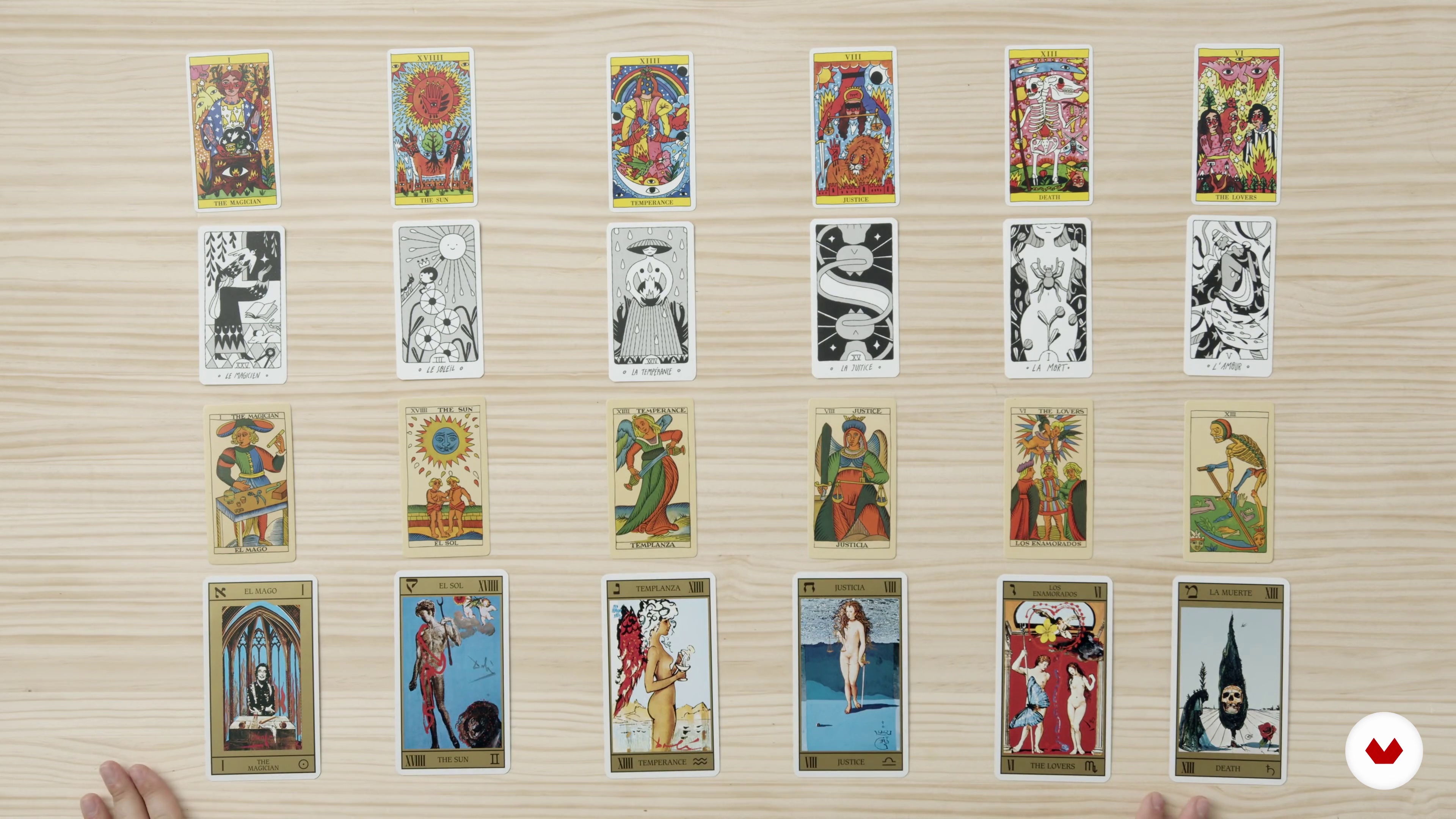
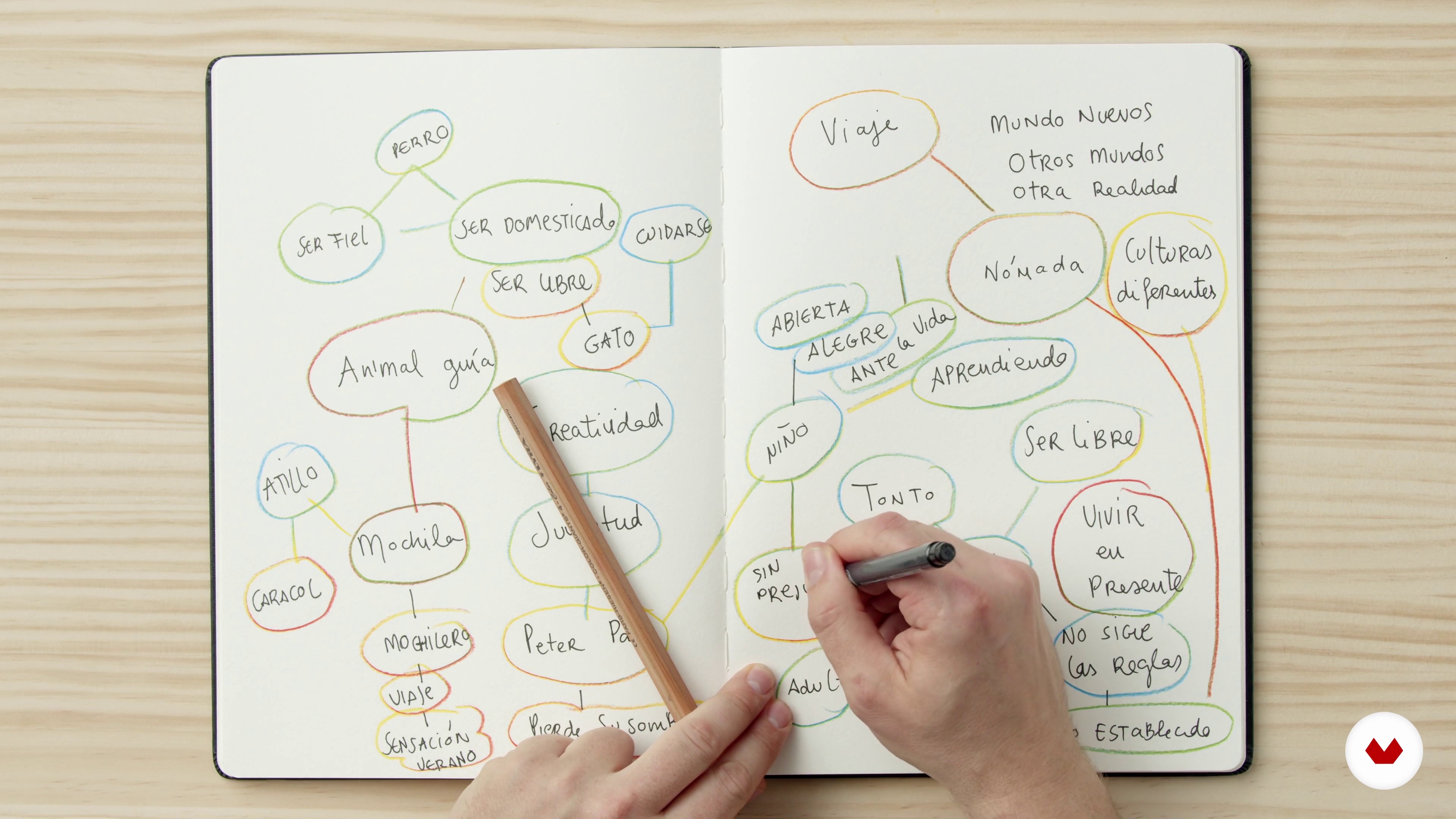
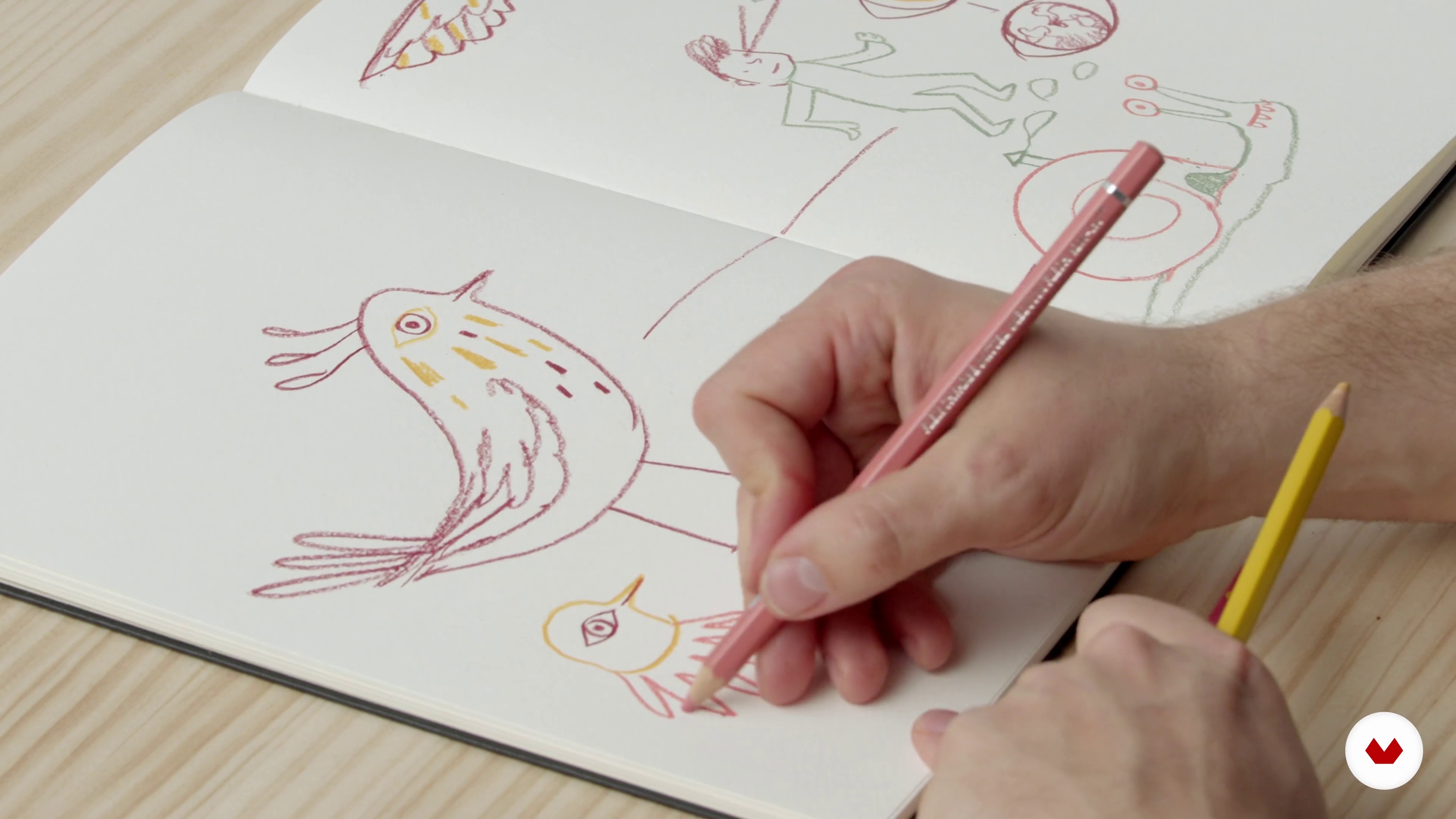
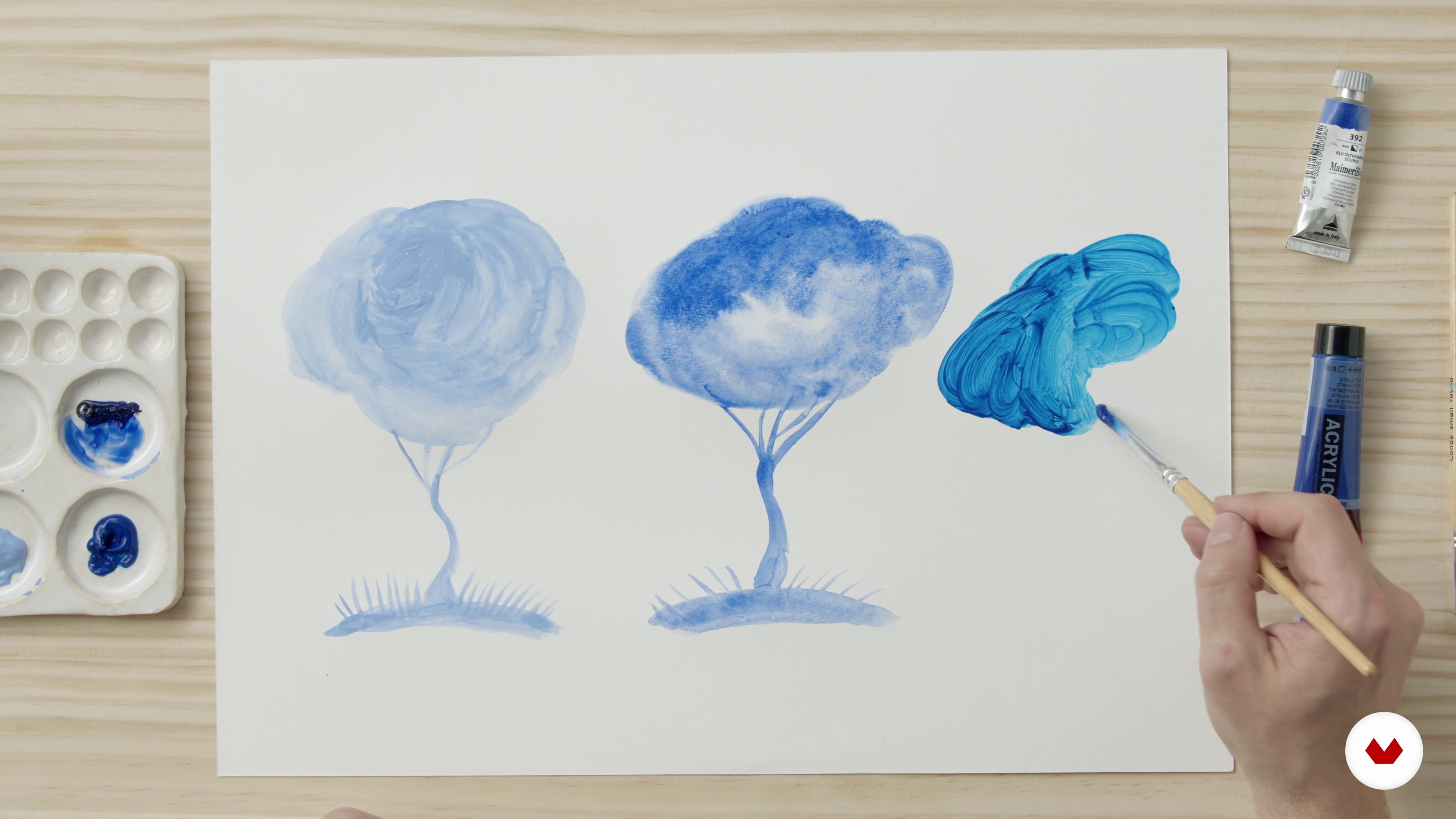
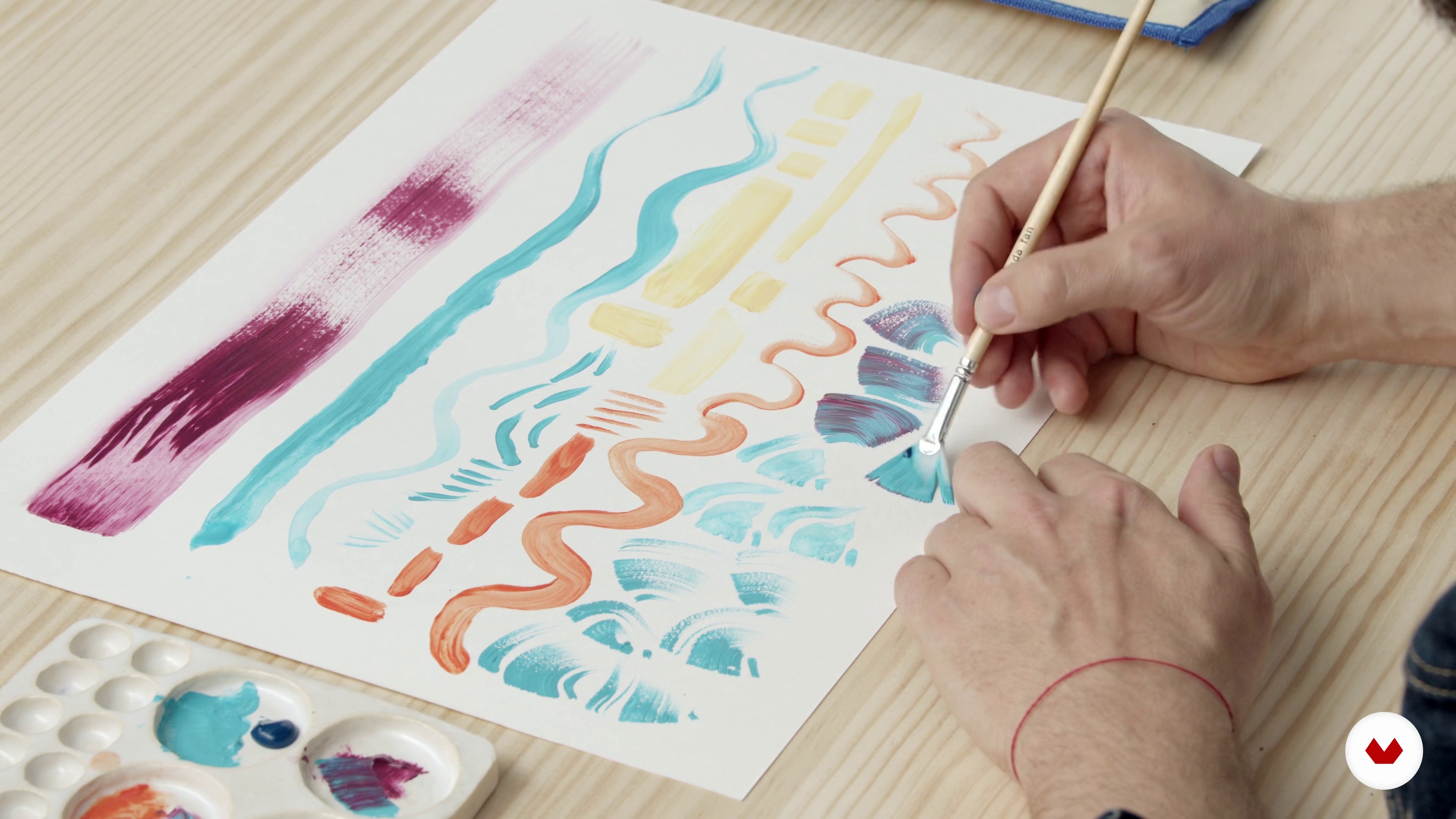
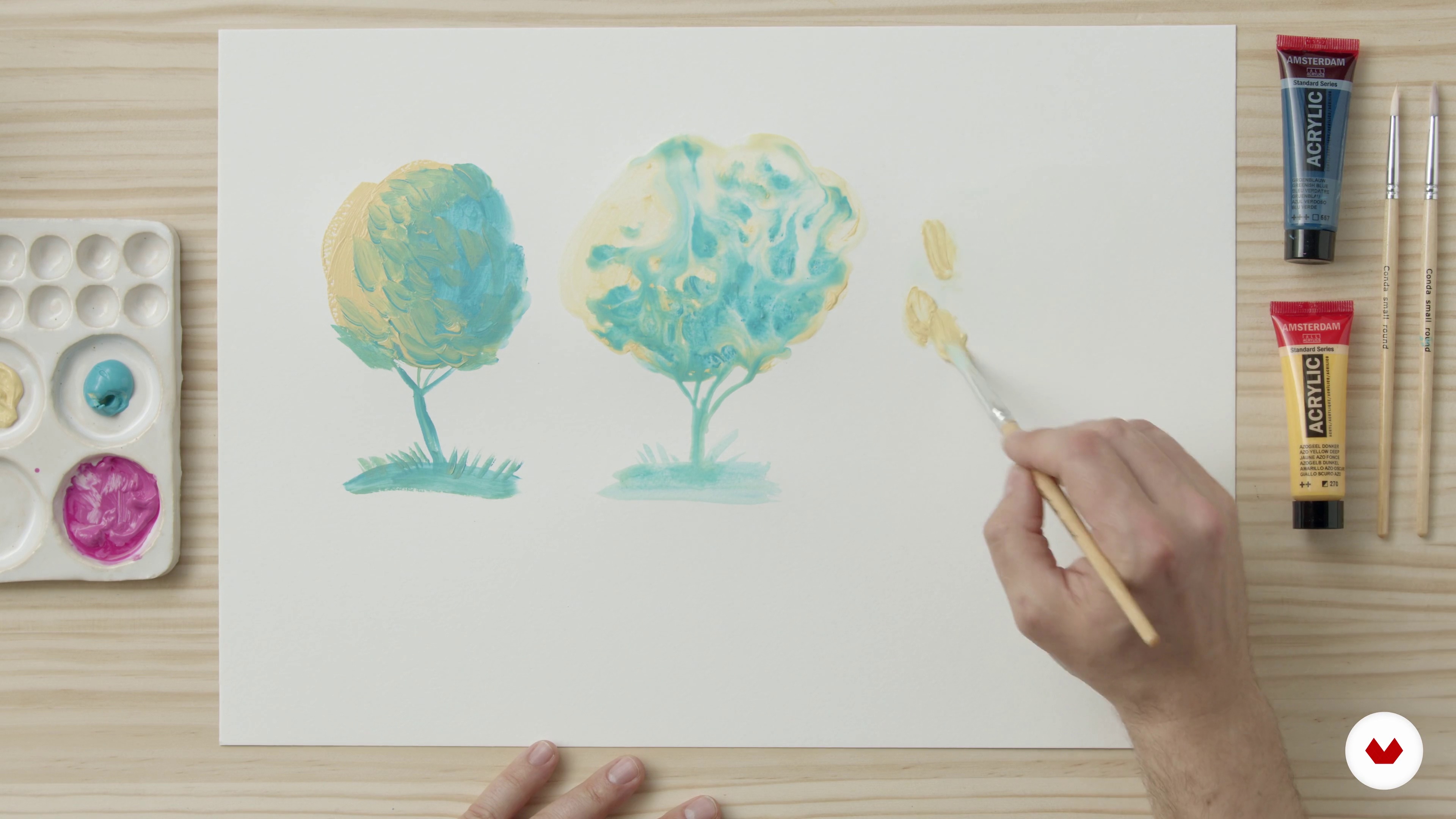
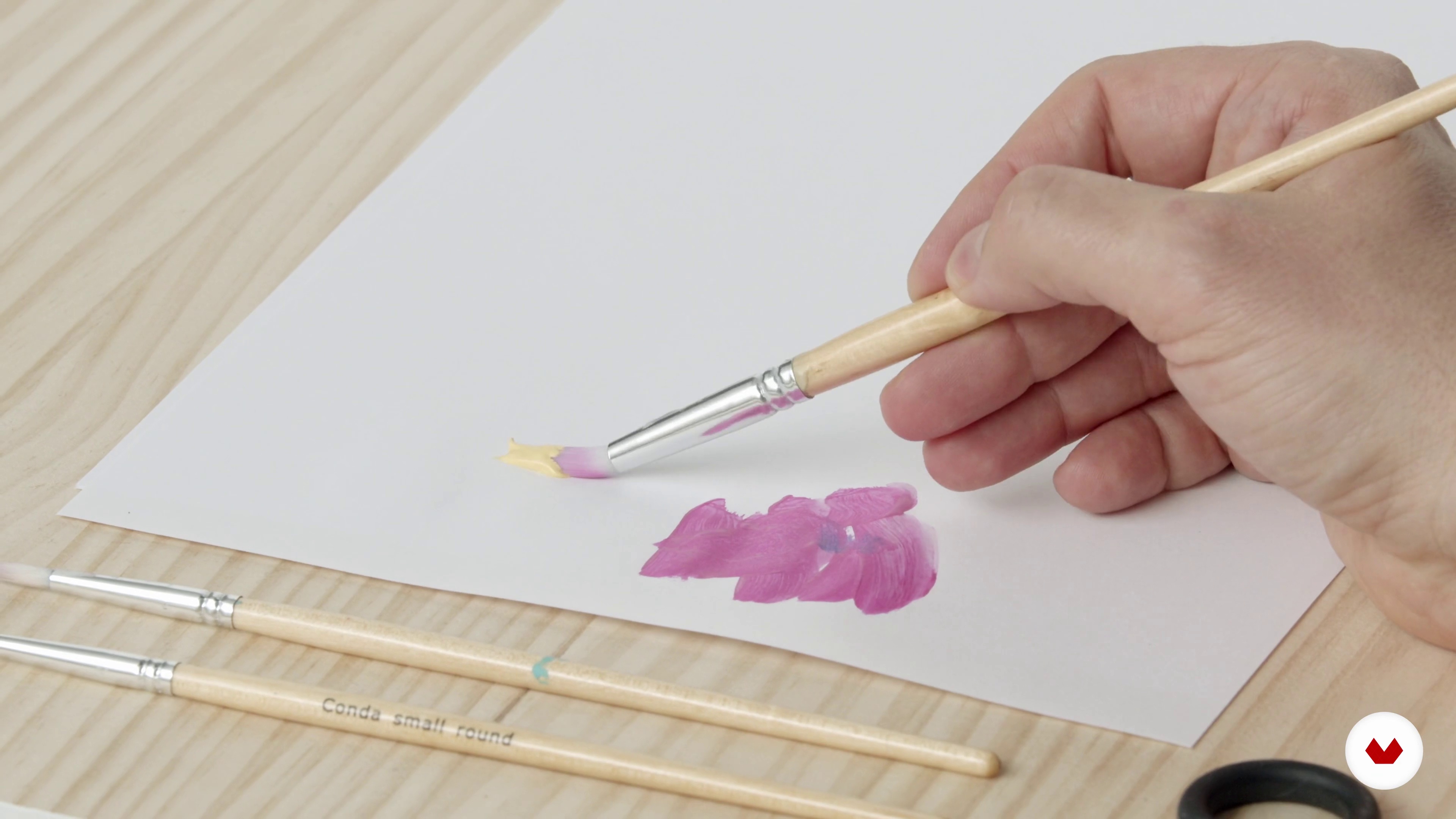
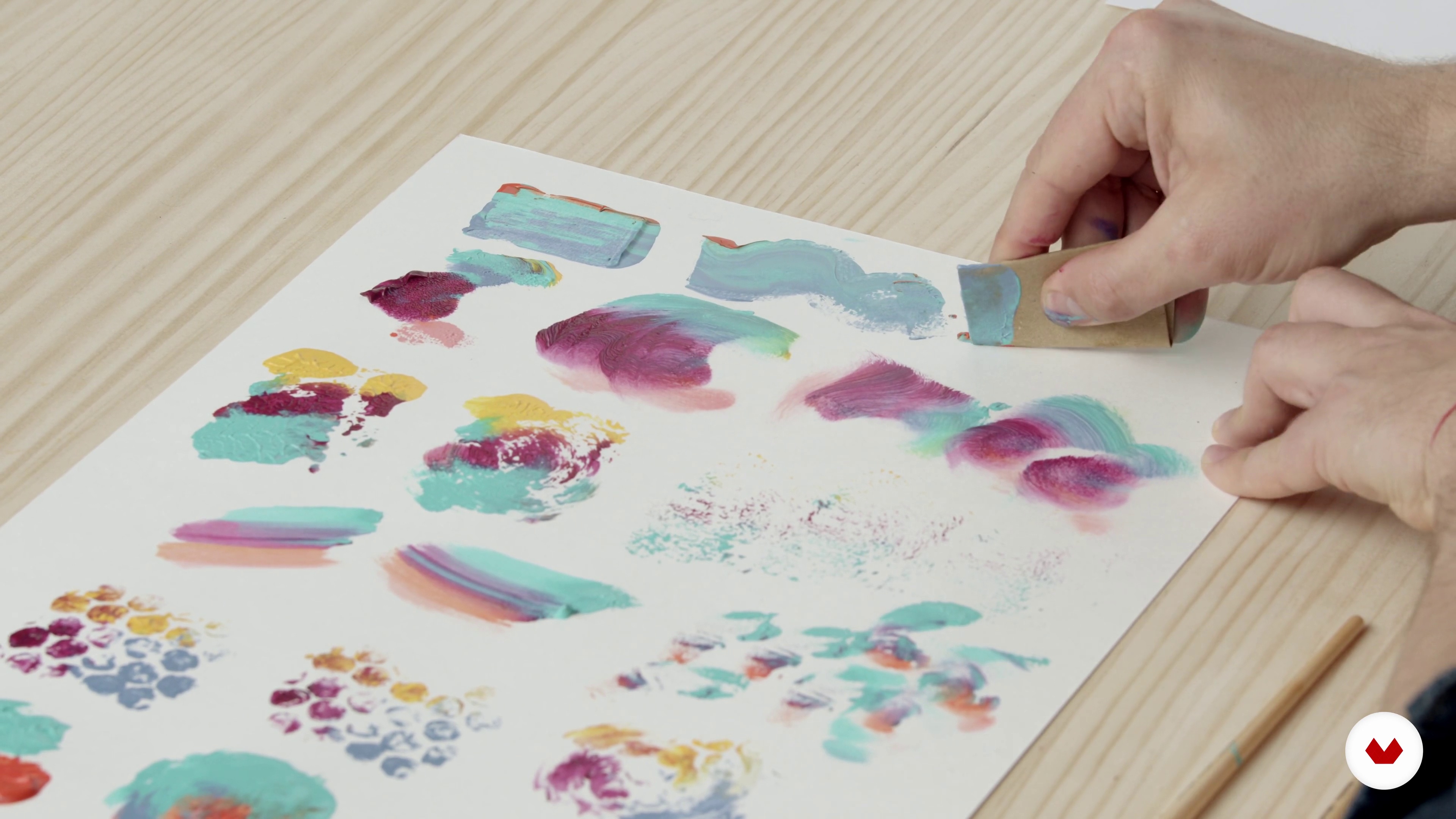
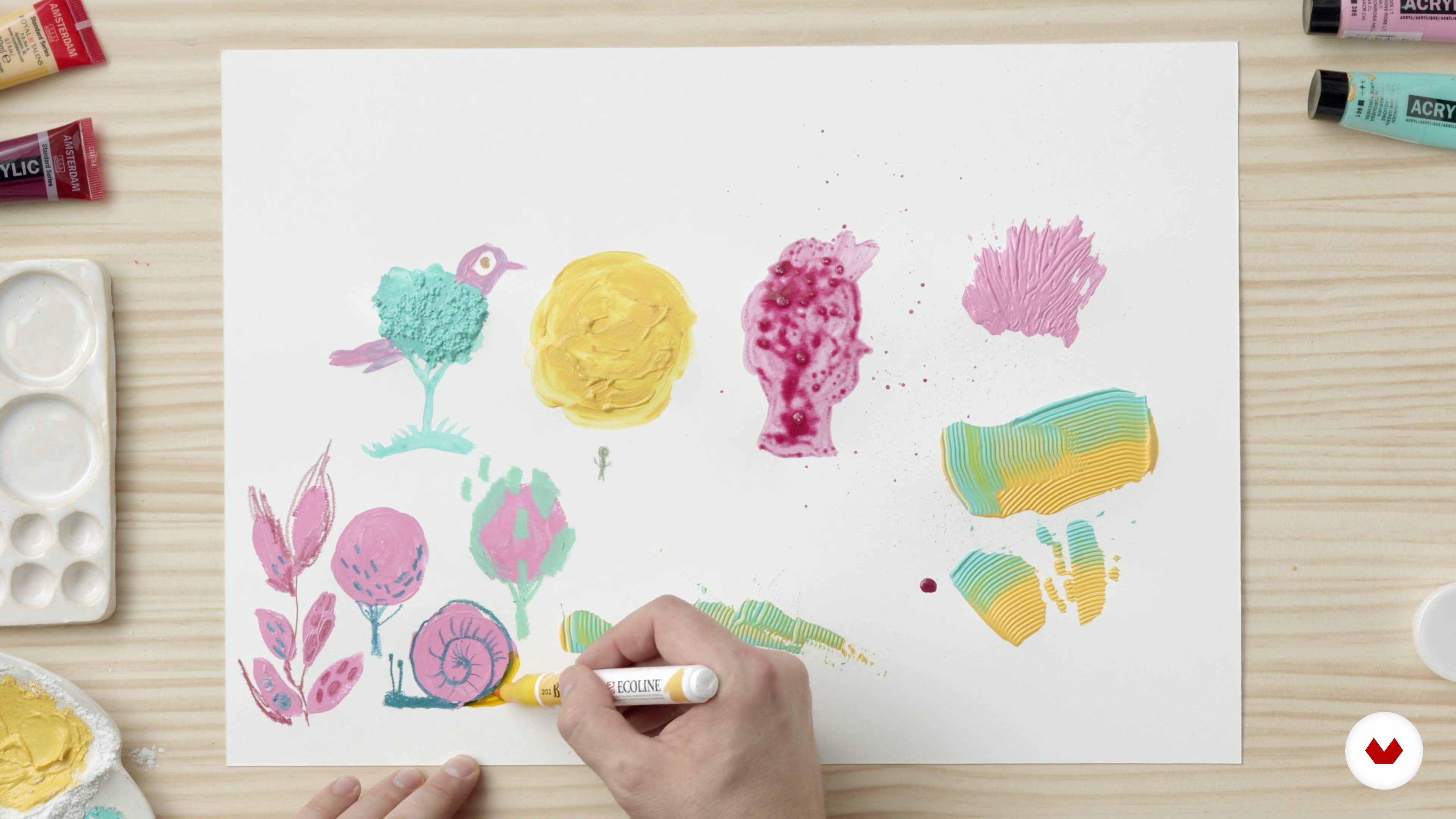
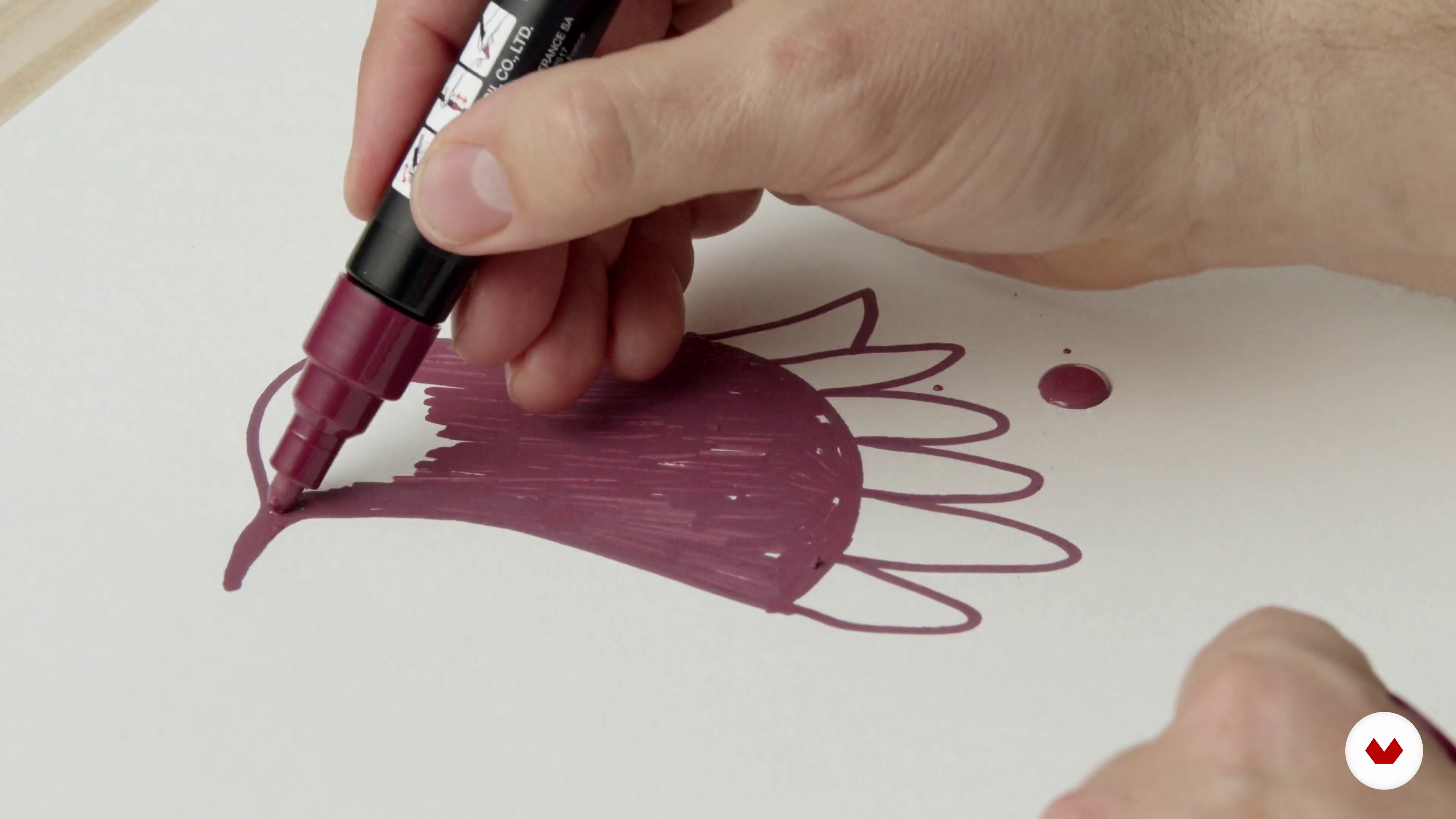
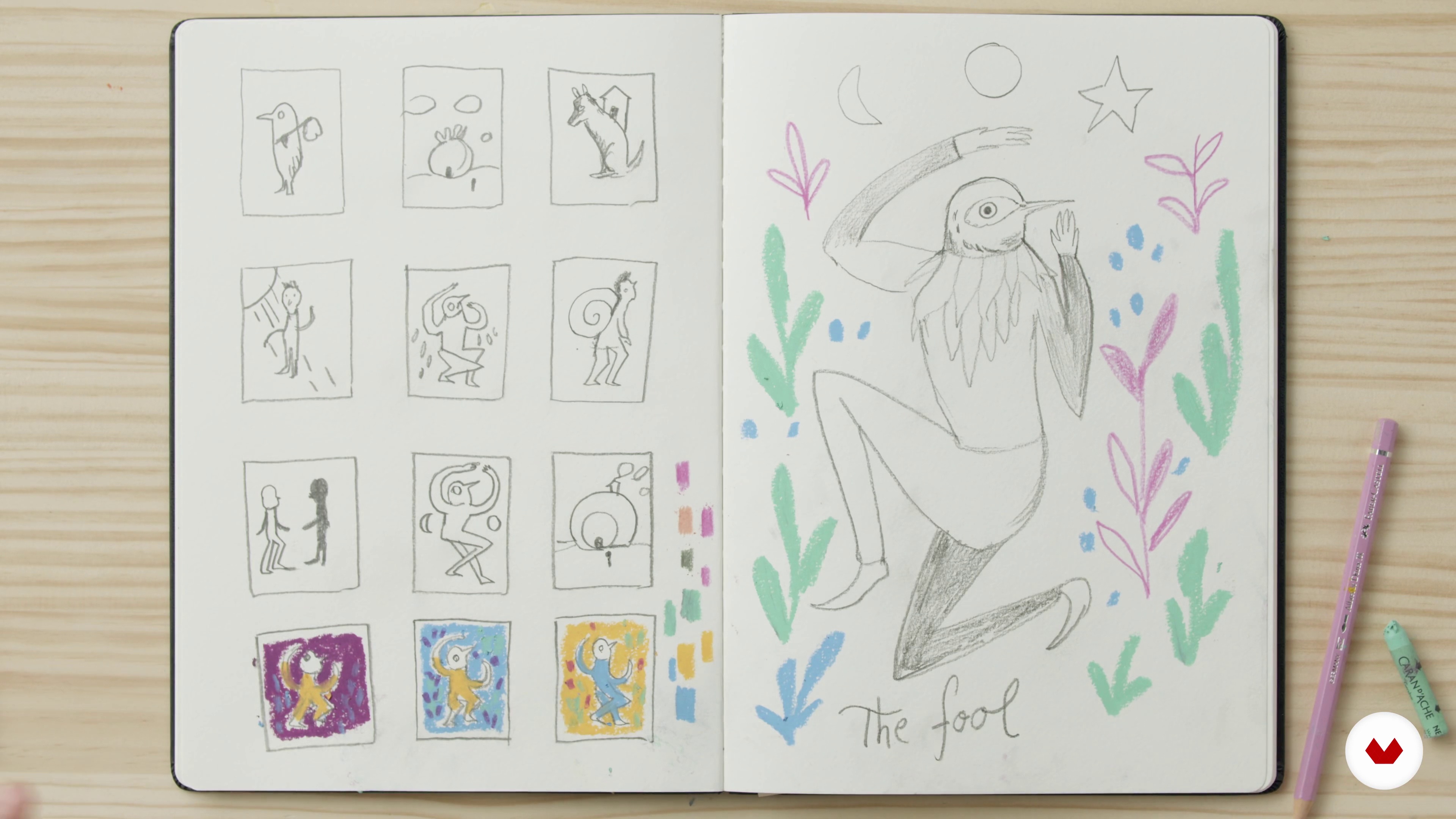
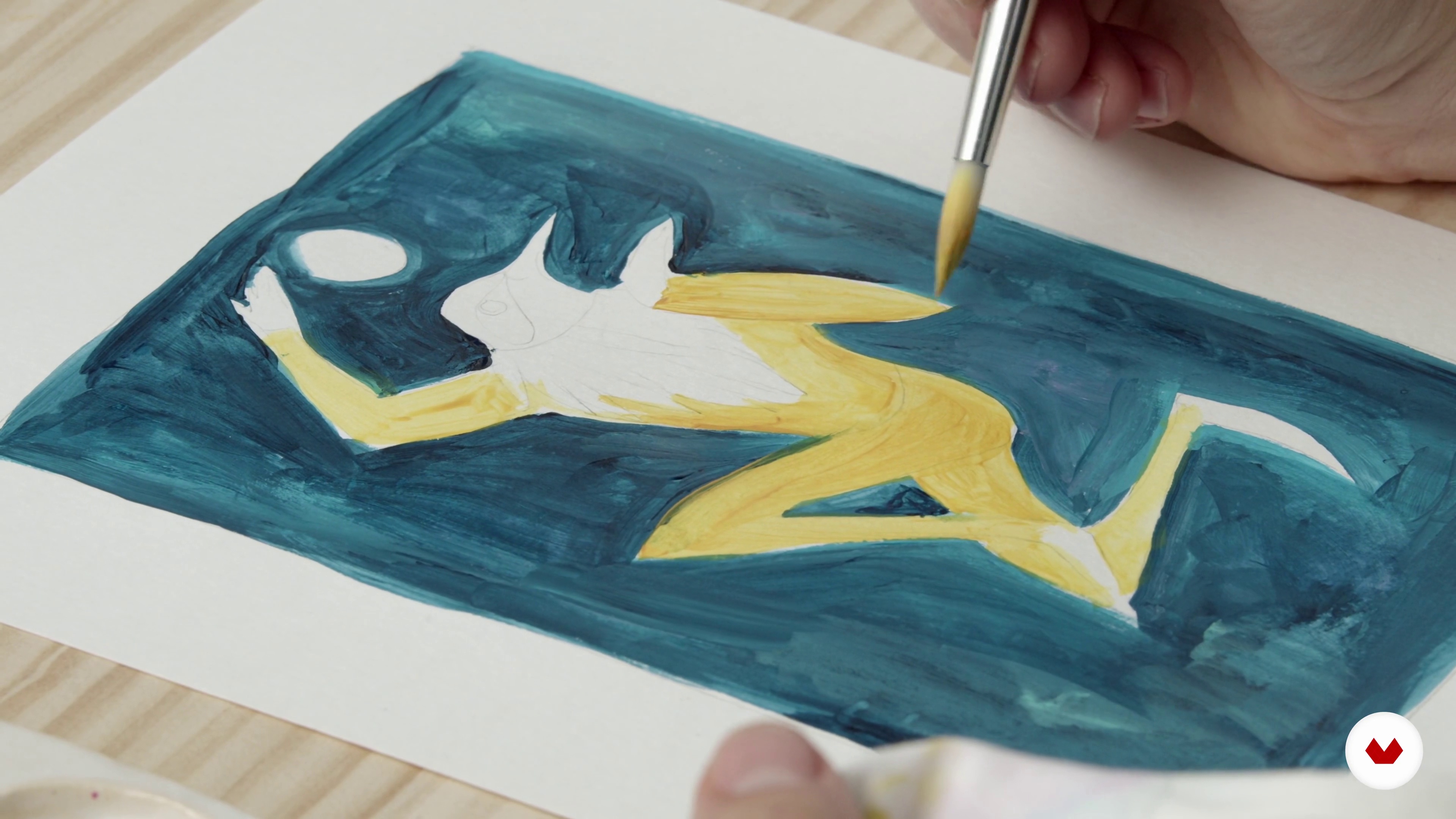
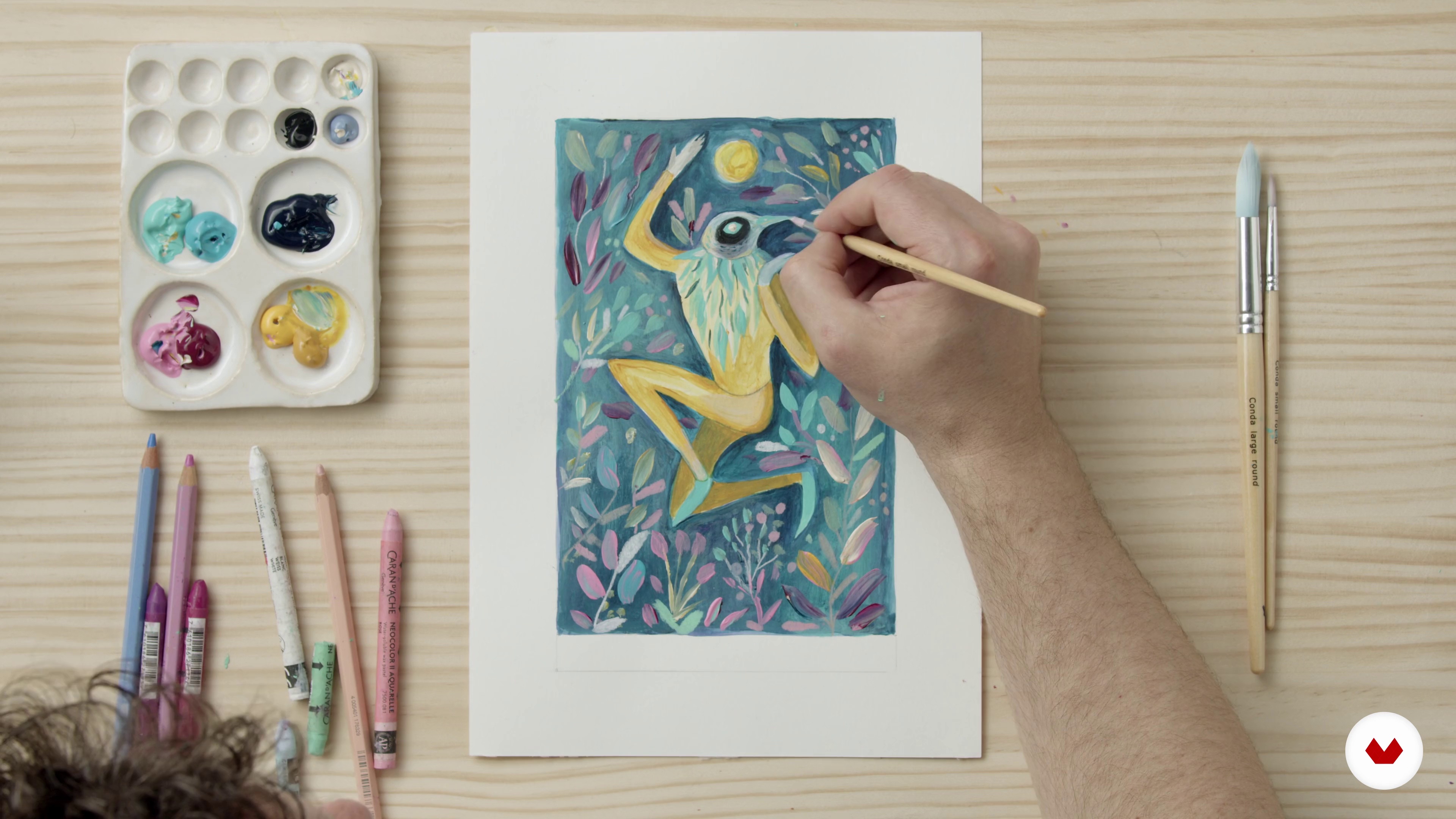
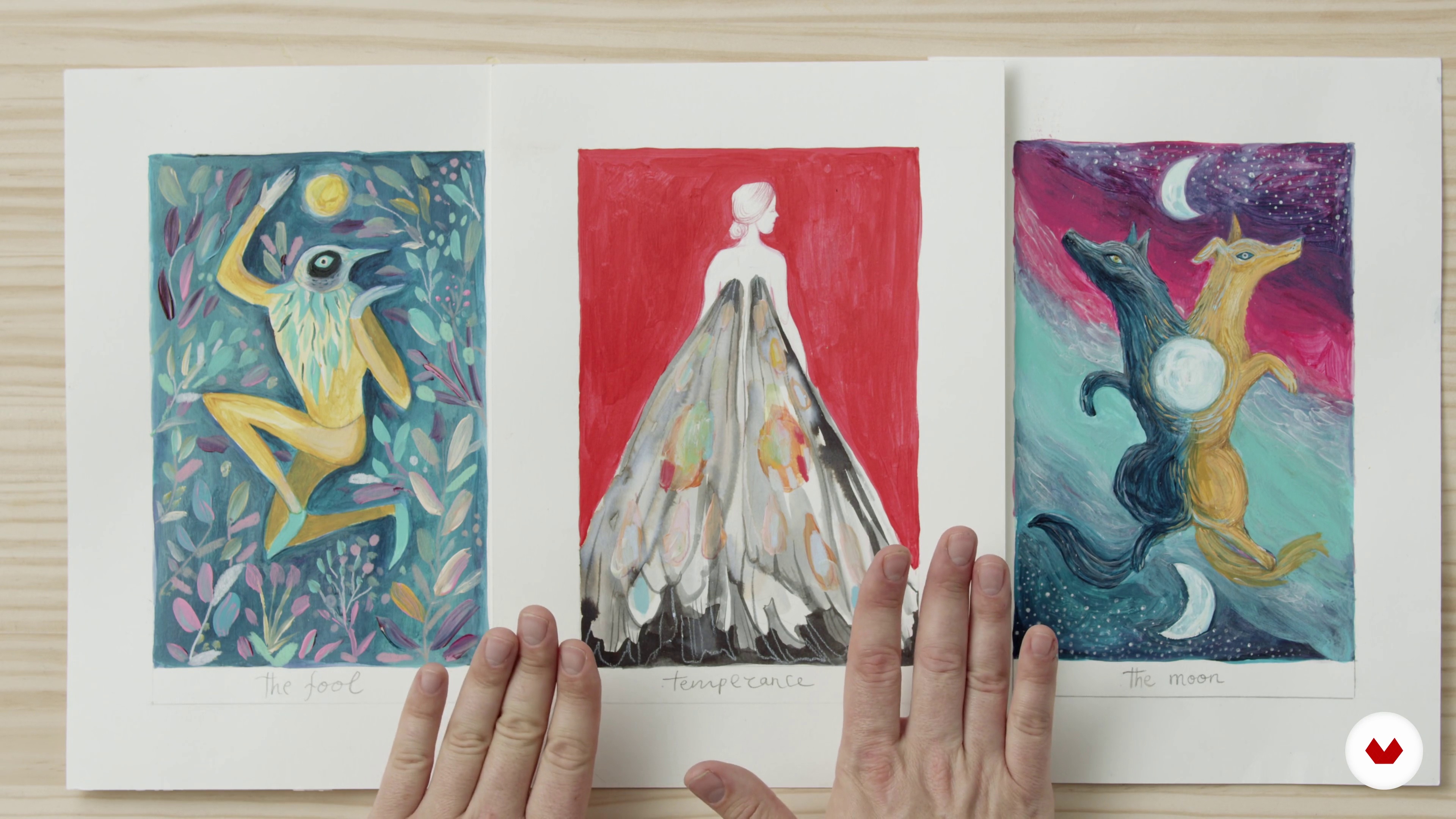
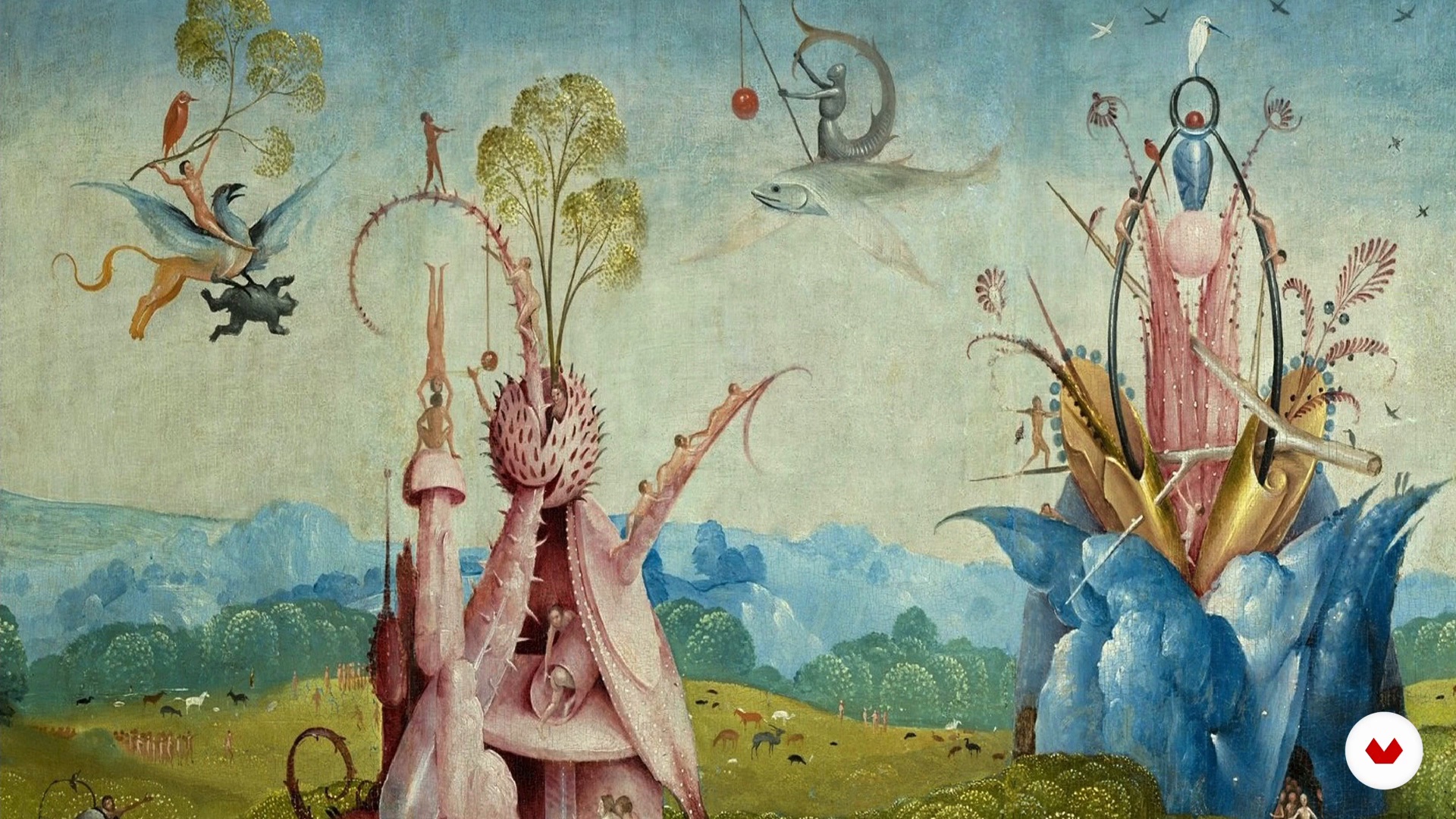

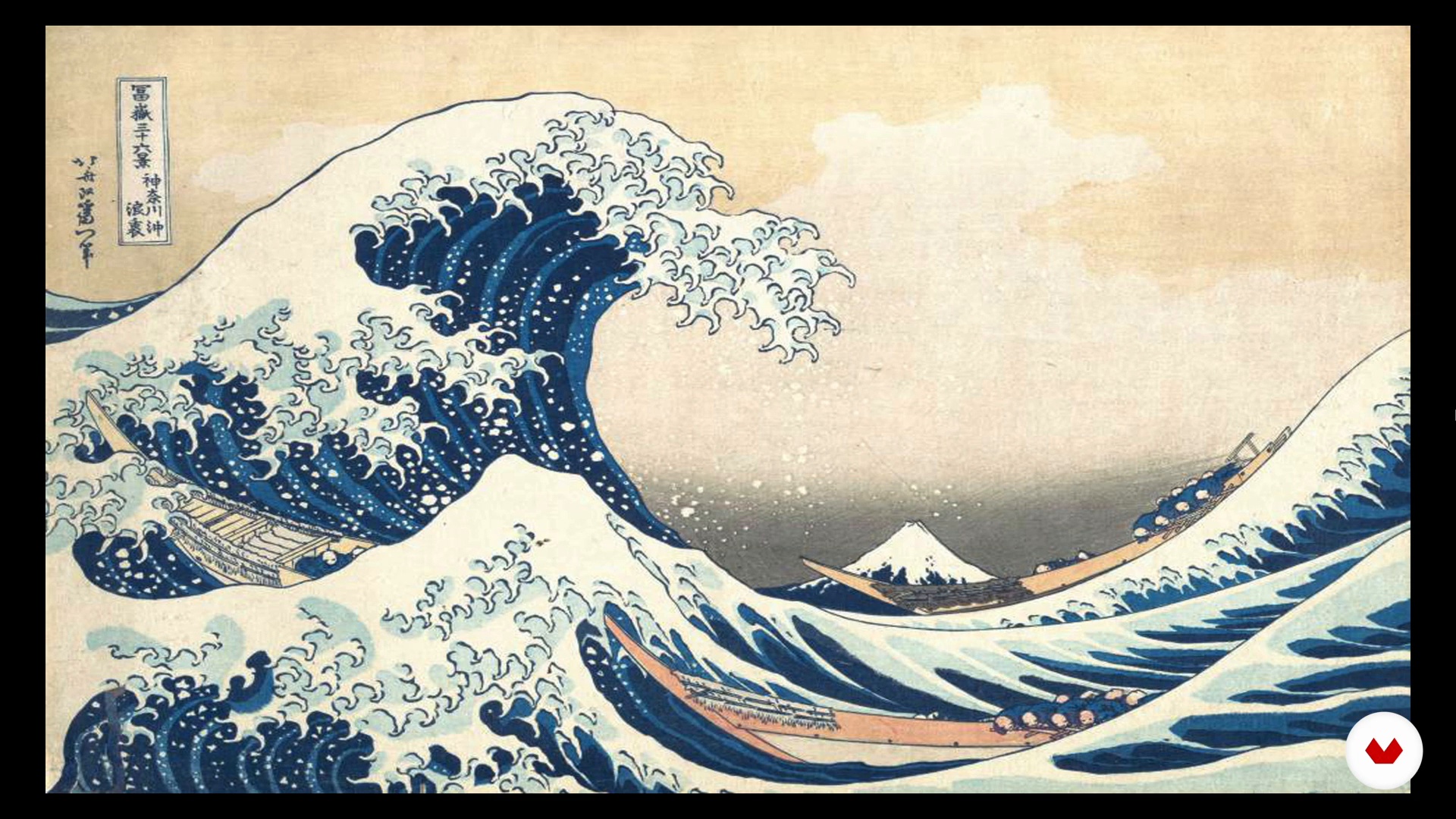
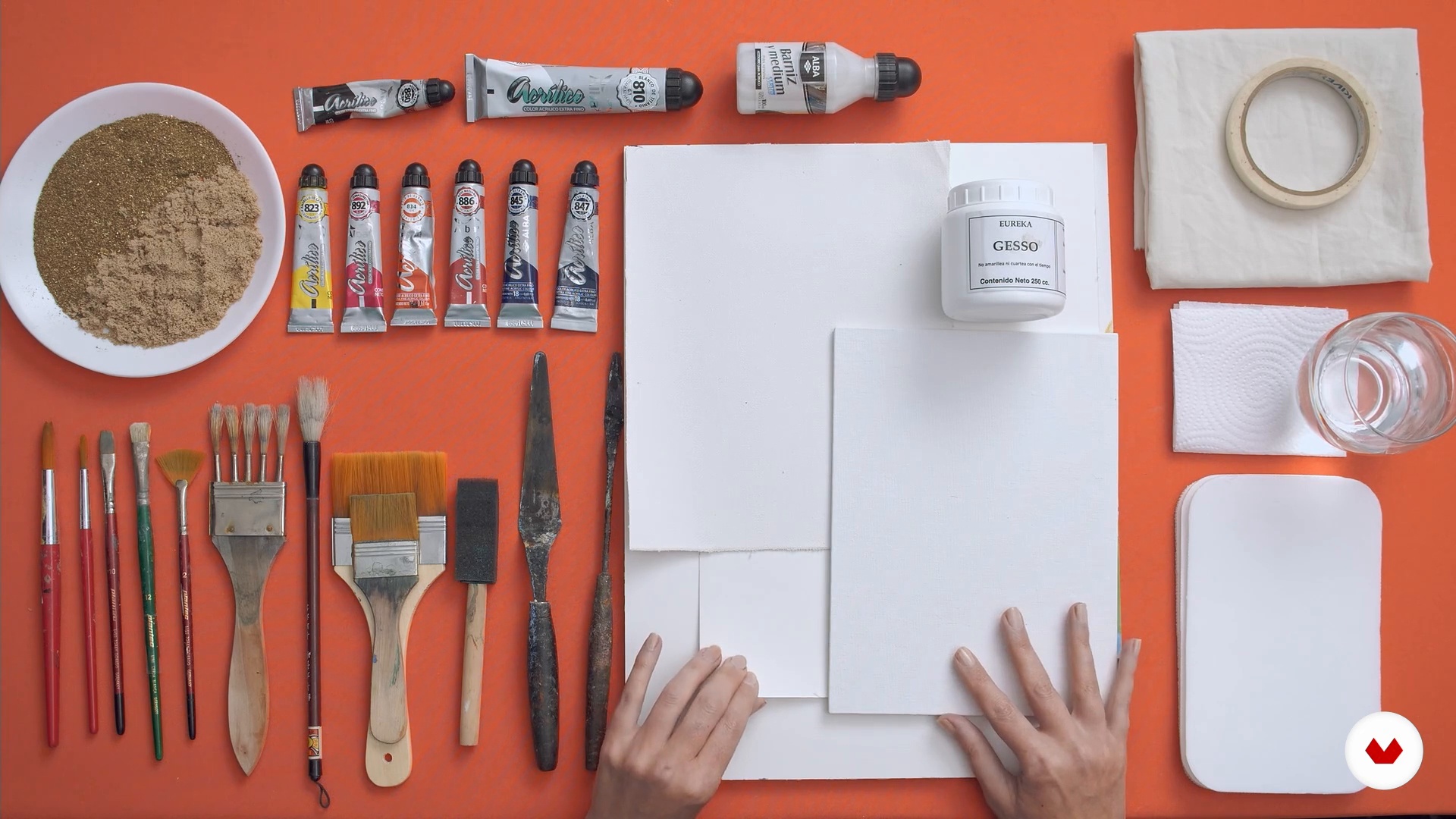
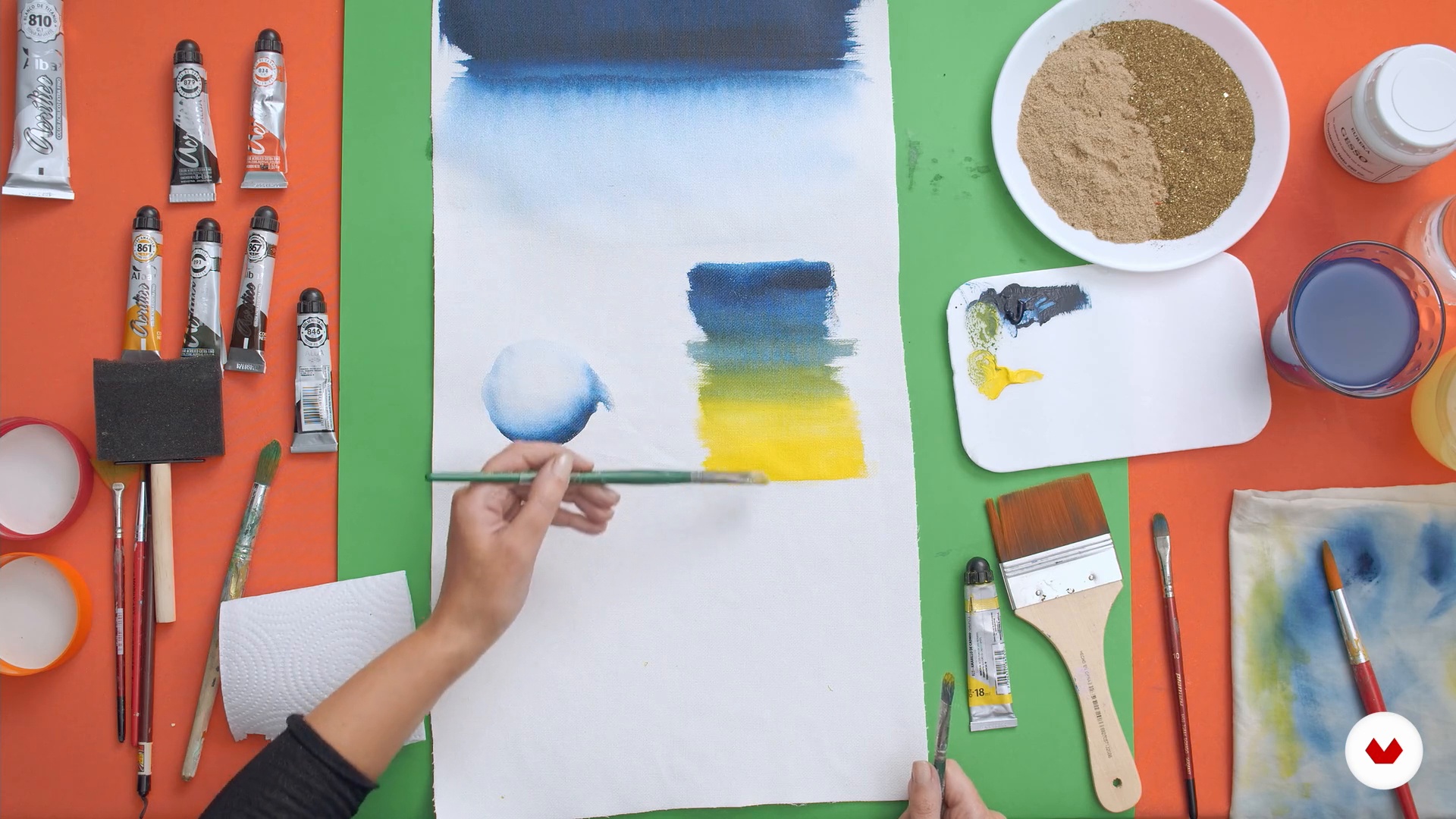
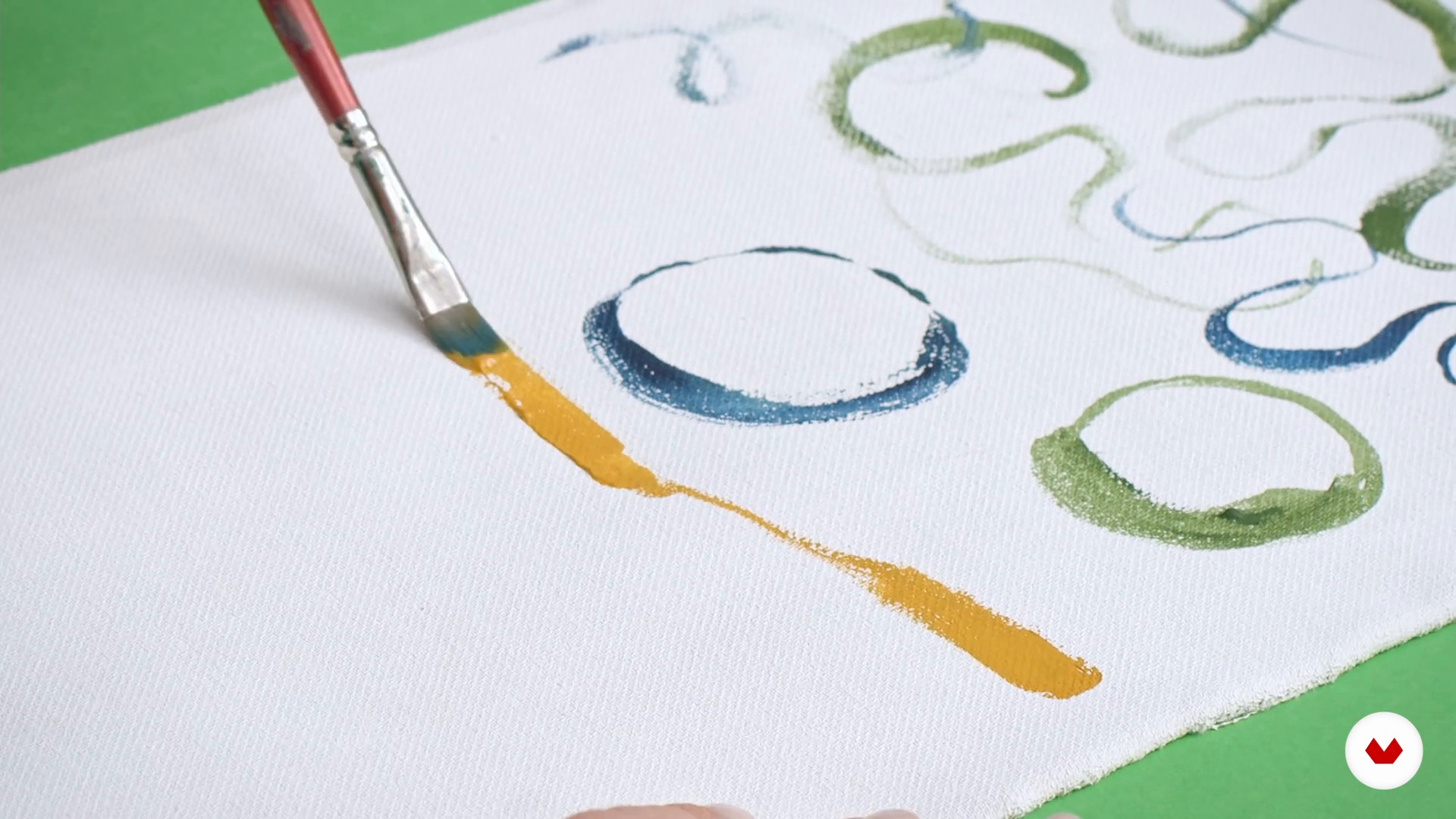
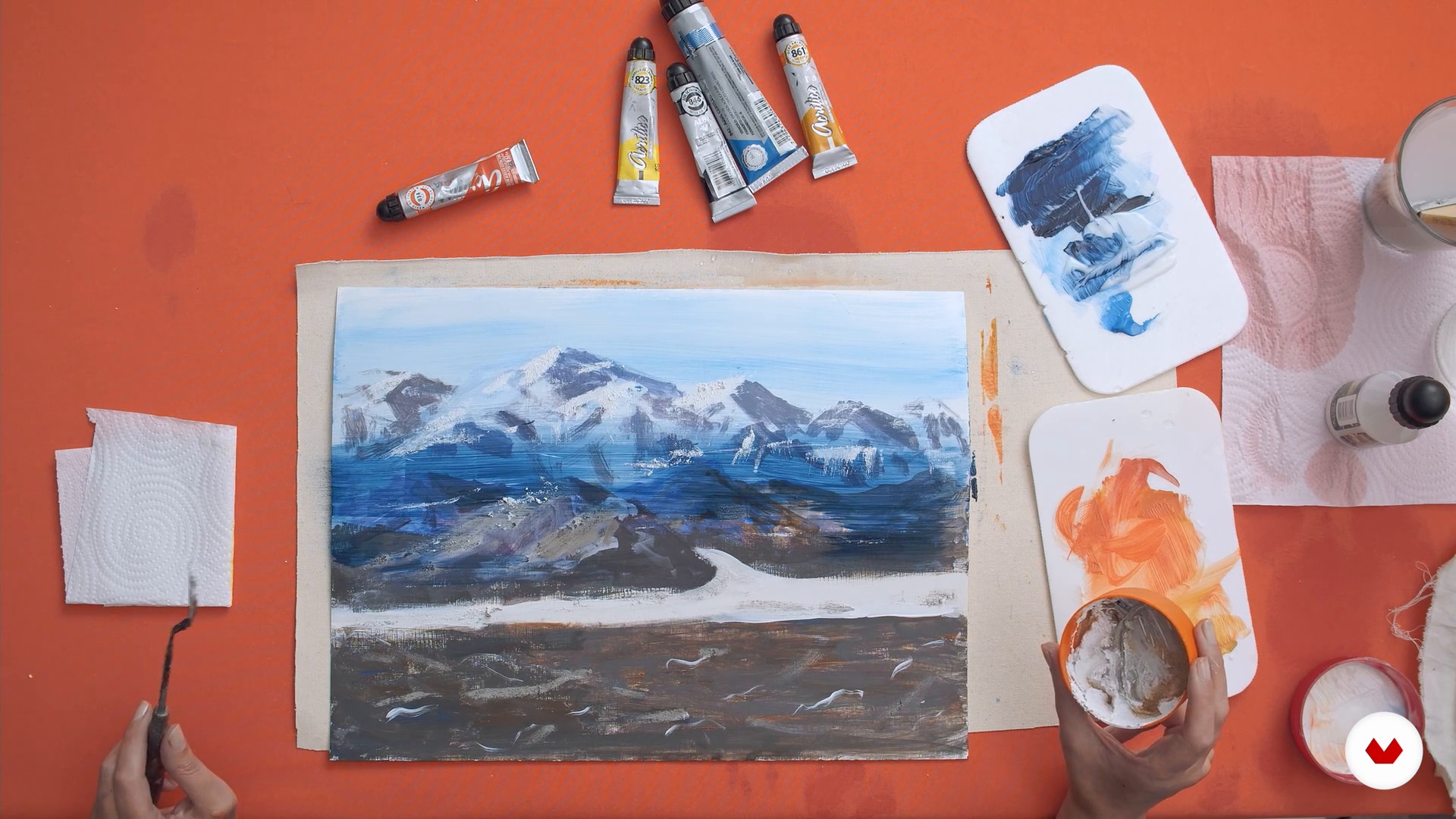
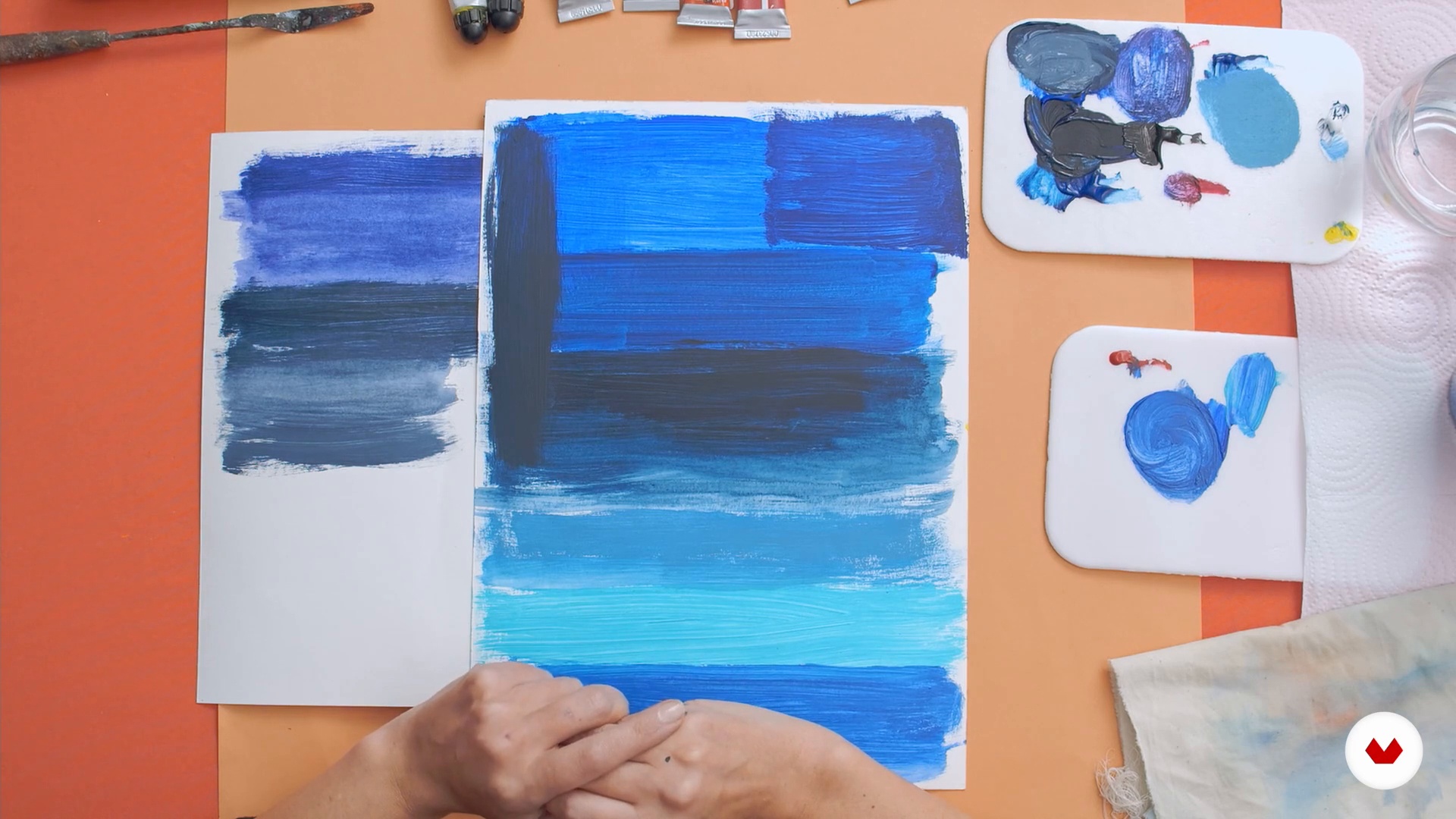
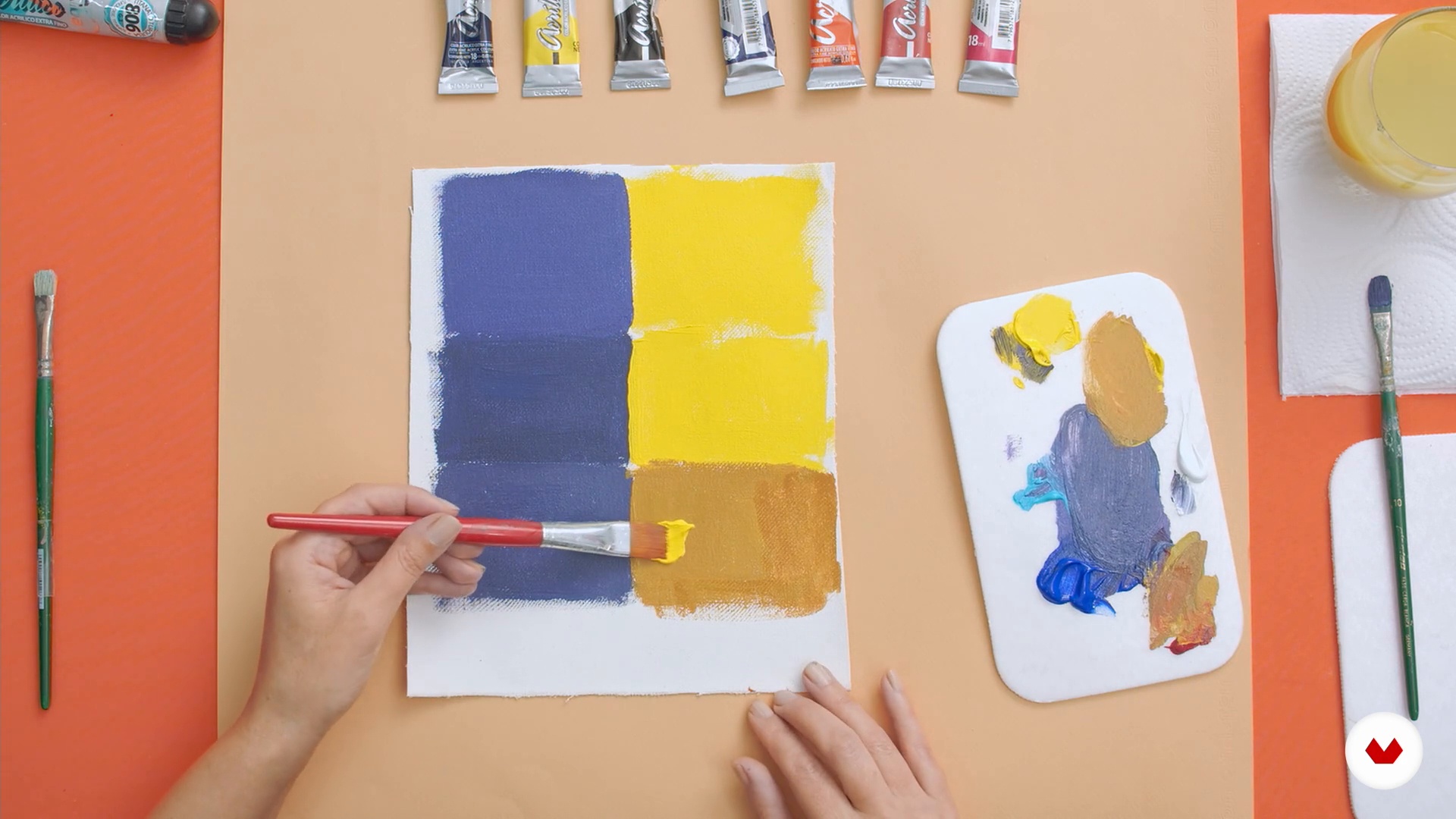
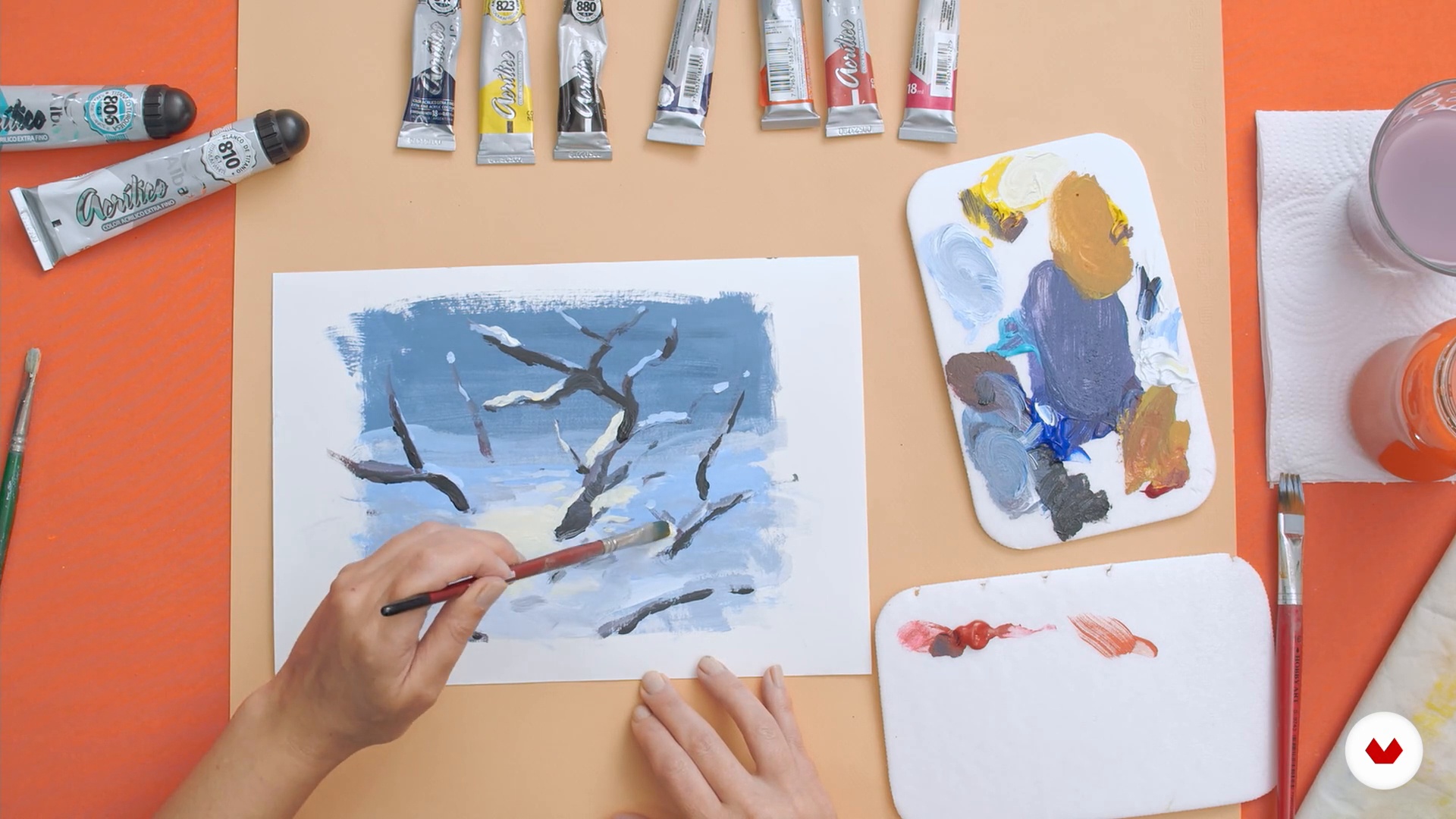
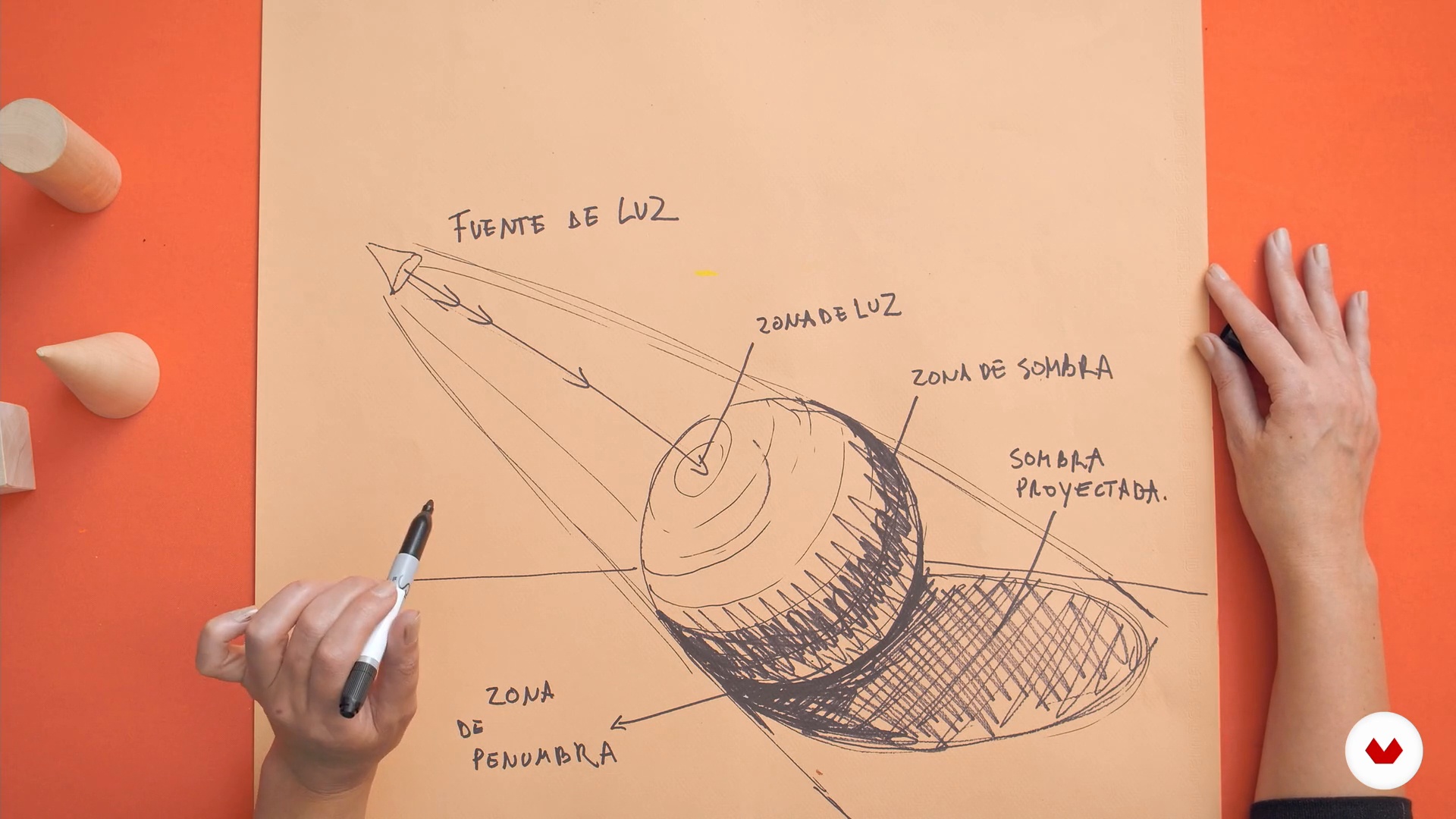
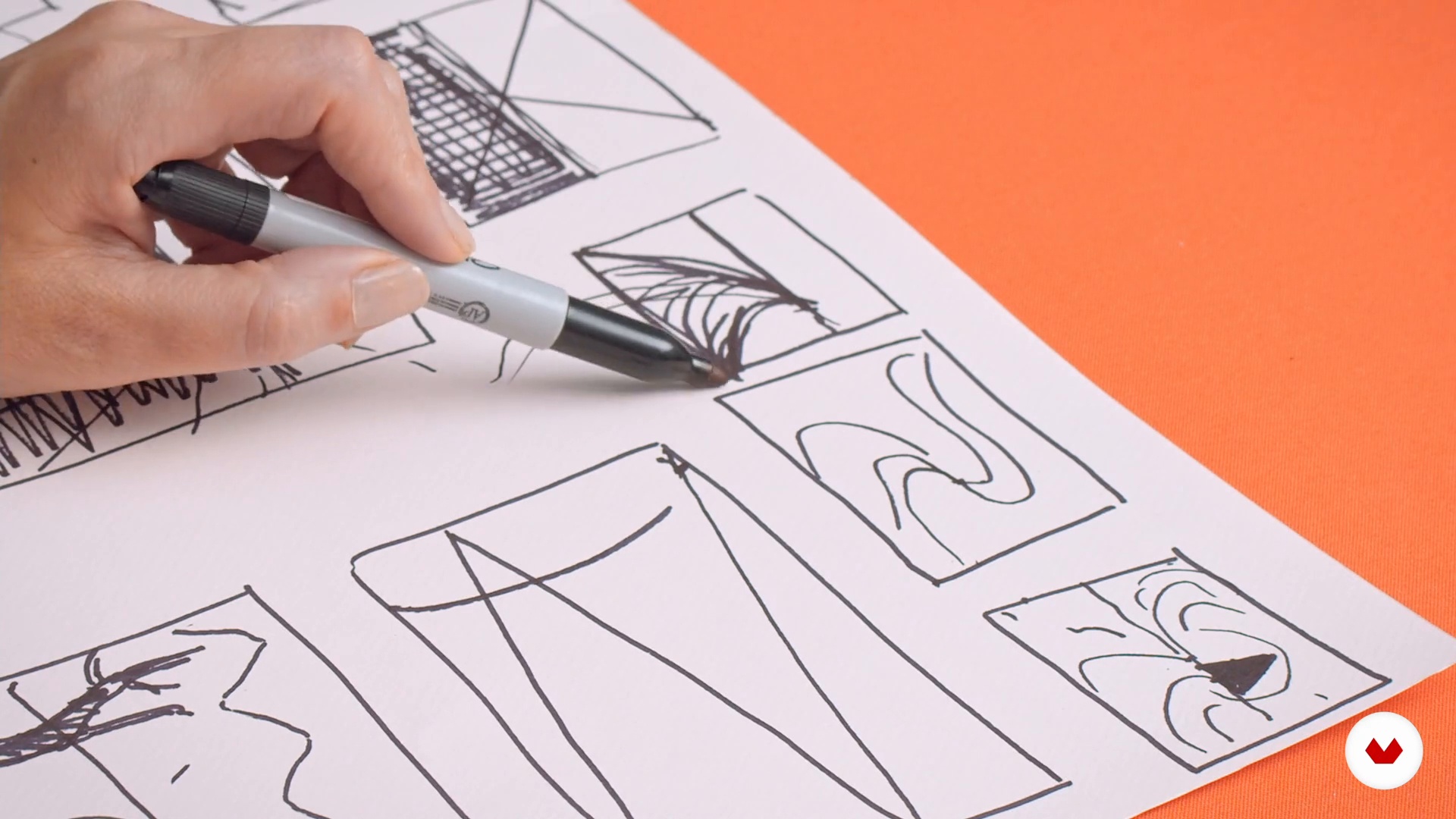
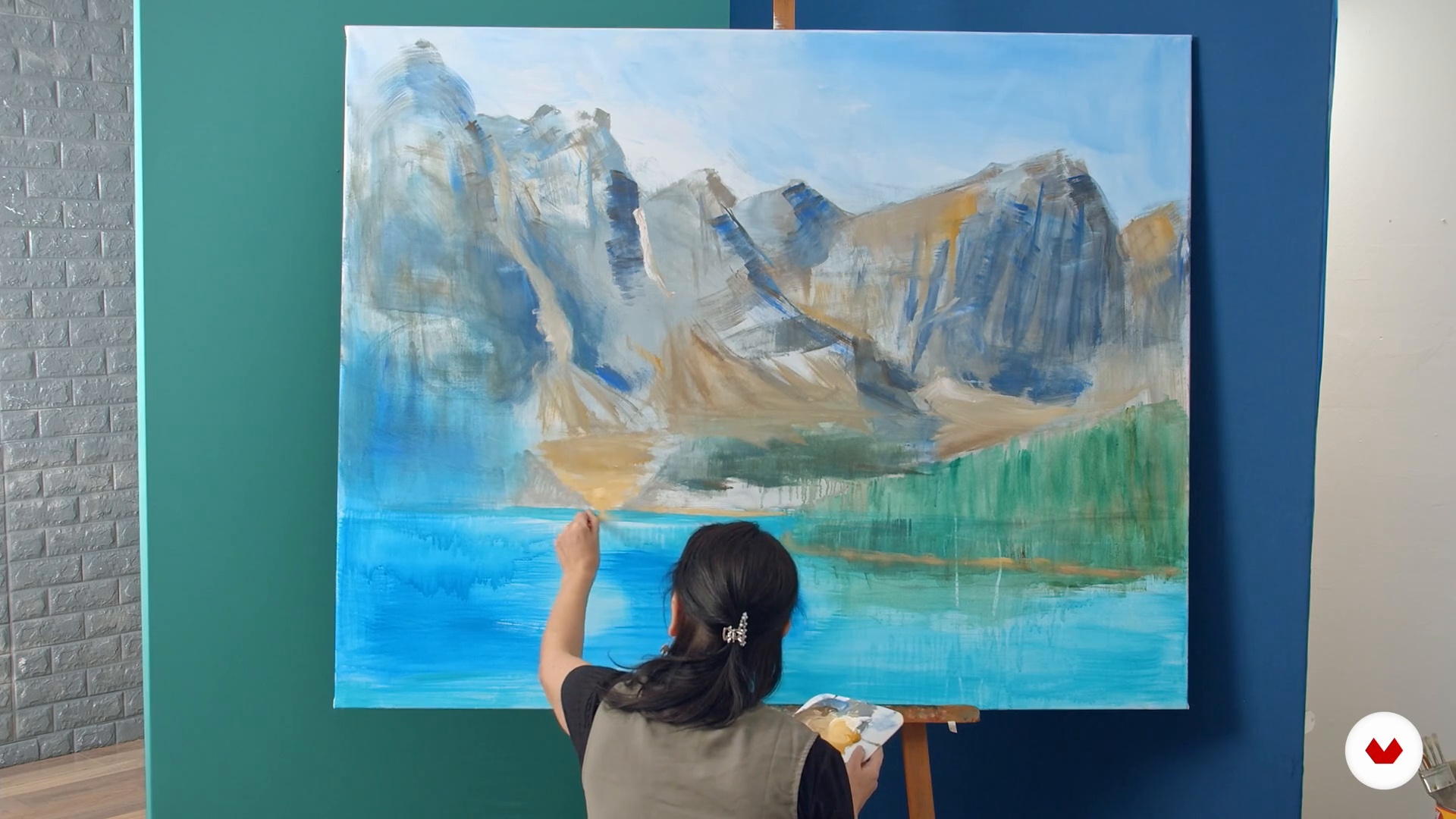
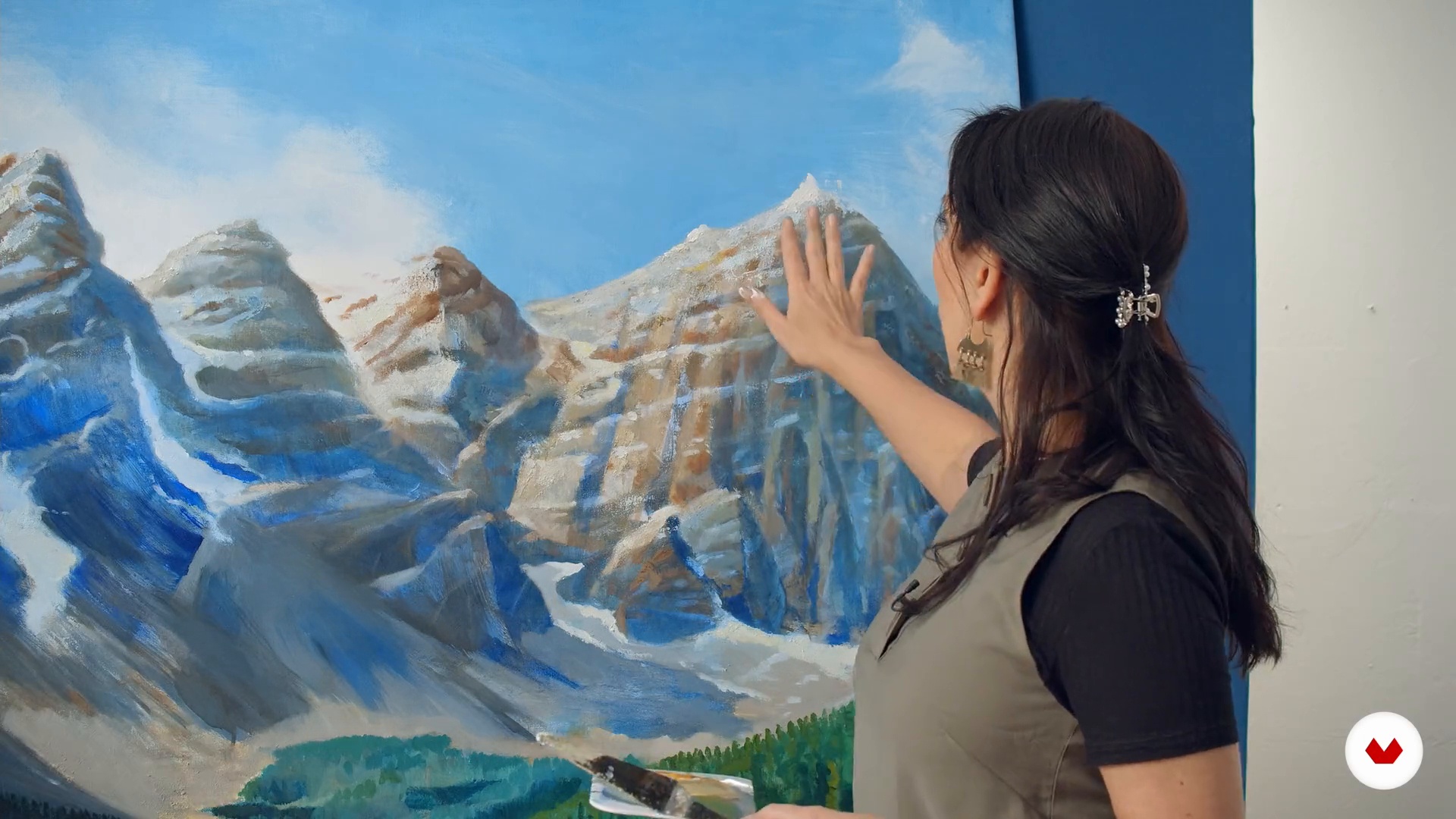
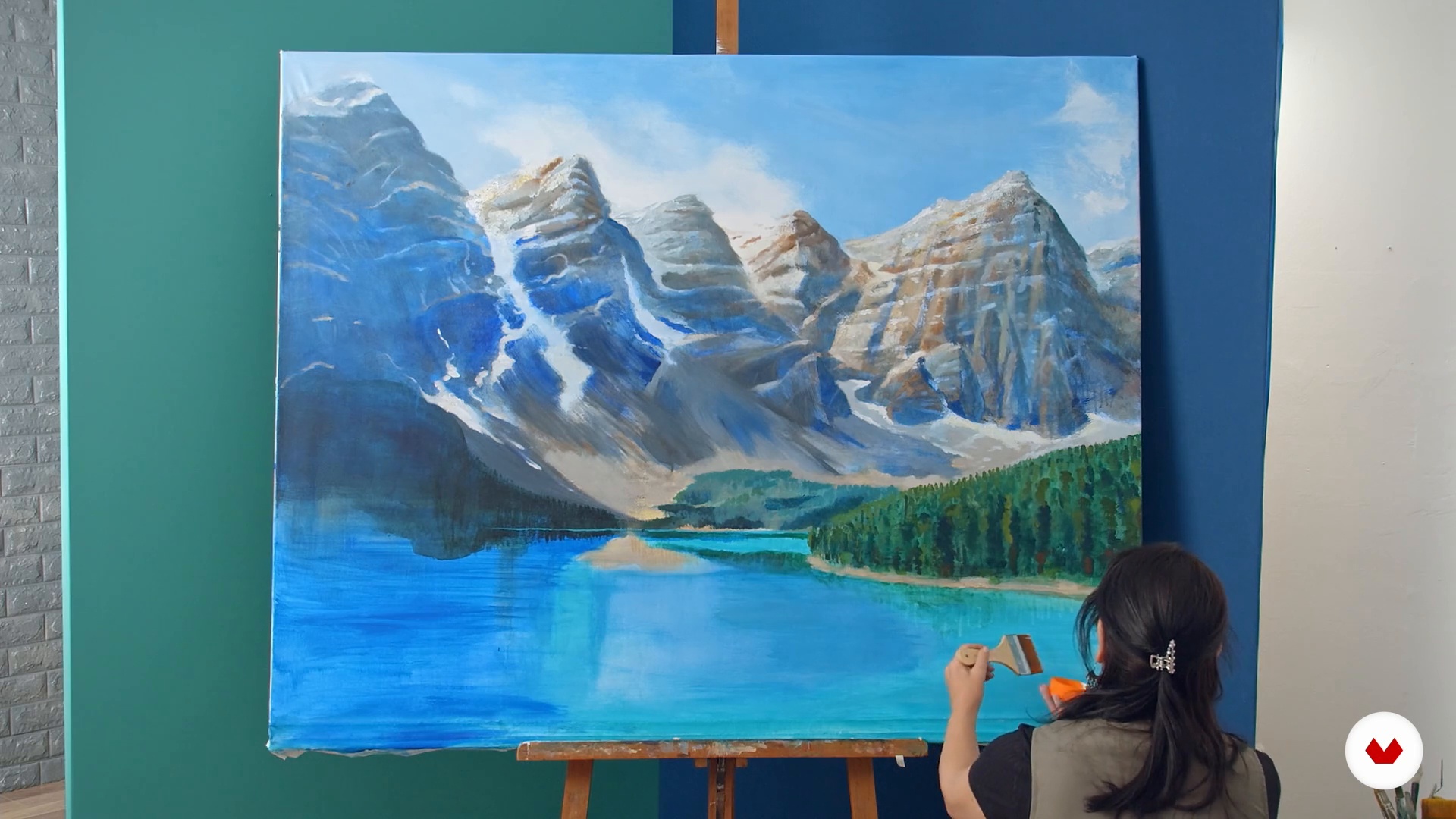
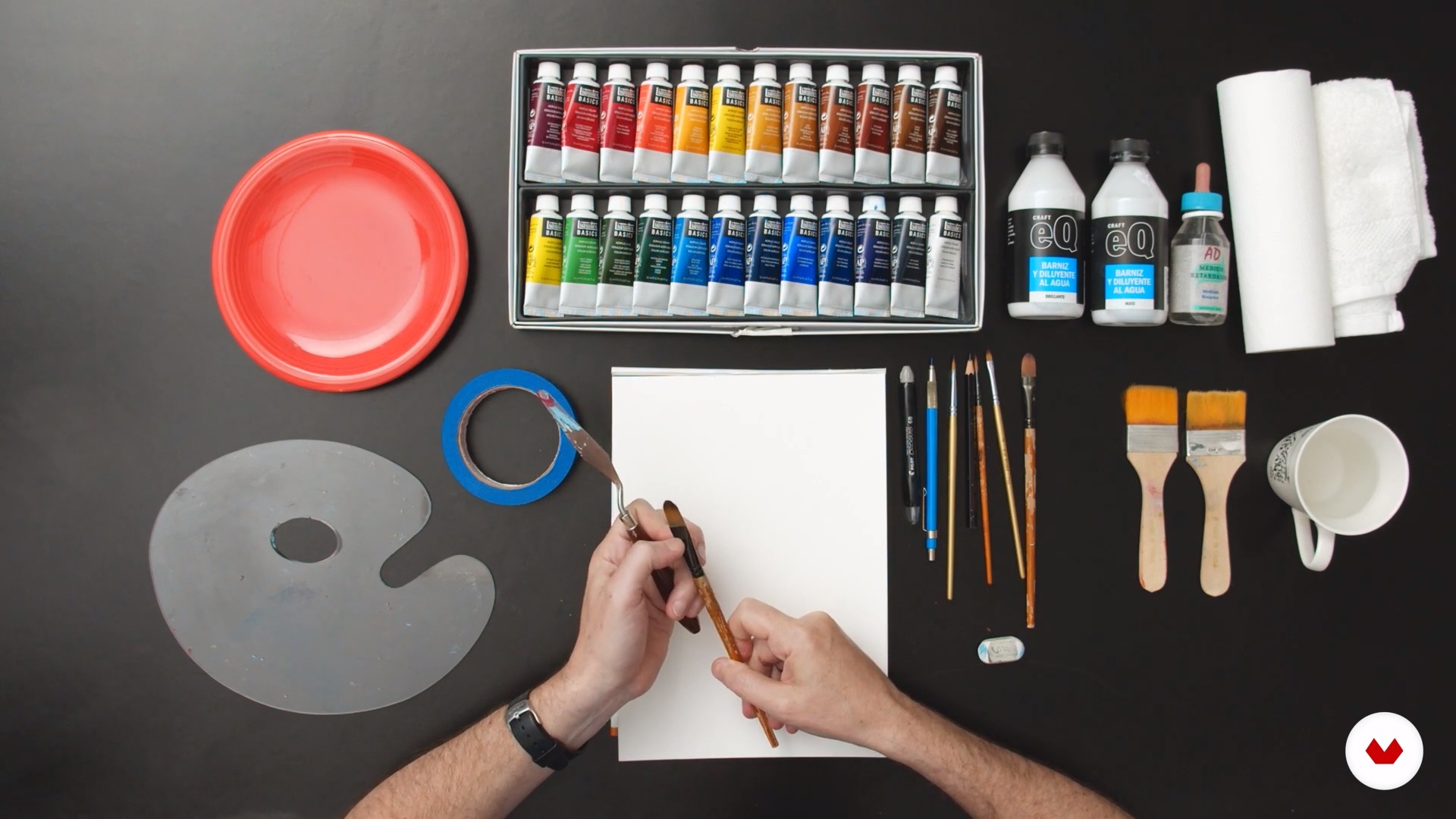

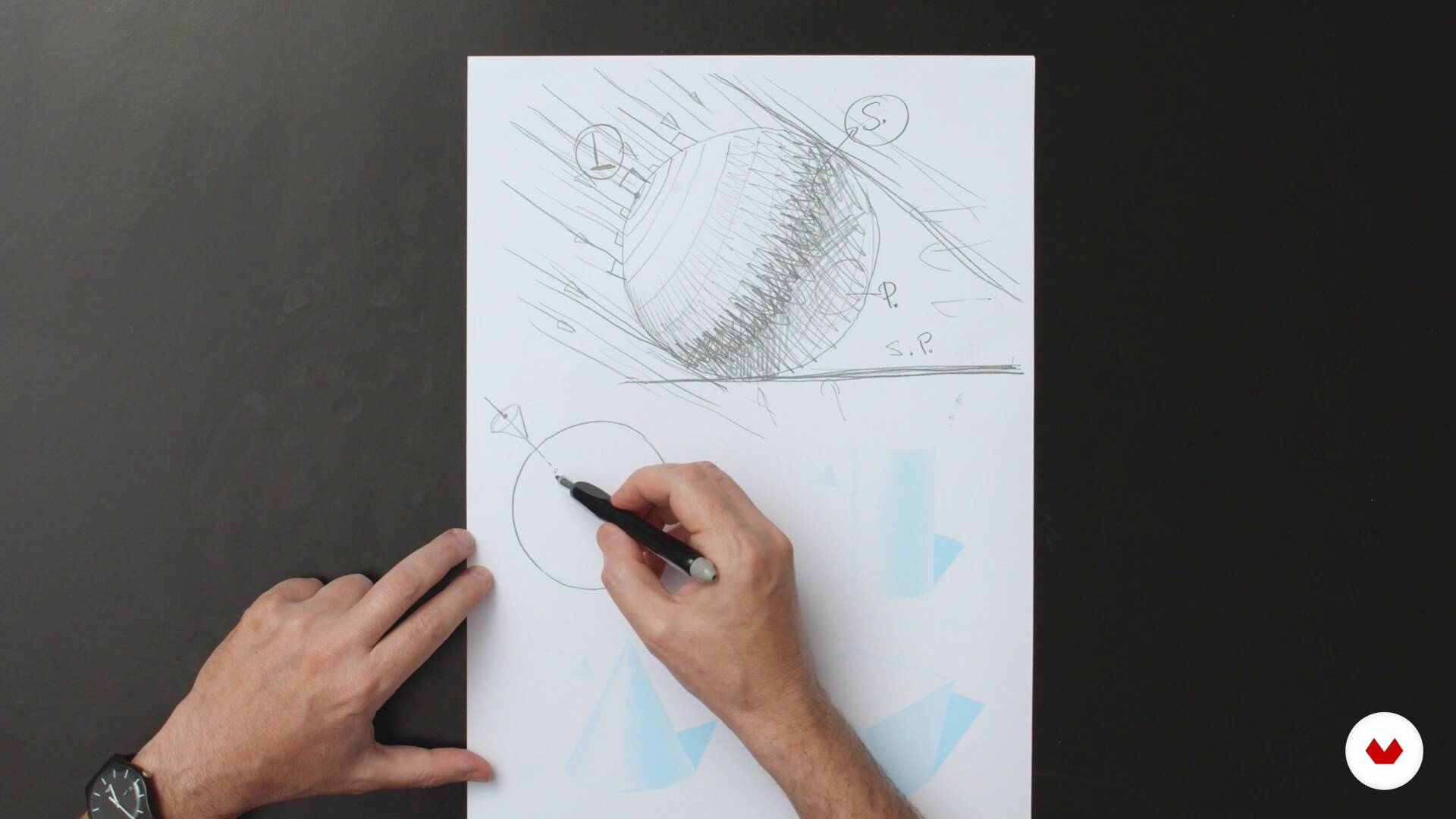
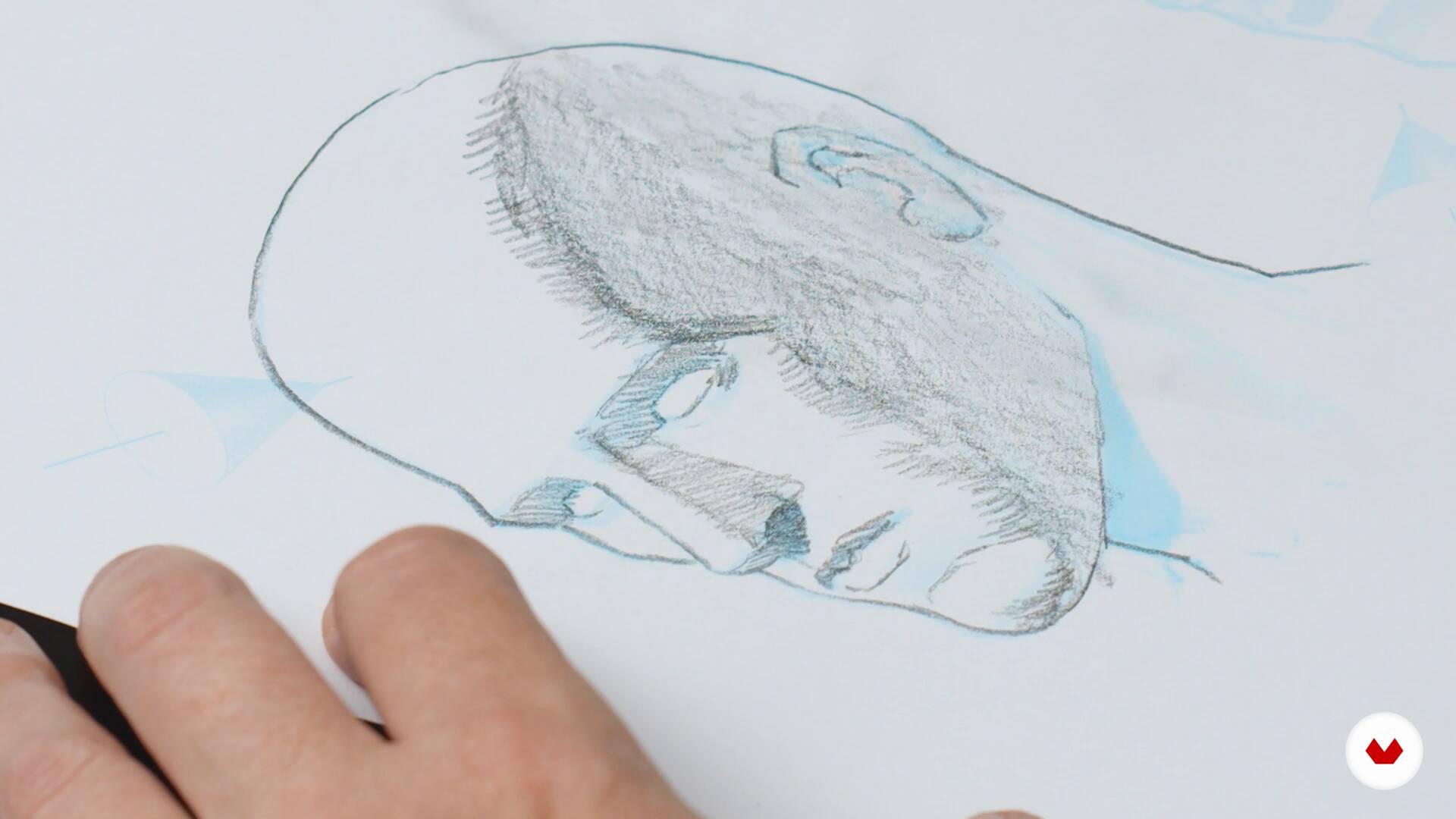
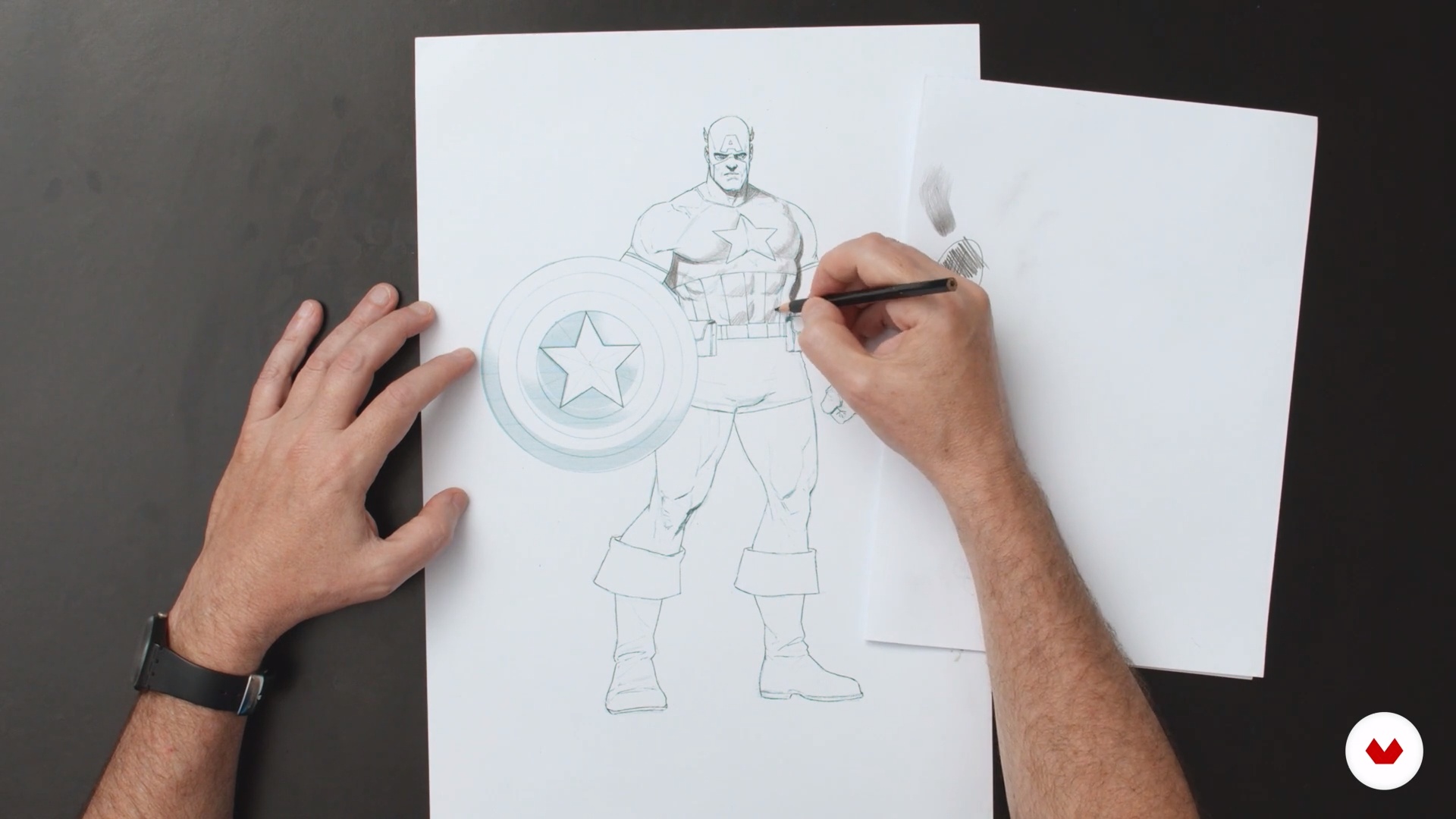
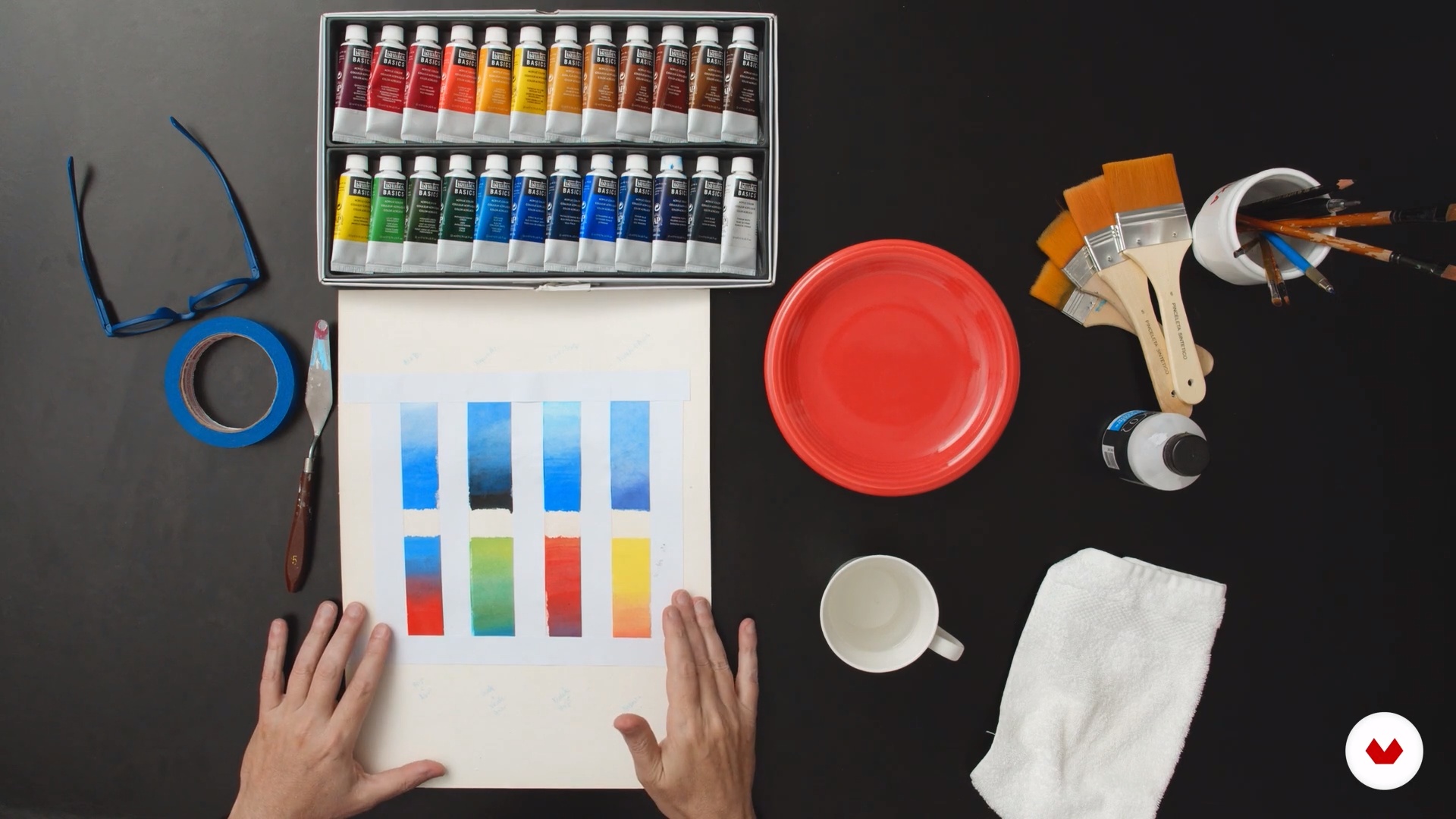
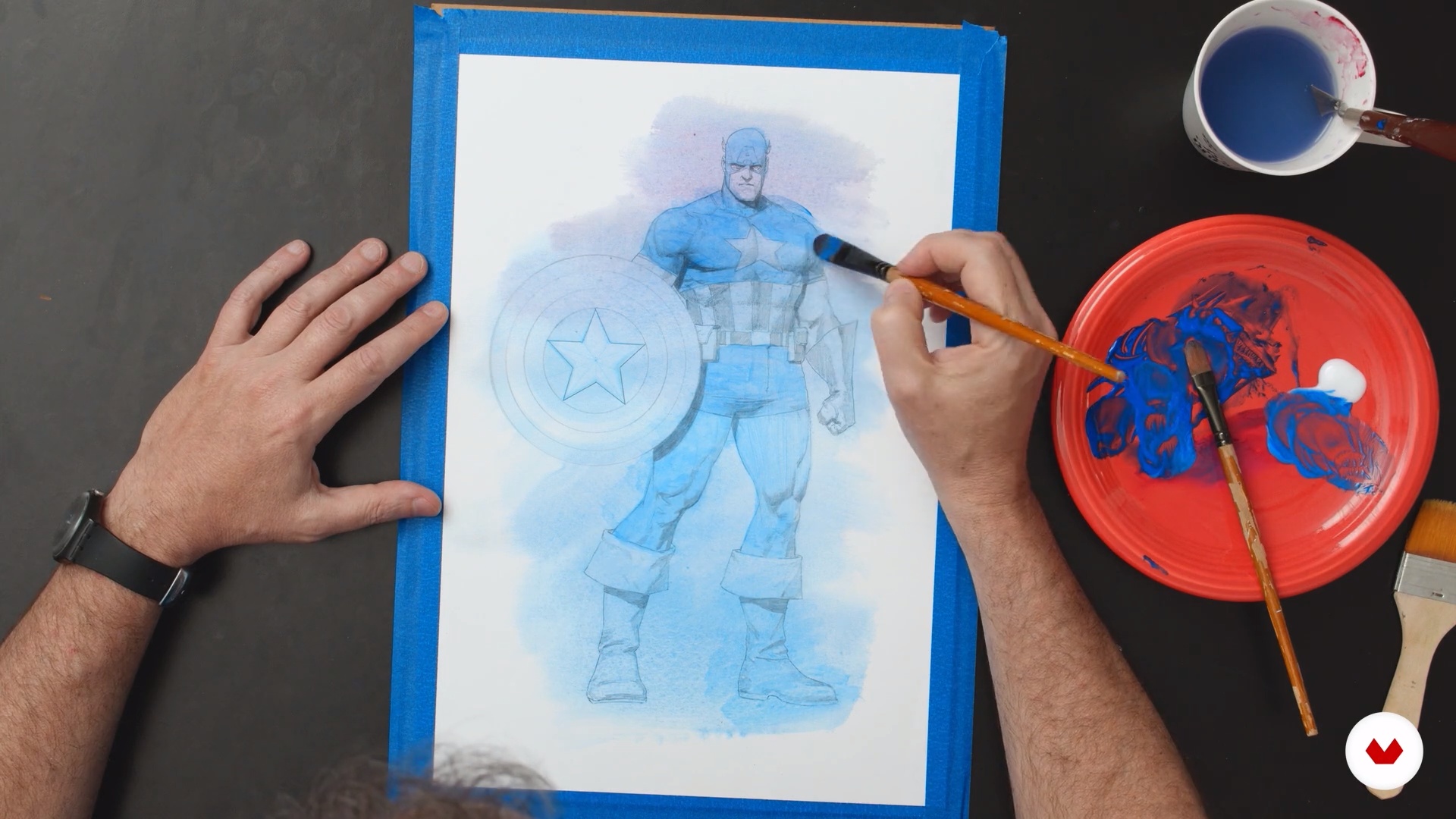
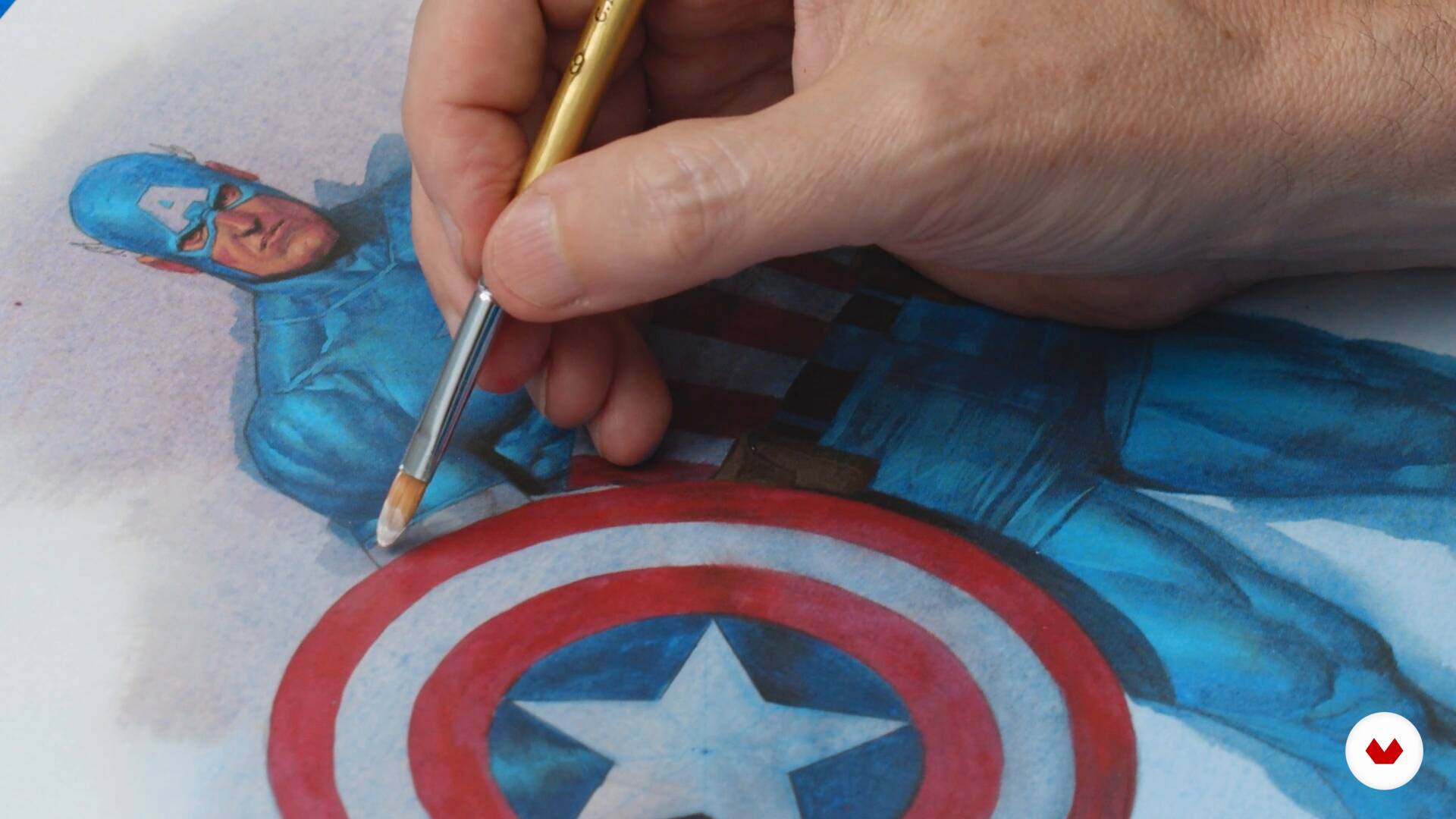
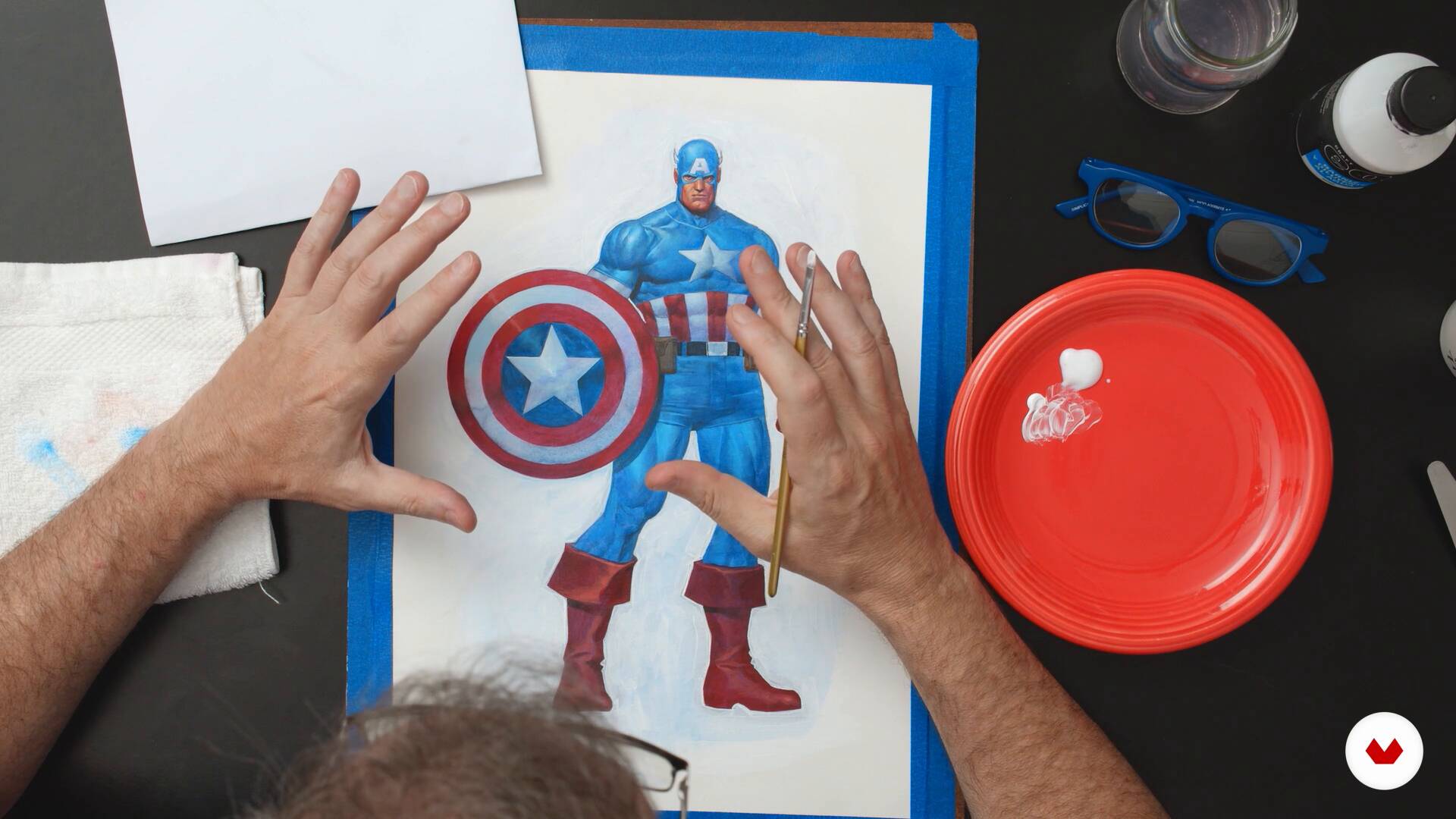
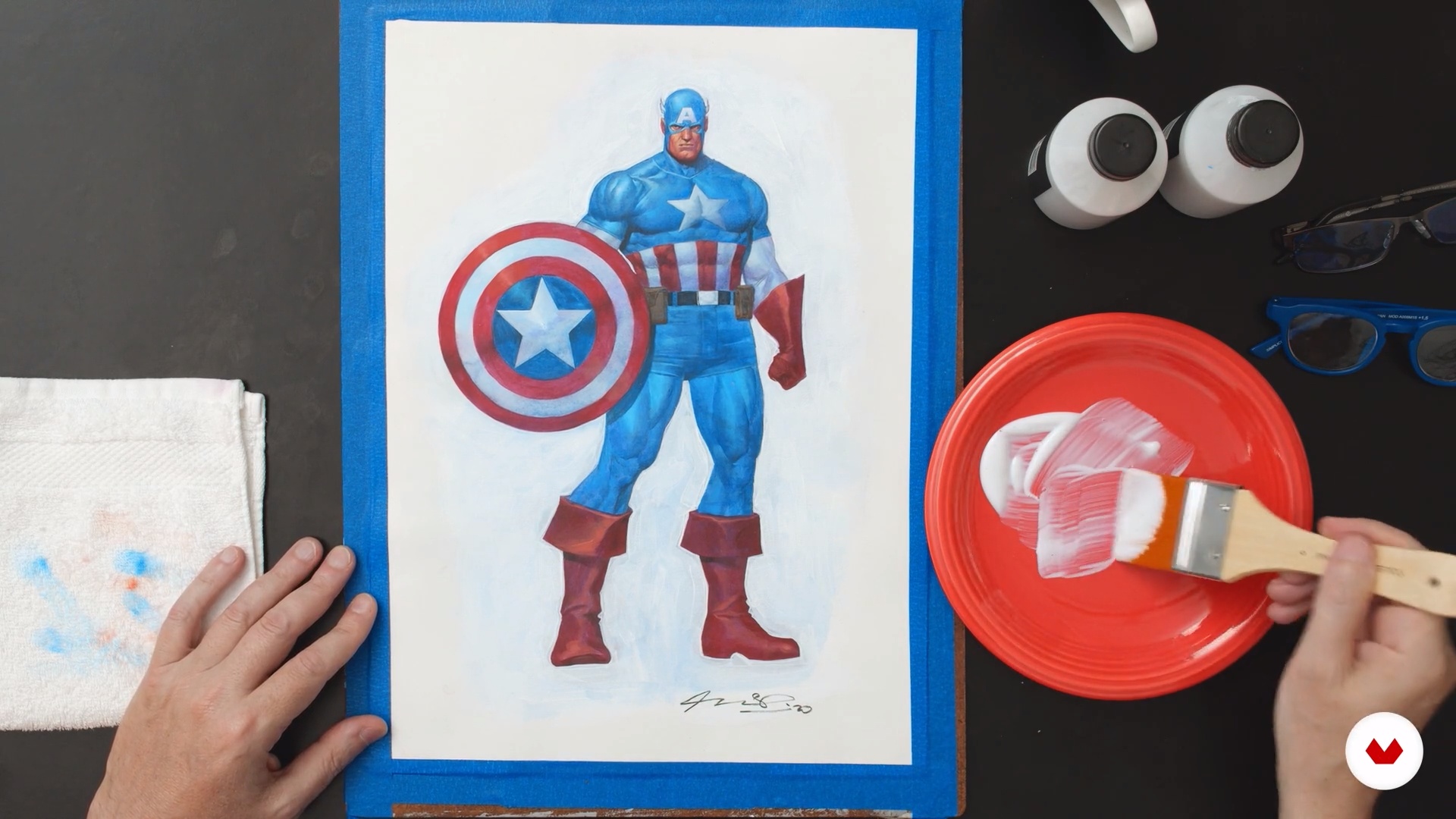
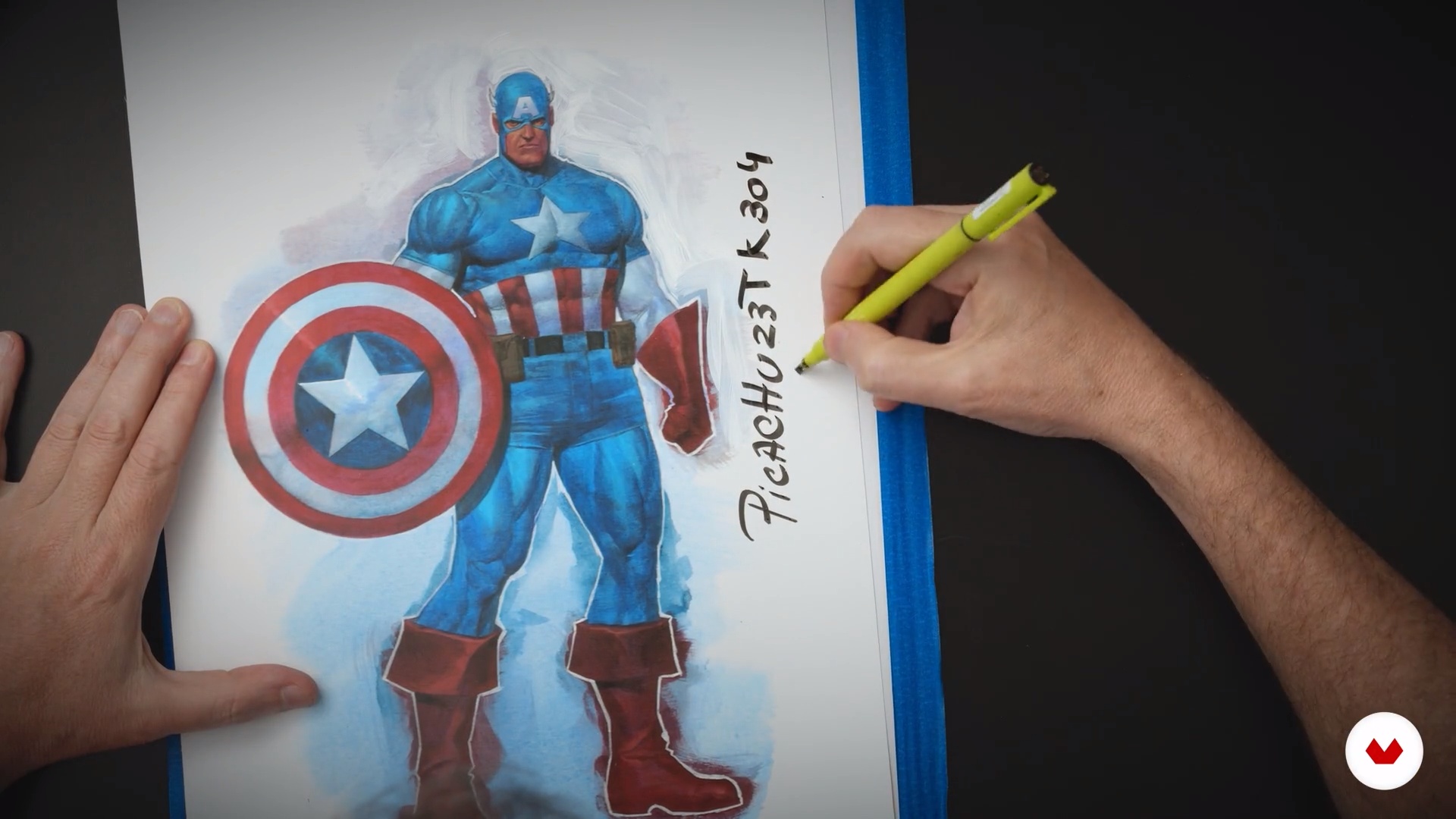
- 17 students
- 73 lessons (14h 4m)
- 95 additional resources (26 files)
- Online and at your own pace
- Audio: Spanish, German, English, Spanish (Latam), French, Italian, Dutch, Polish, Portuguese, Turkish
- Spanish · English · Portuguese · German · French · Italian · Polish · Dutch · Turkish
- Level: Beginner
- Unlimited access forever
What is this course's project?
You will create a cohesive series of acrylic illustrations, integrating landscapes, natural elements, and characters into your own narrative universe. You will develop sketches, detailed compositions, and apply advanced painting techniques, culminating in a standout piece for your portfolio.
Who is this specialization for?
Illustrators, visual artists, and designers who wish to master acrylic painting as an expressive medium will find this specialization a unique opportunity to develop their creativity. Ideal for those seeking to expand their skills in contemporary acrylic illustration techniques.
Requirements and materials
An interest in acrylic painting and basic drawing skills are required. A variety of brushes, a canvas, quality acrylics, and a palette for mixing colors are recommended. Extensive experience is not necessary, just a willingness to experiment and learn new techniques.
What to expect from this specialization course
-
Learn at your own pace
Enjoy learning from home without a set schedule and with an easy-to-follow method. You set your own pace.
-
Learn from the best professionals
Learn valuable methods and techniques explained by top experts in the creative sector.
-
Meet expert teachers
Each expert teaches what they do best, with clear guidelines, true passion, and professional insight in every lesson.
-
Certificates
PlusIf you're a Plus member, get a custom certificate for every specialization course. Share it on your portfolio, social media, or wherever you like.
-
Get front-row seats
Videos of the highest quality, so you don't miss a single detail. With unlimited access, you can watch them as many times as you need to perfect your technique.
-
Share knowledge and ideas
Ask questions, request feedback, or offer solutions. Share your learning experience with other students in the community who are as passionate about creativity as you are.
-
Connect with a global creative community
The community is home to millions of people from around the world who are curious and passionate about exploring and expressing their creativity.
-
Watch professionally produced courses
Domestika curates its teacher roster and produces every course in-house to ensure a high-quality online learning experience.
FAQs
What are Domestika's online courses?
Domestika courses are online classes that allow you to learn new skills and create incredible projects. All our courses include the opportunity to share your work with other students and/or teachers, creating an active learning community. We offer different formats:
Original Courses: Complete classes that combine videos, texts, and educational materials to complete a specific project from start to finish.
Basics Courses: Specialized training where you master specific software tools step by step.
Specialization Courses: Learning paths with various expert teachers on the same topic, perfect for becoming a specialist by learning from different approaches.
Guided Courses: Practical experiences ideal for directly acquiring specific skills.
Intensive Courses (Deep Dives): New creative processes based on artificial intelligence tools in an accessible format for in-depth and dynamic understanding.
When do the specialization courses start and when do they finish?
All specialization courses are 100% online, so once they're published, specialization courses start and finish whenever you want. You set the pace of the class. You can go back to review what interests you most and skip what you already know, ask questions, answer questions, share your projects, and more.
What do Domestika's specialization courses include?
The specialization courses are divided into different modules. Each one includes lessons, informational text, tasks, and practice exercises to help you carry out your project step by step, with additional complementary resources and downloads. You'll also have access to an exclusive forum where you can interact with other students, as well as share your work and your final project, creating a community around the specialization courses.
Have you been given a specialization courses?
You can redeem the specialization courses you received by accessing the redeeming page and entering your gift code.






